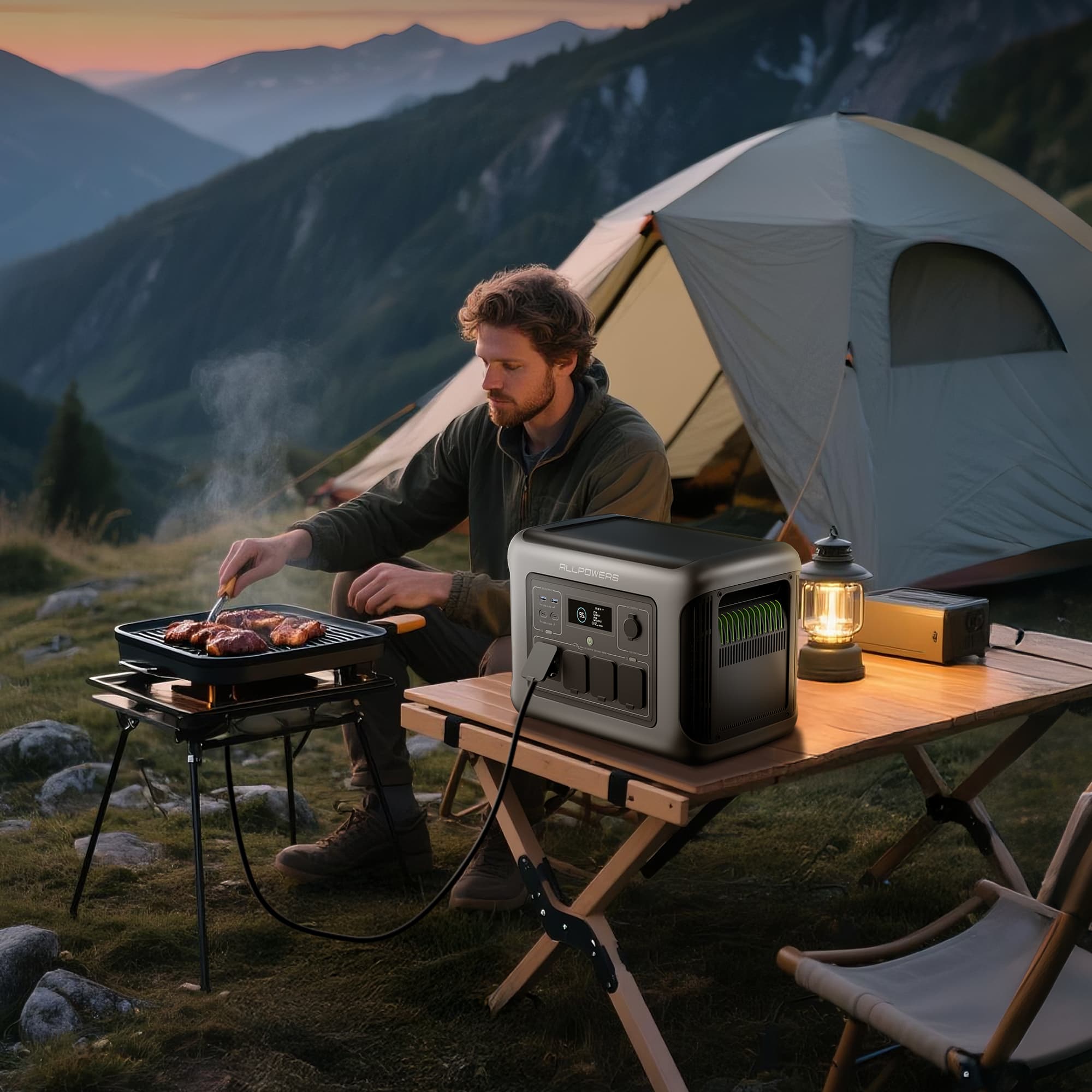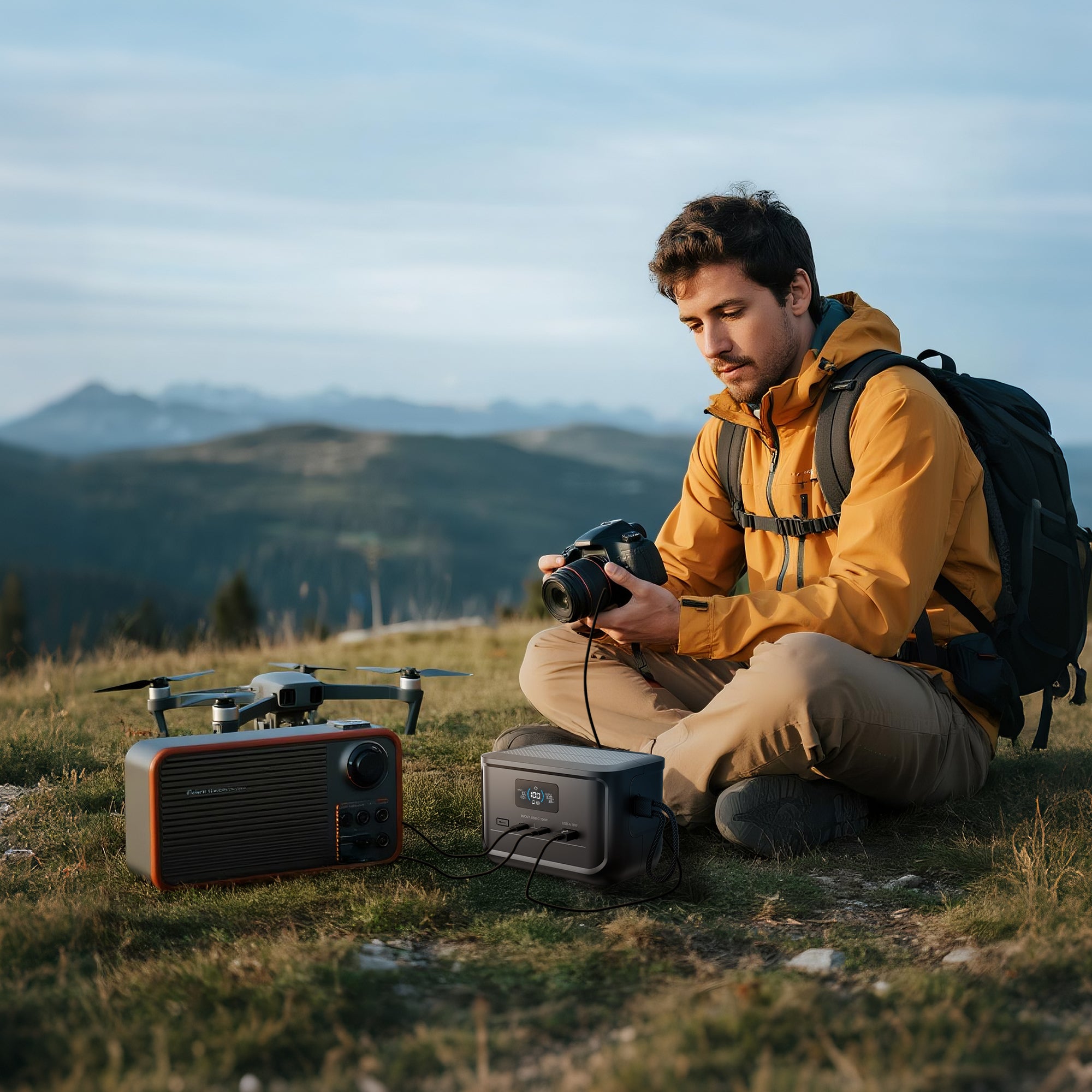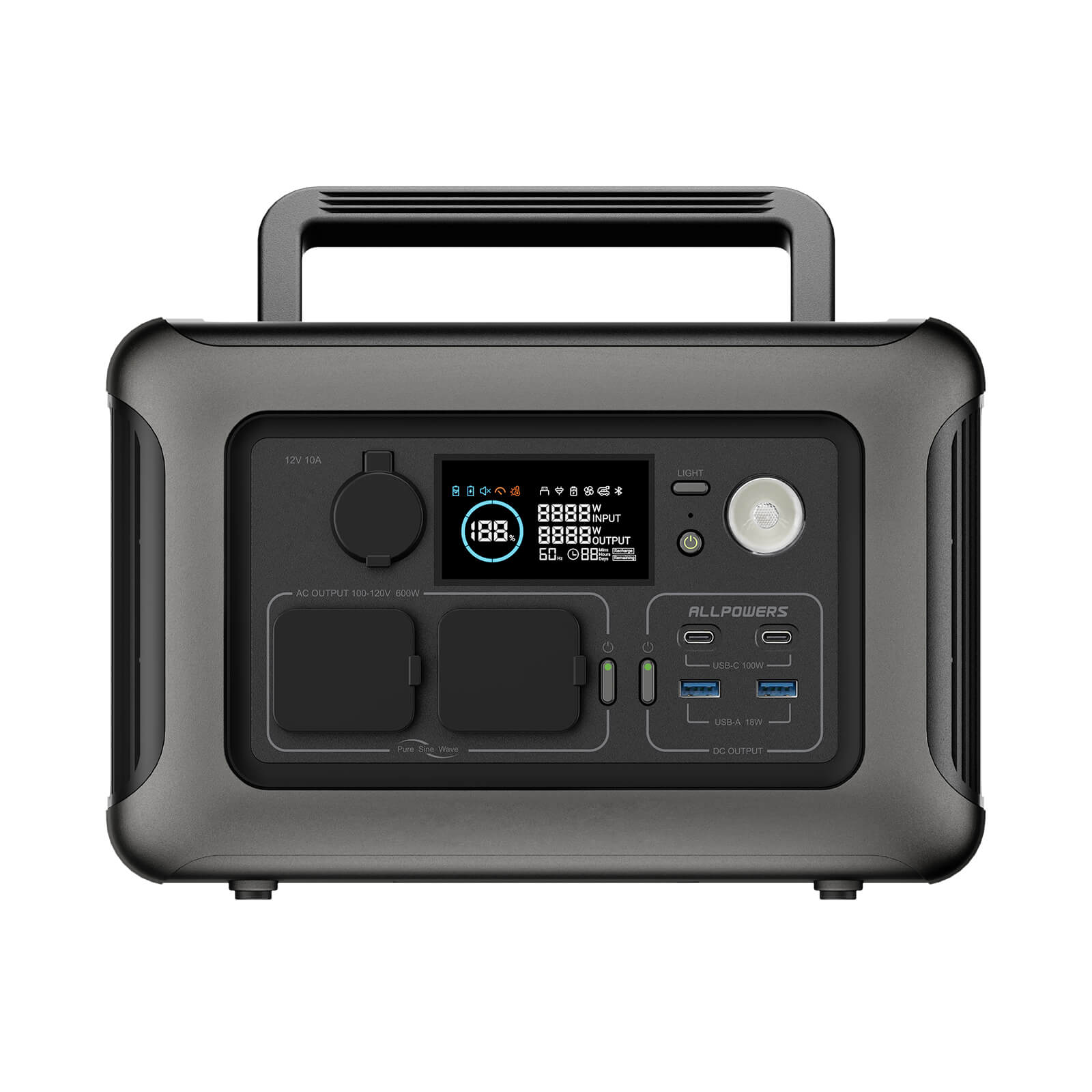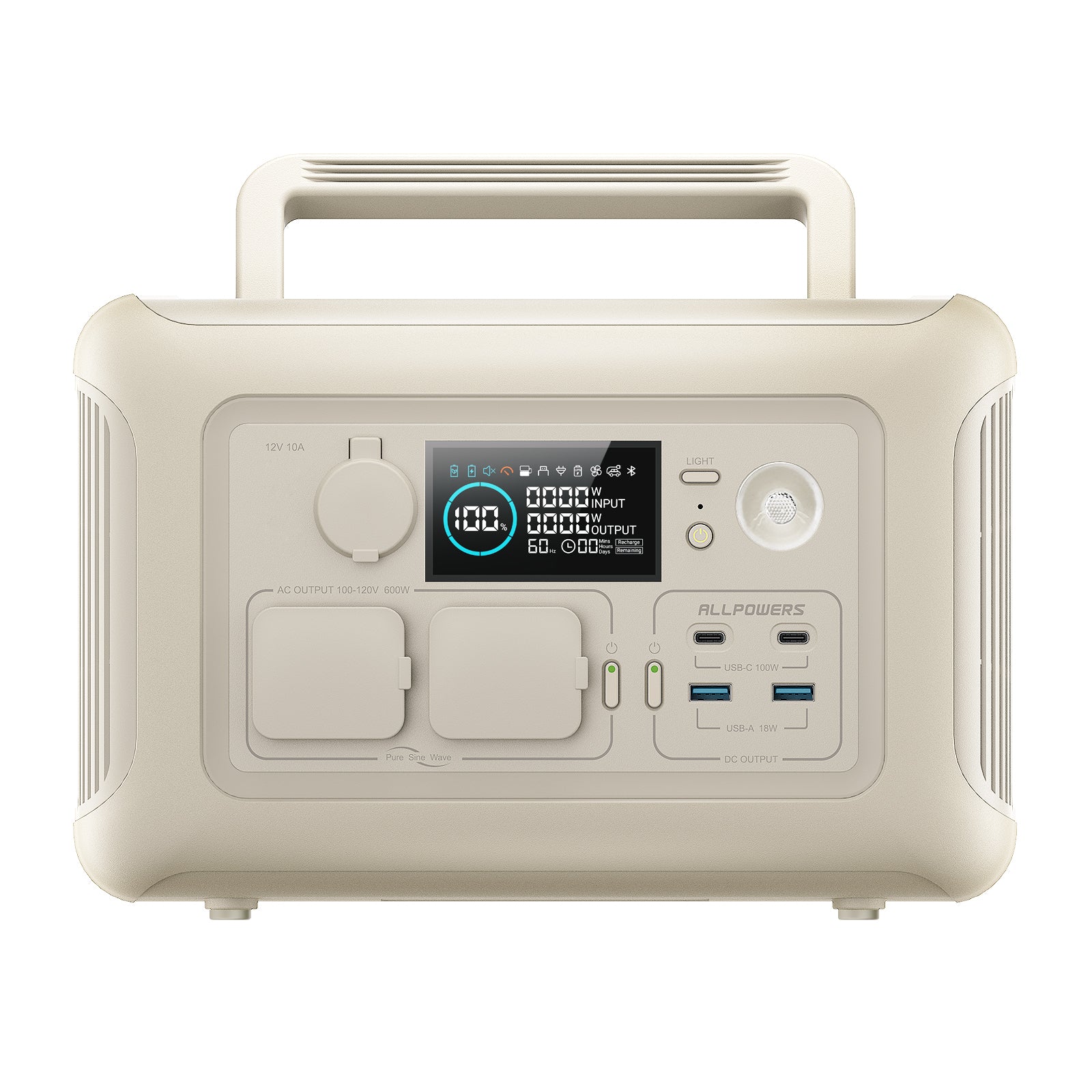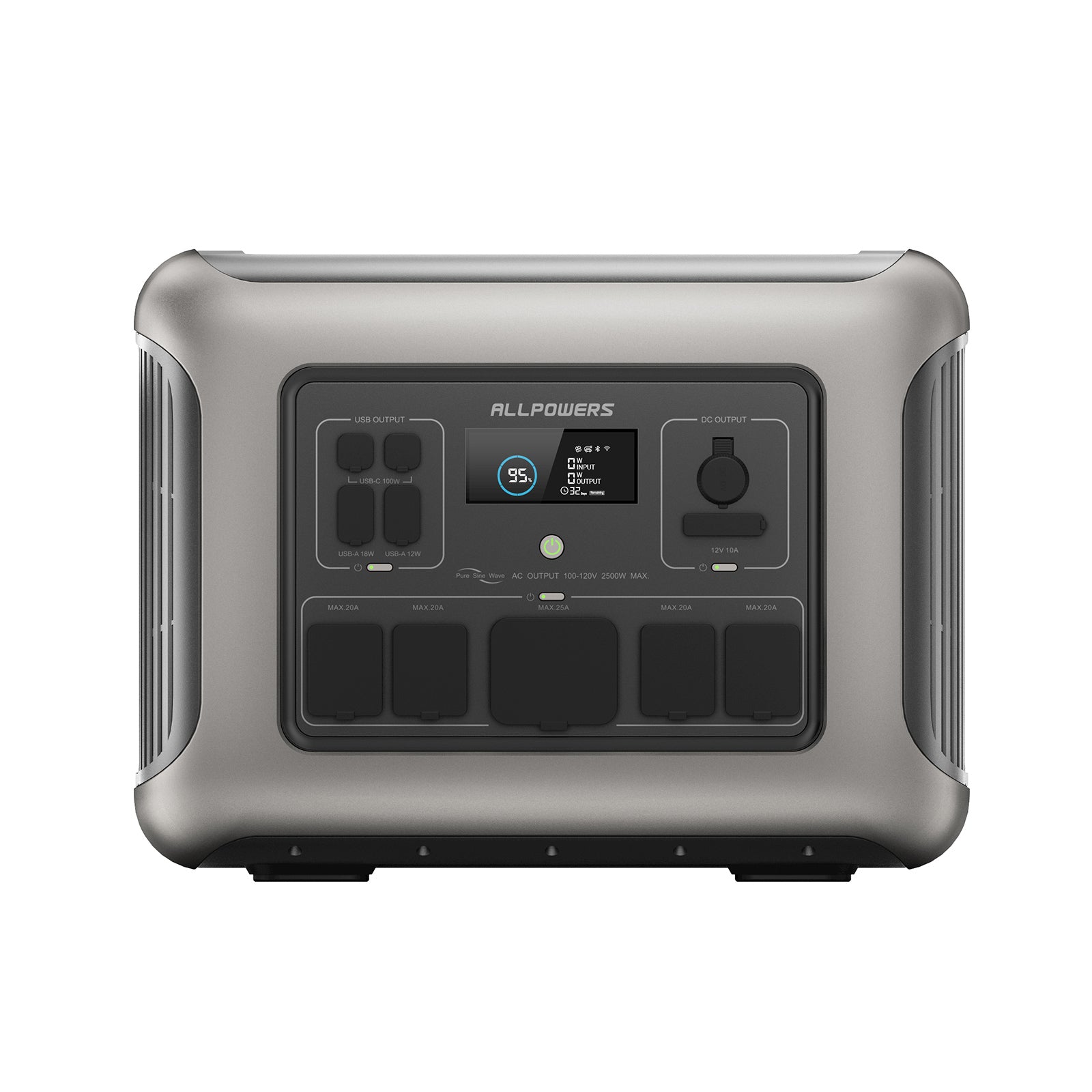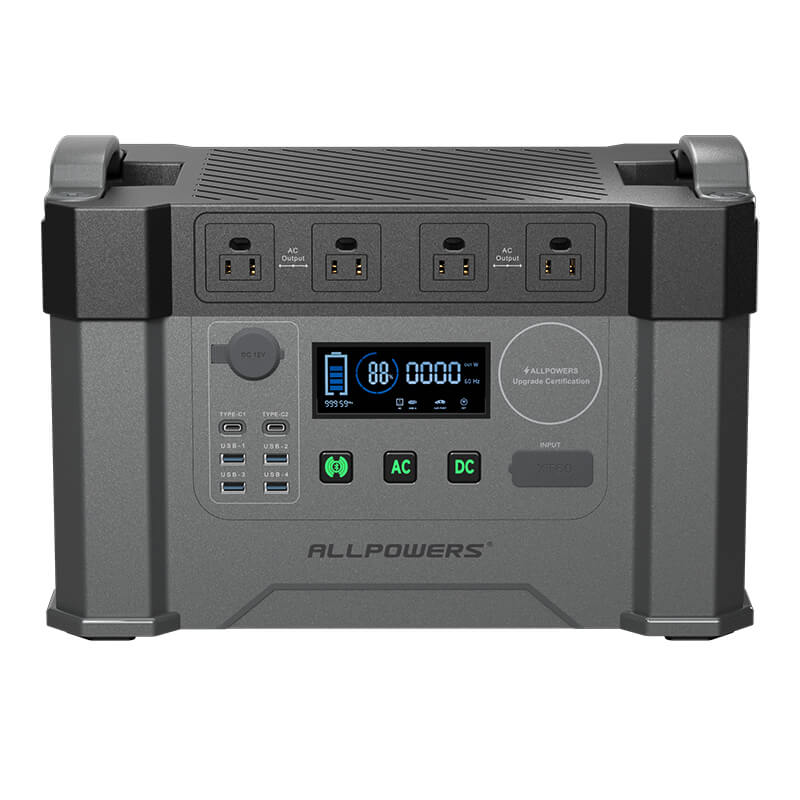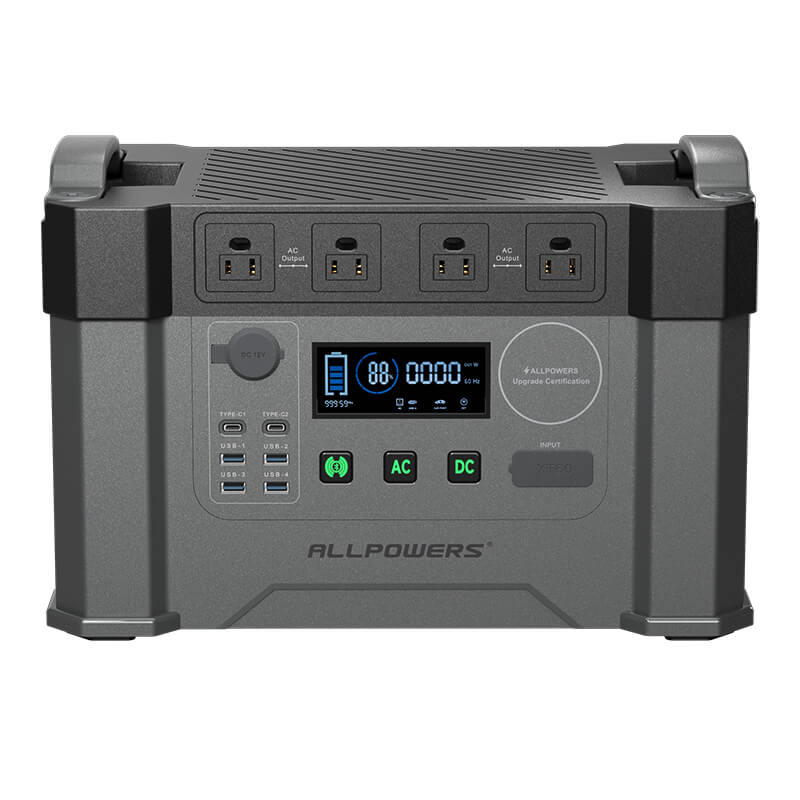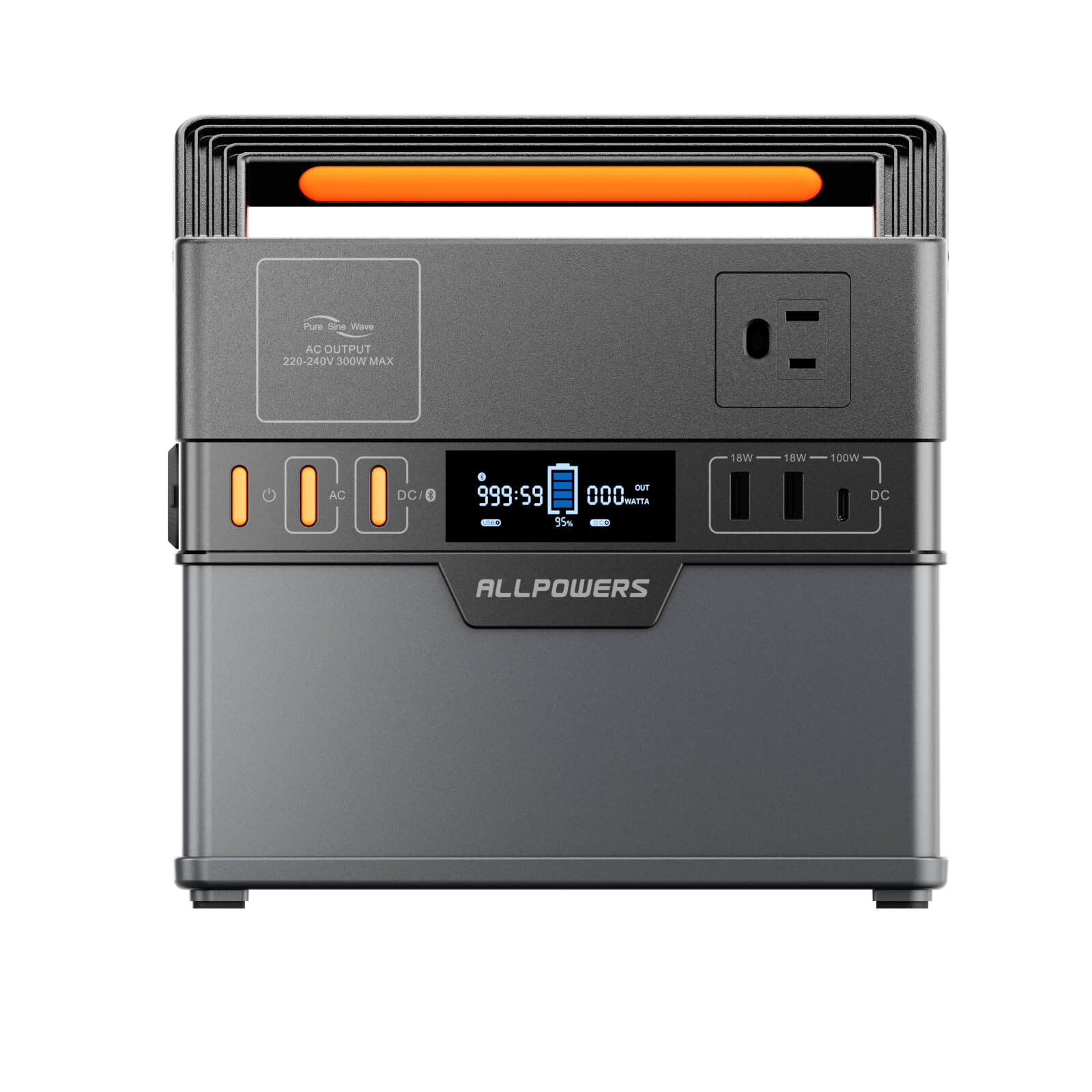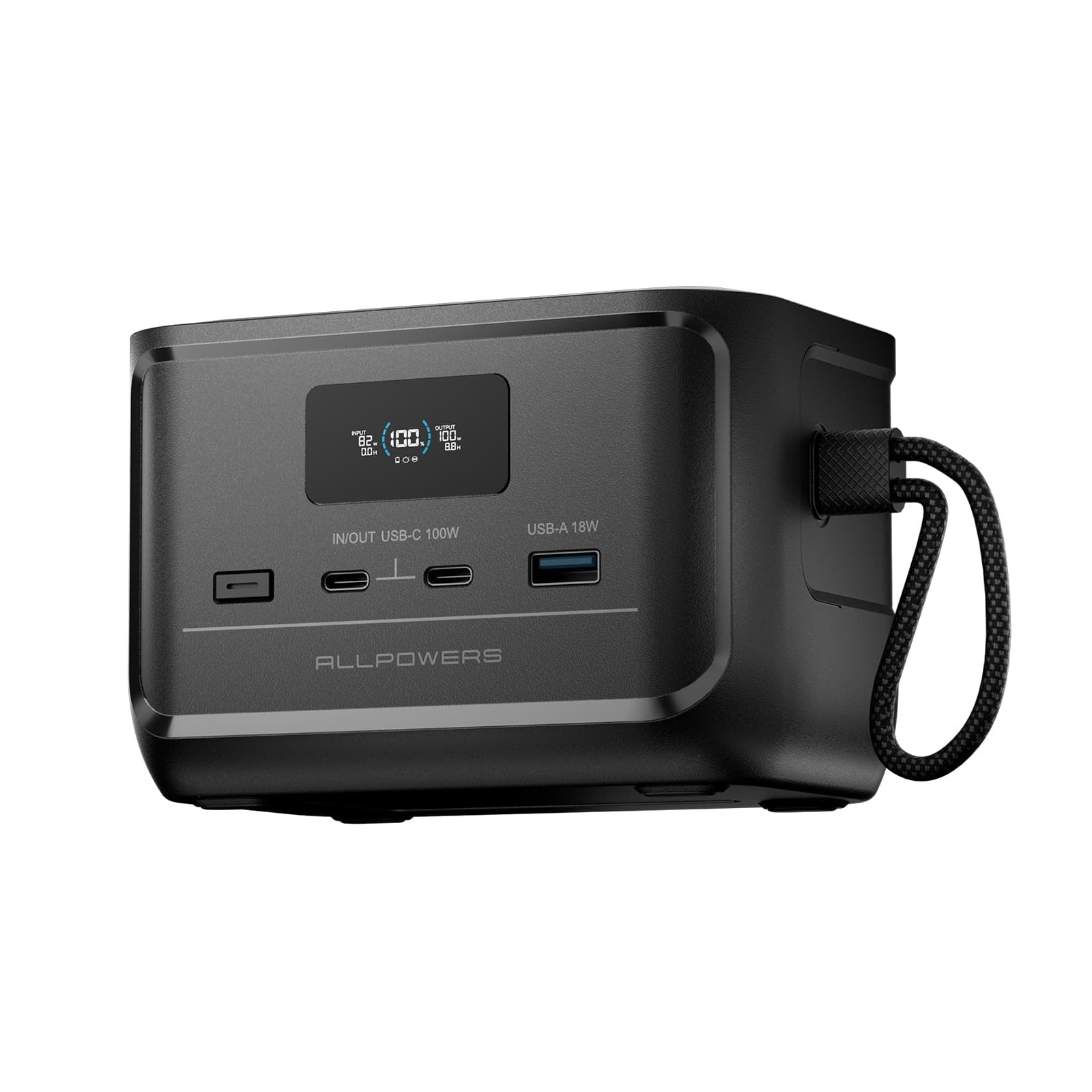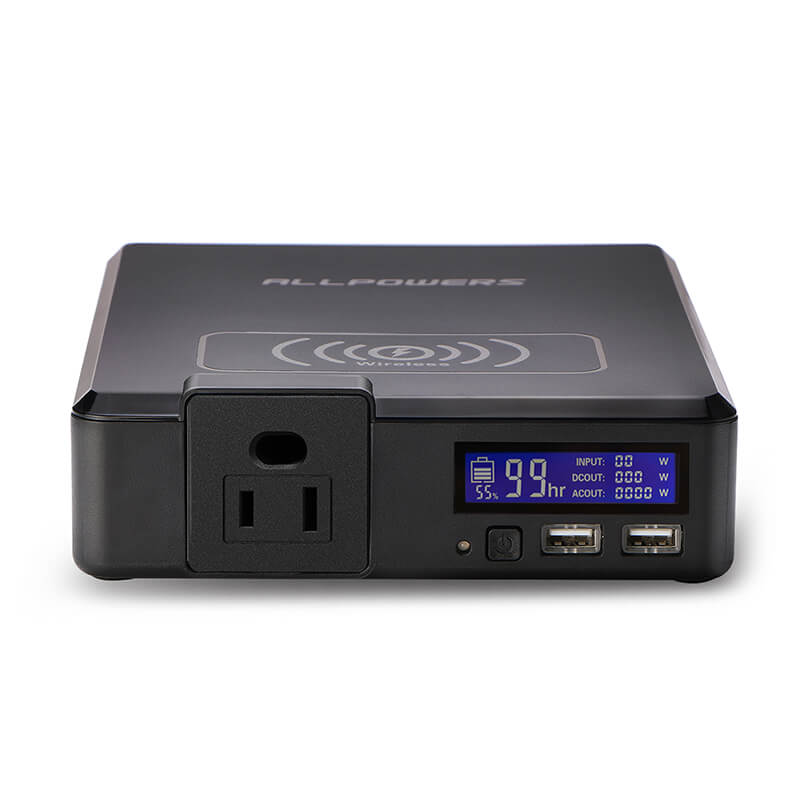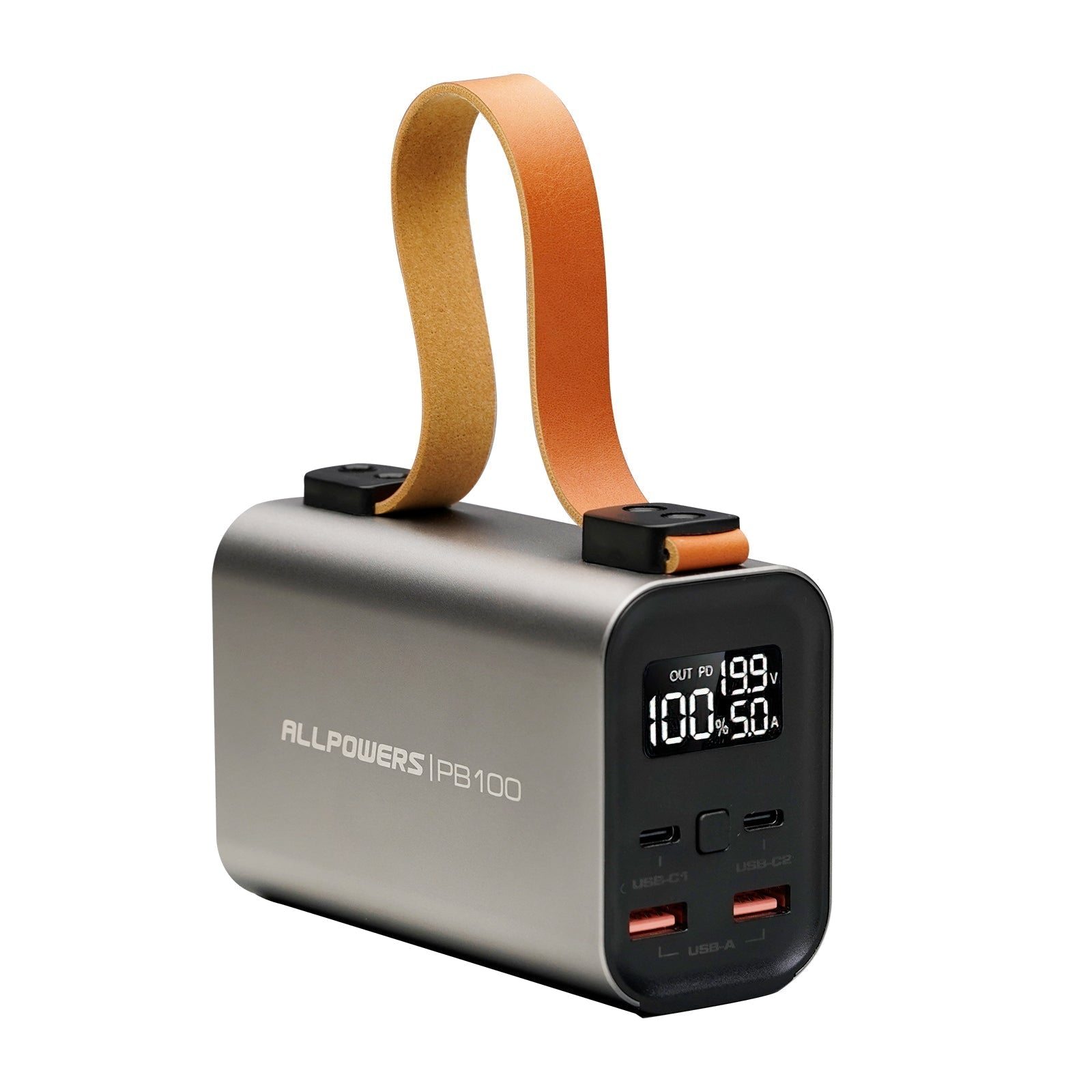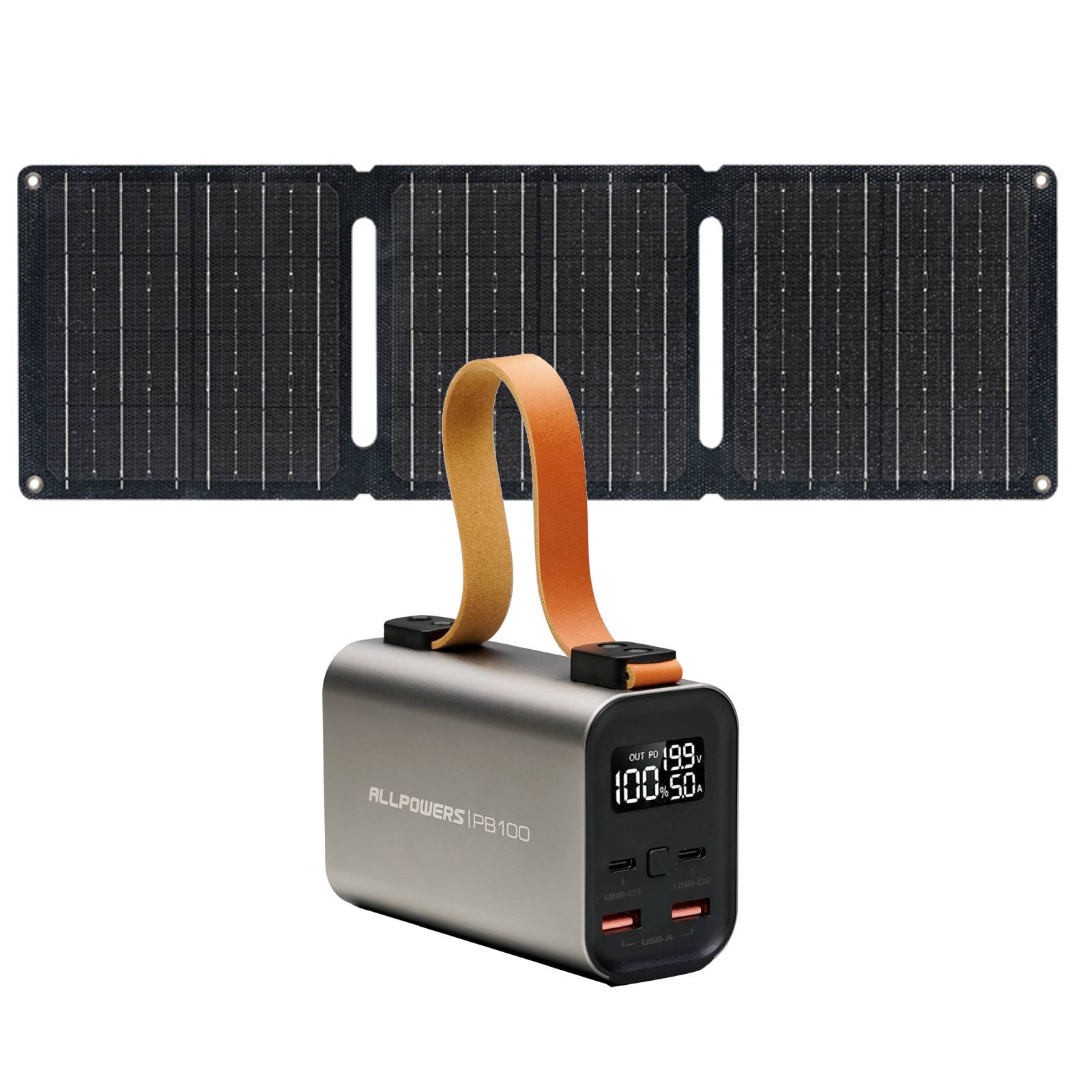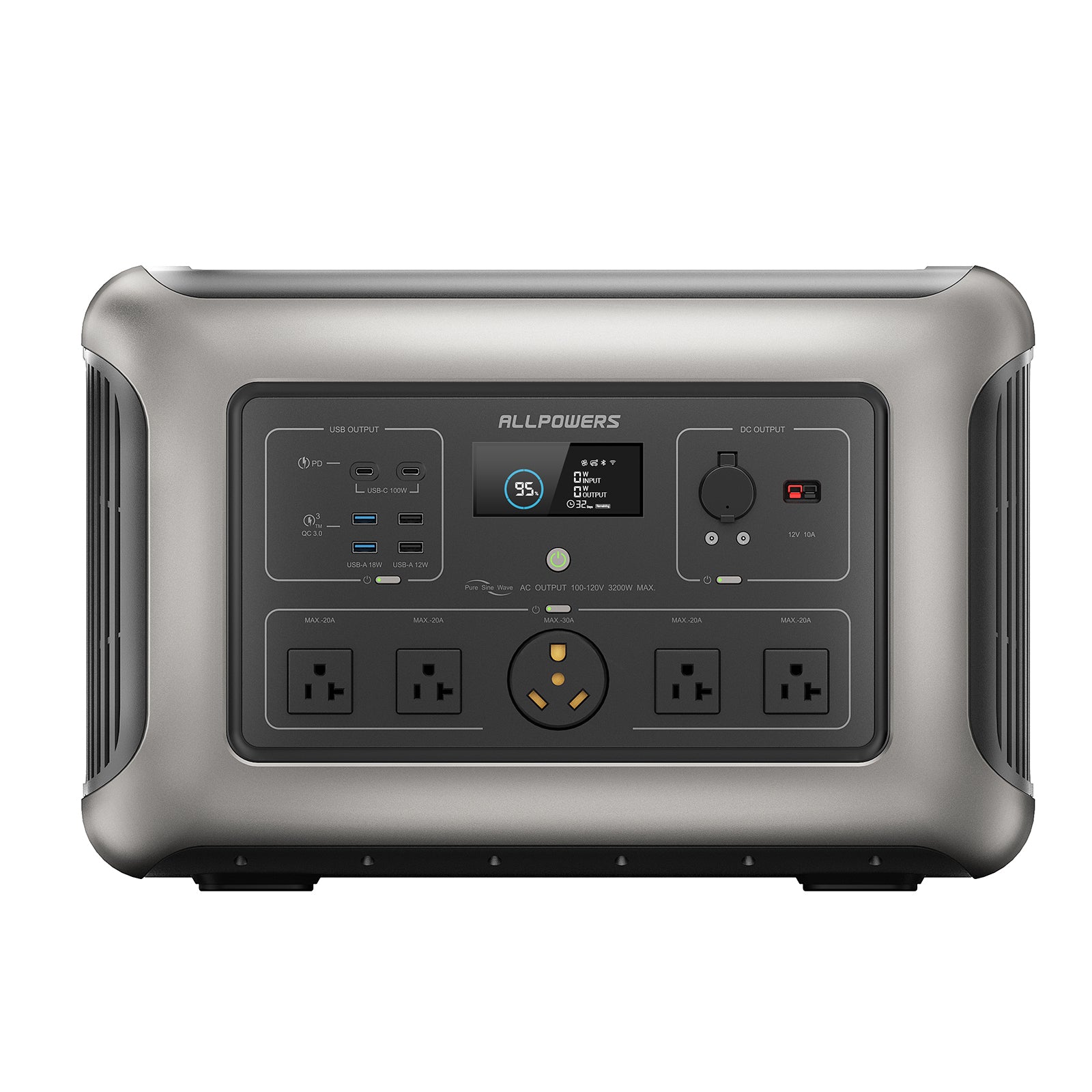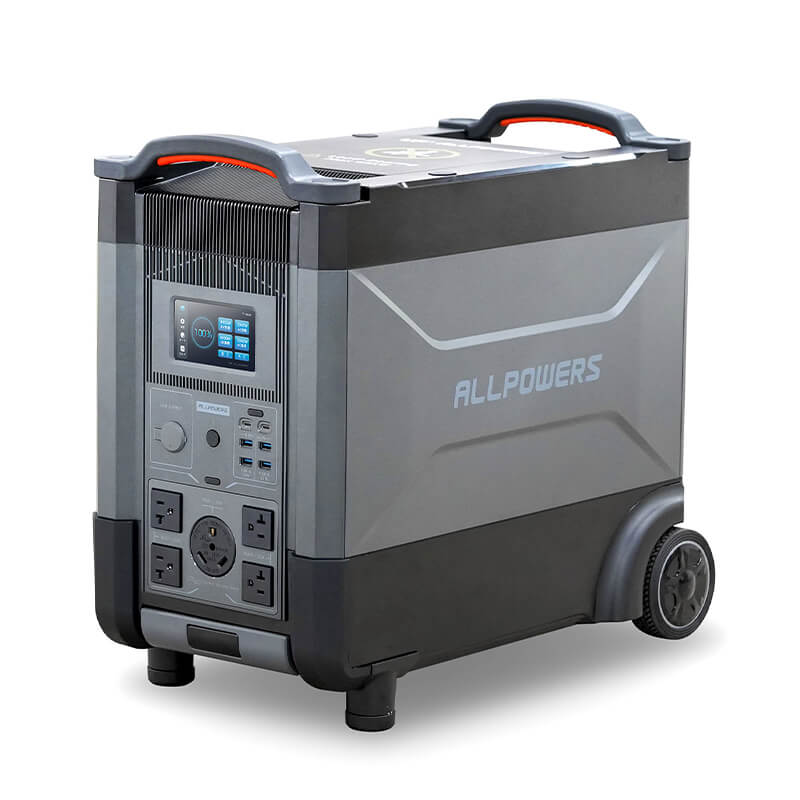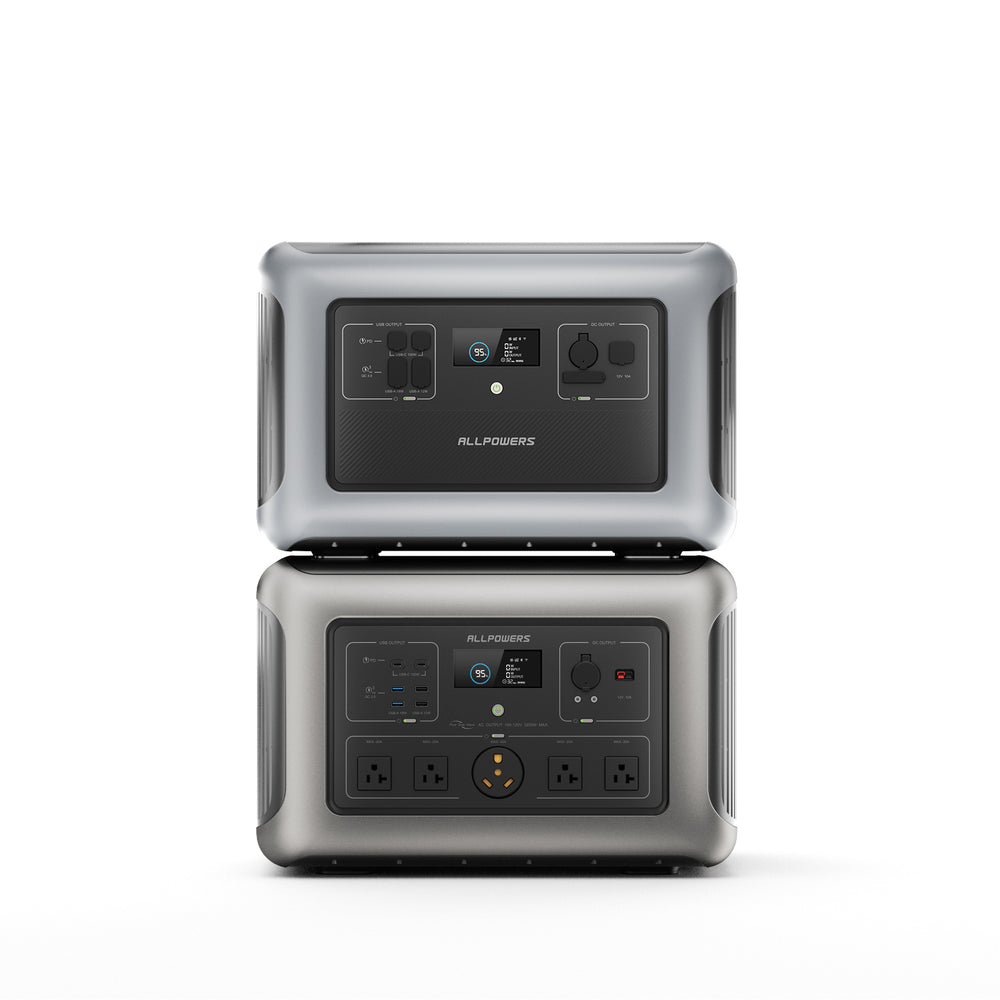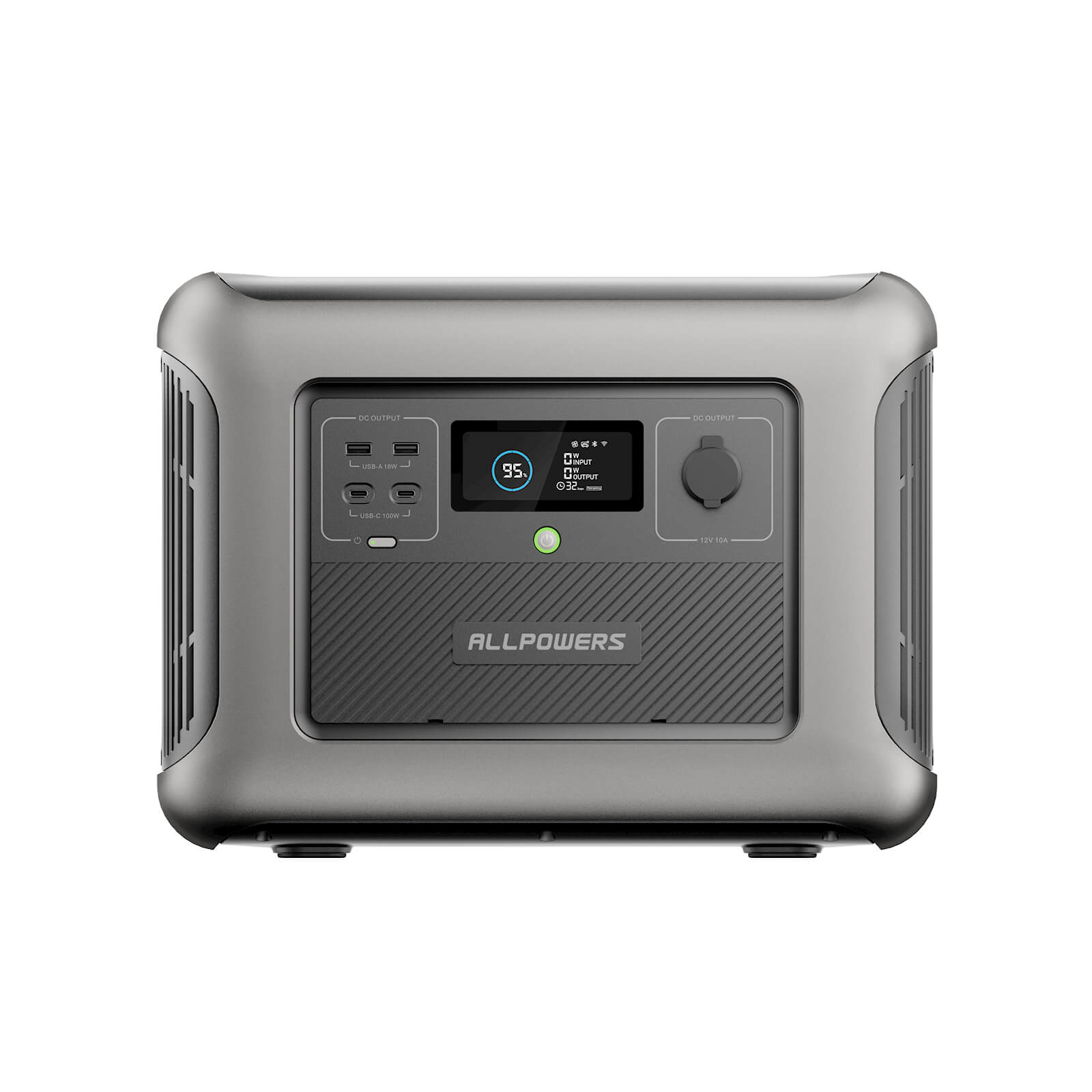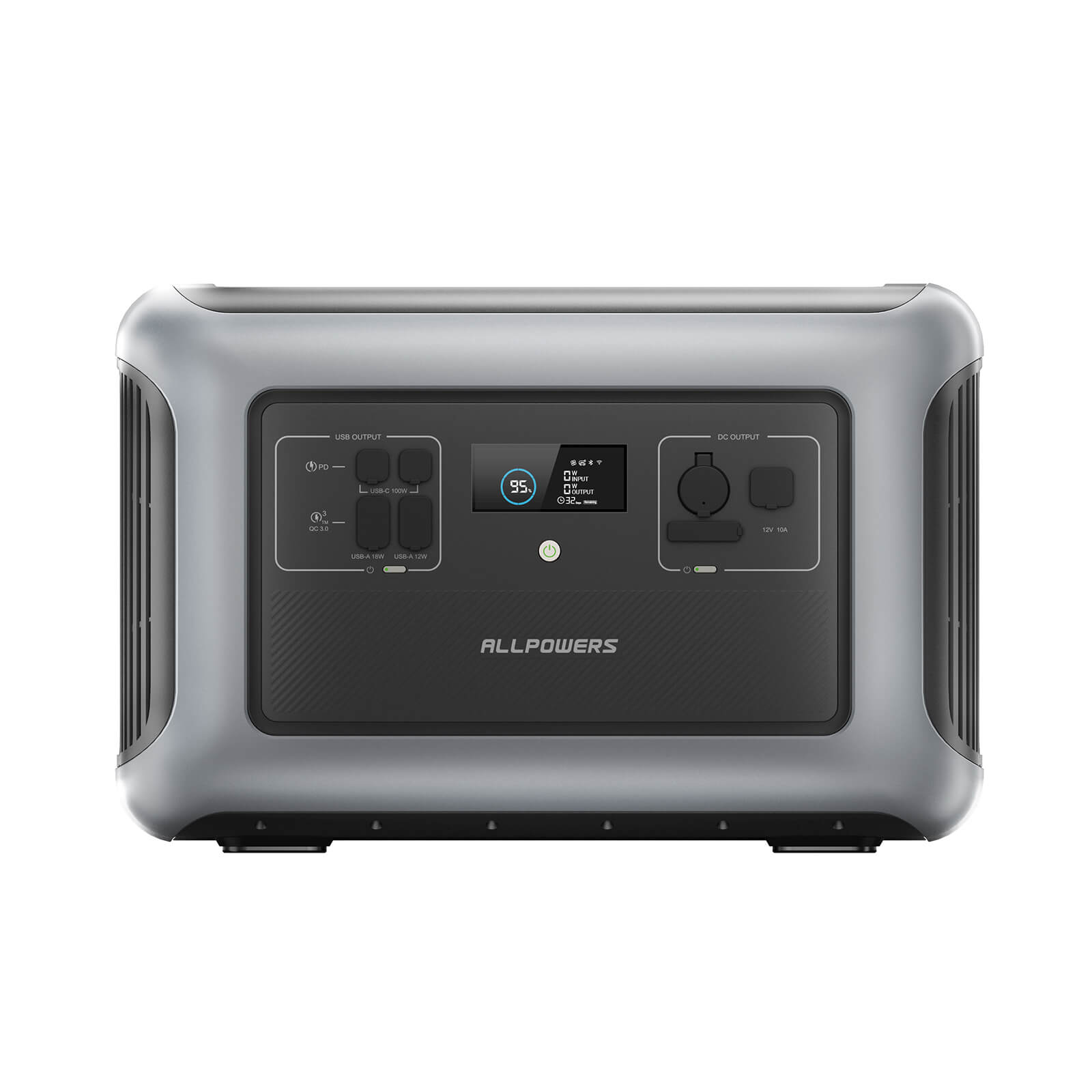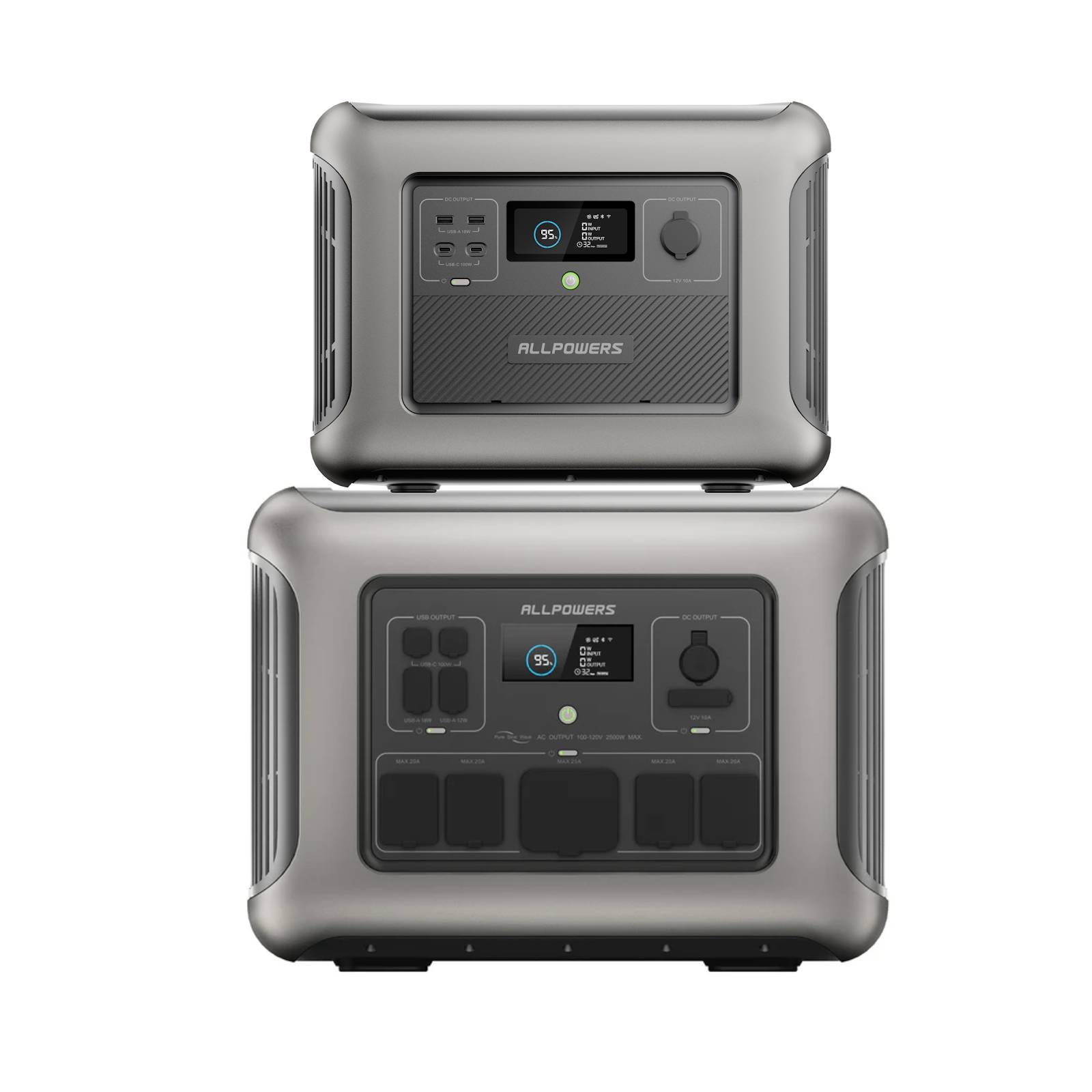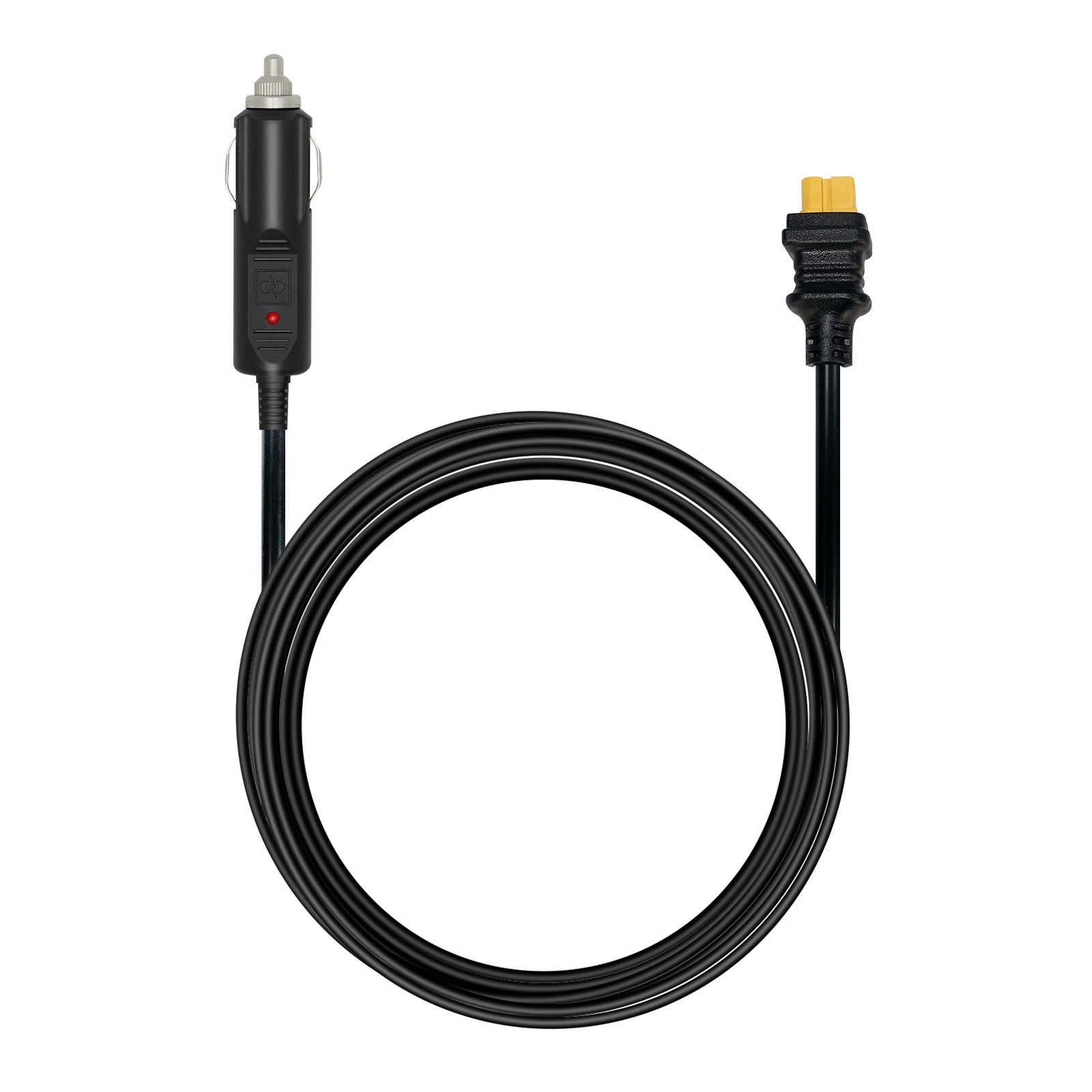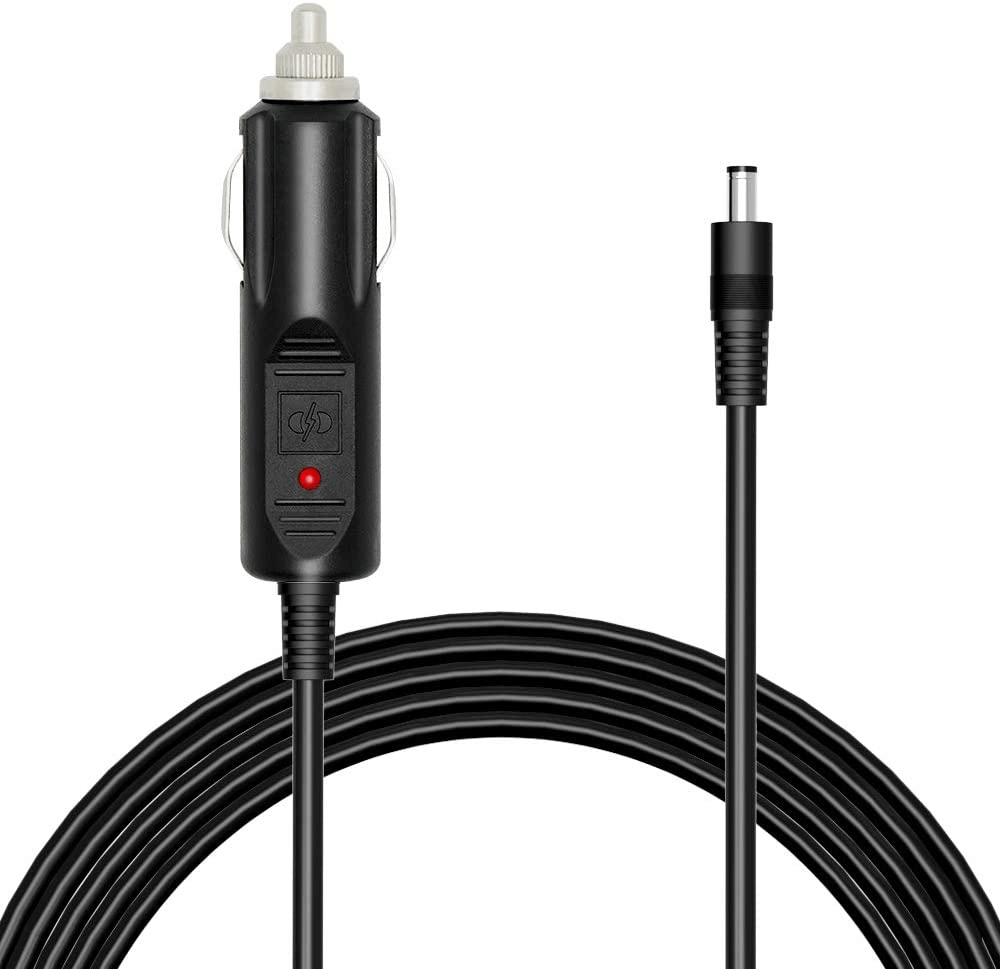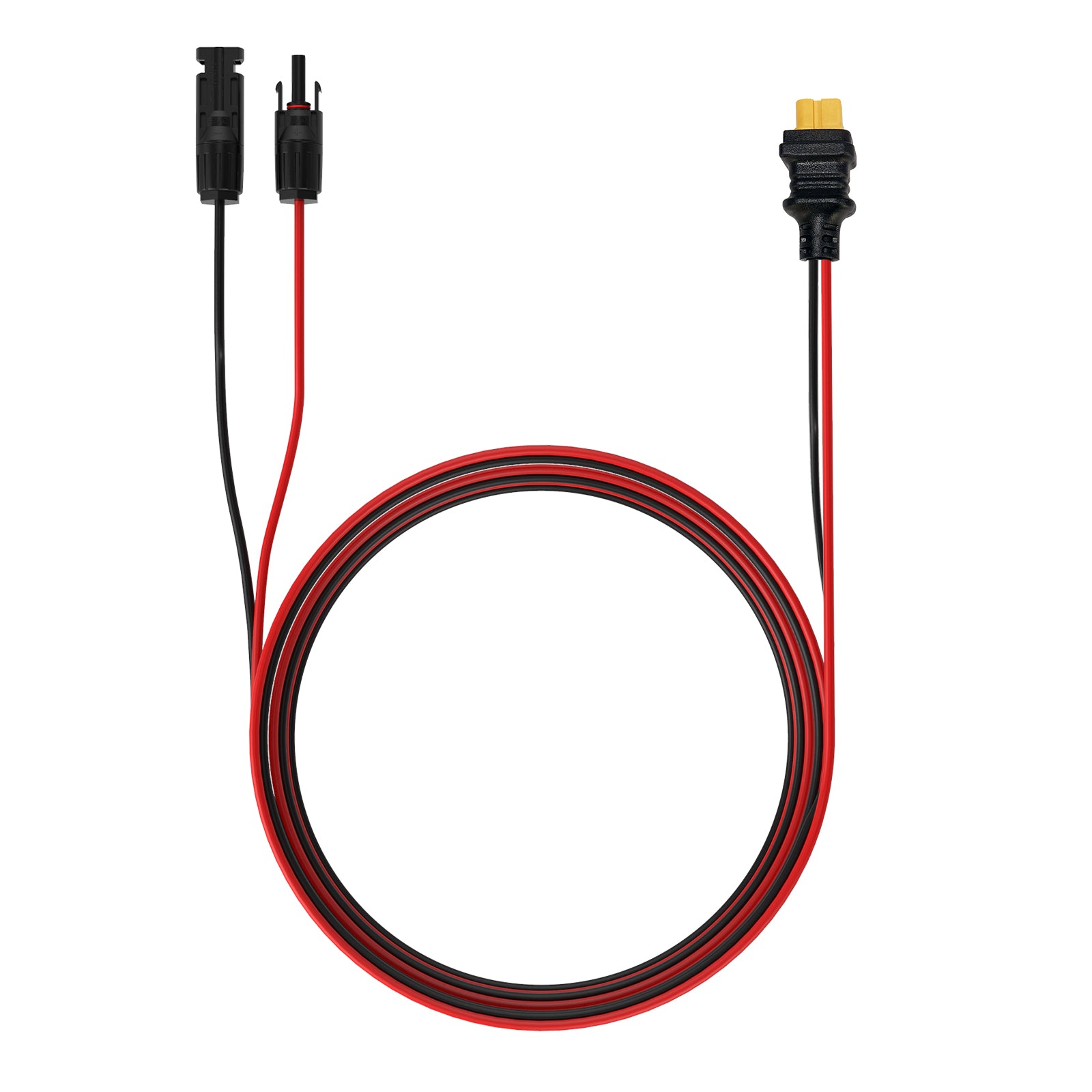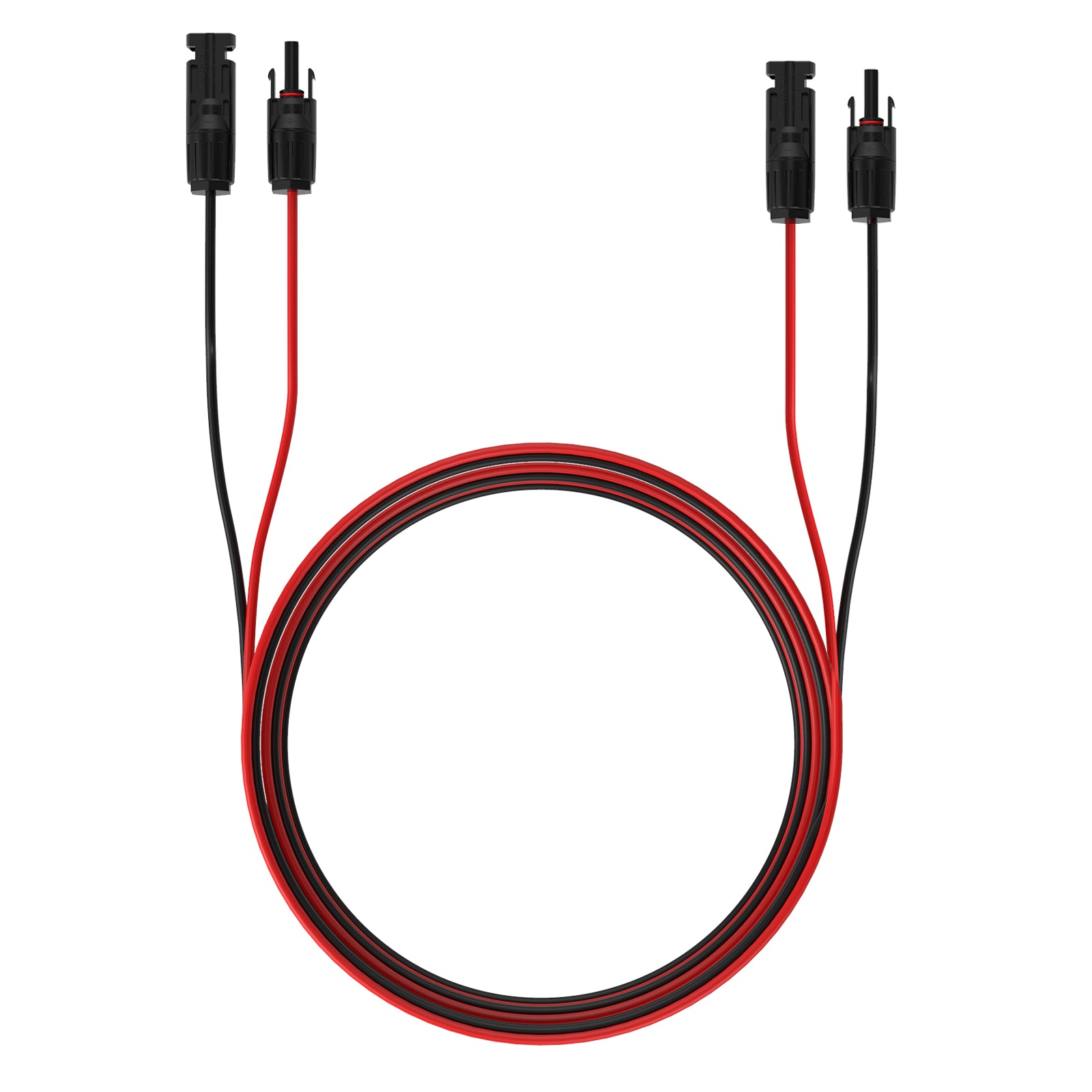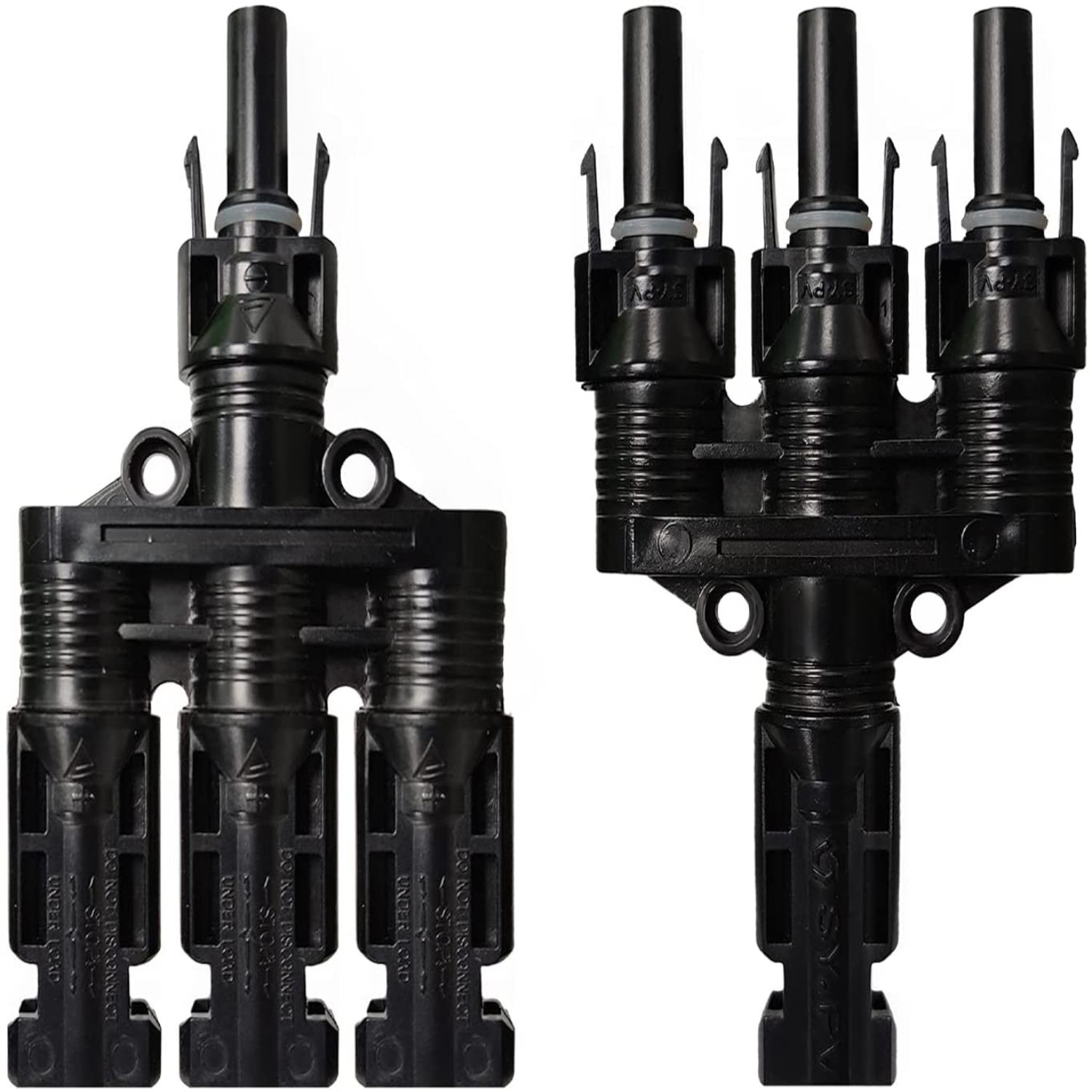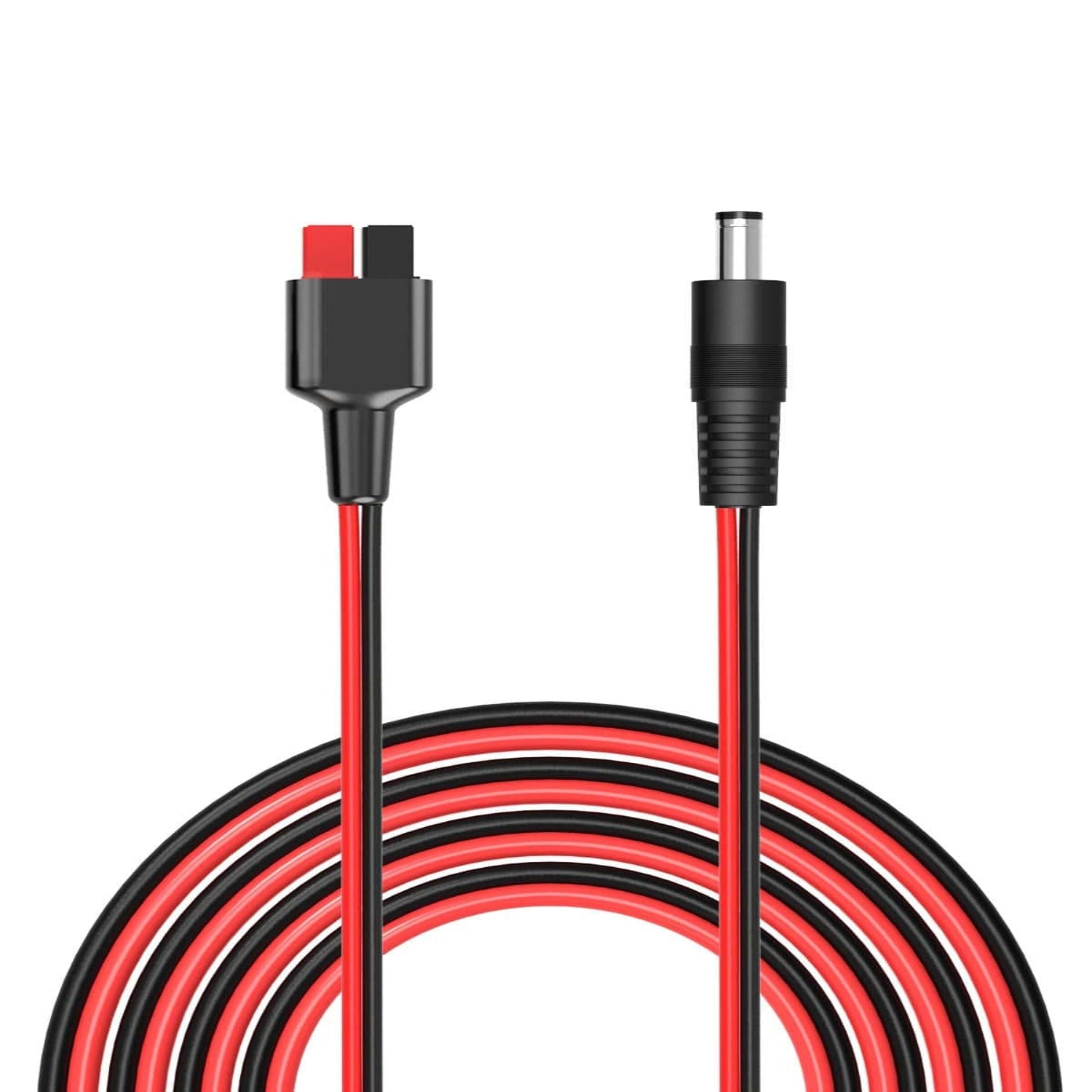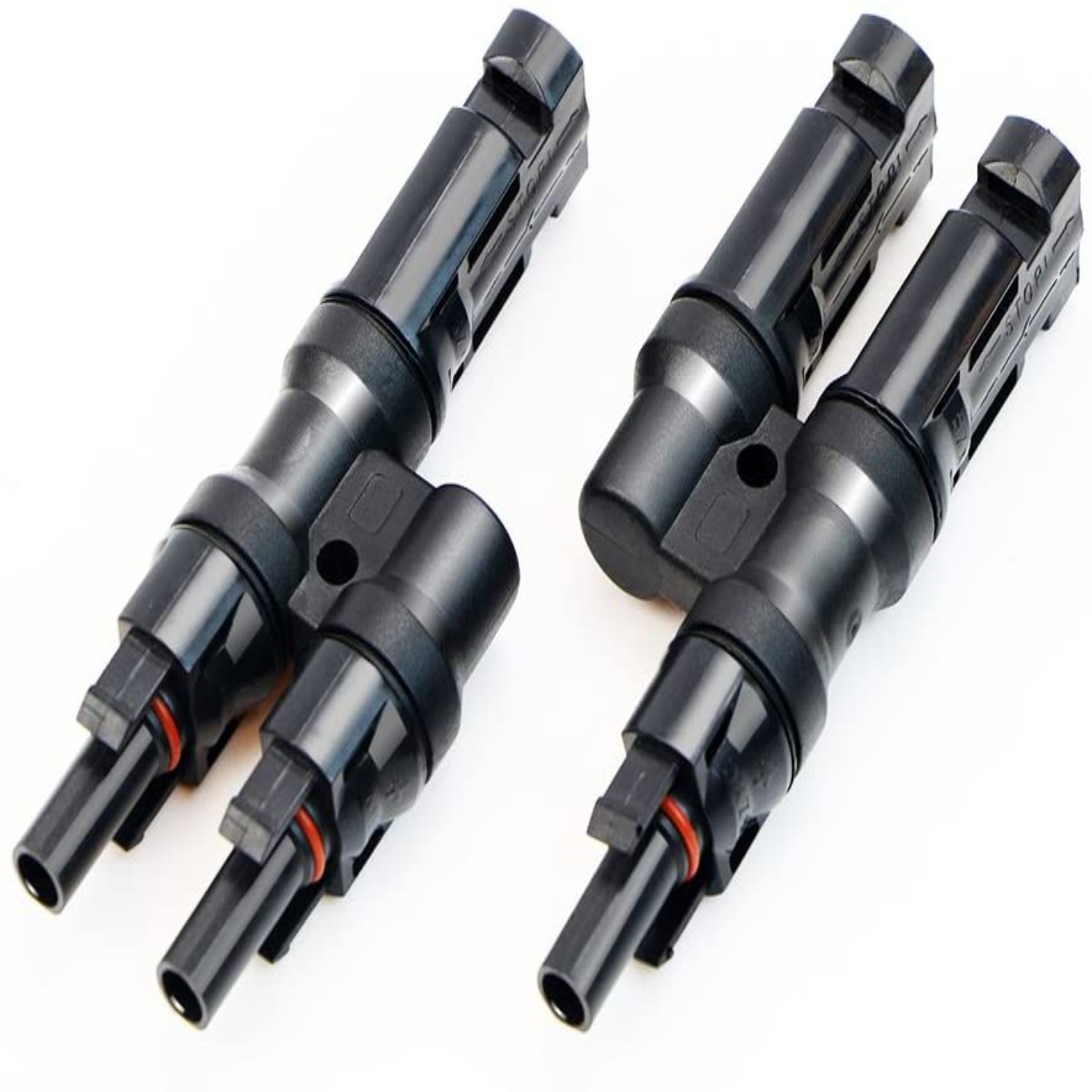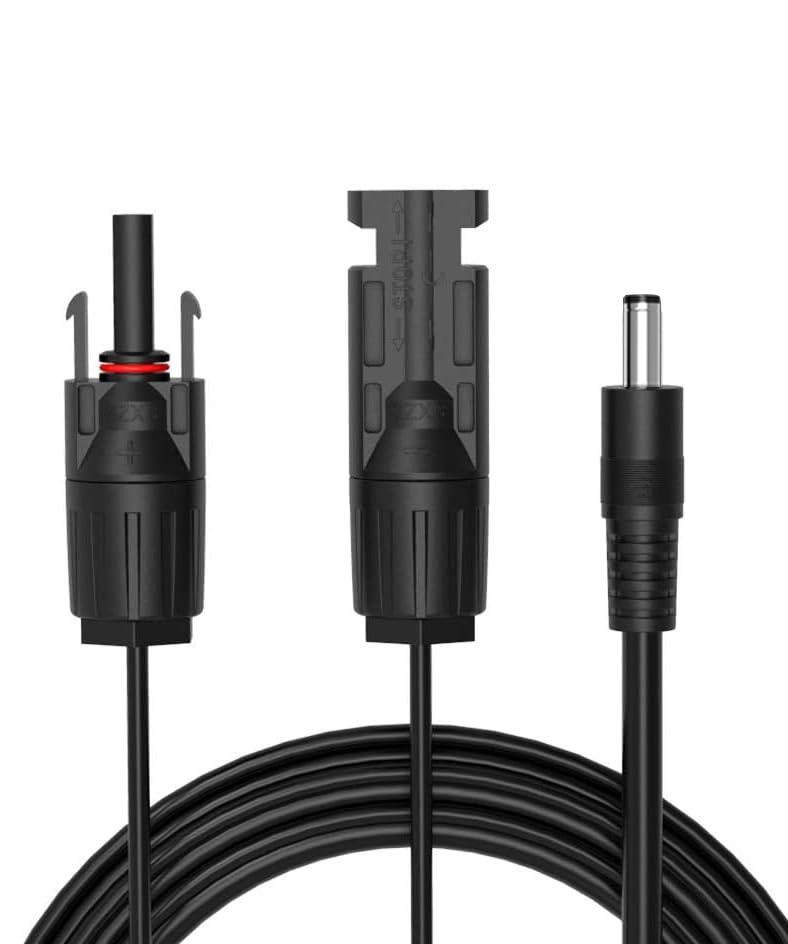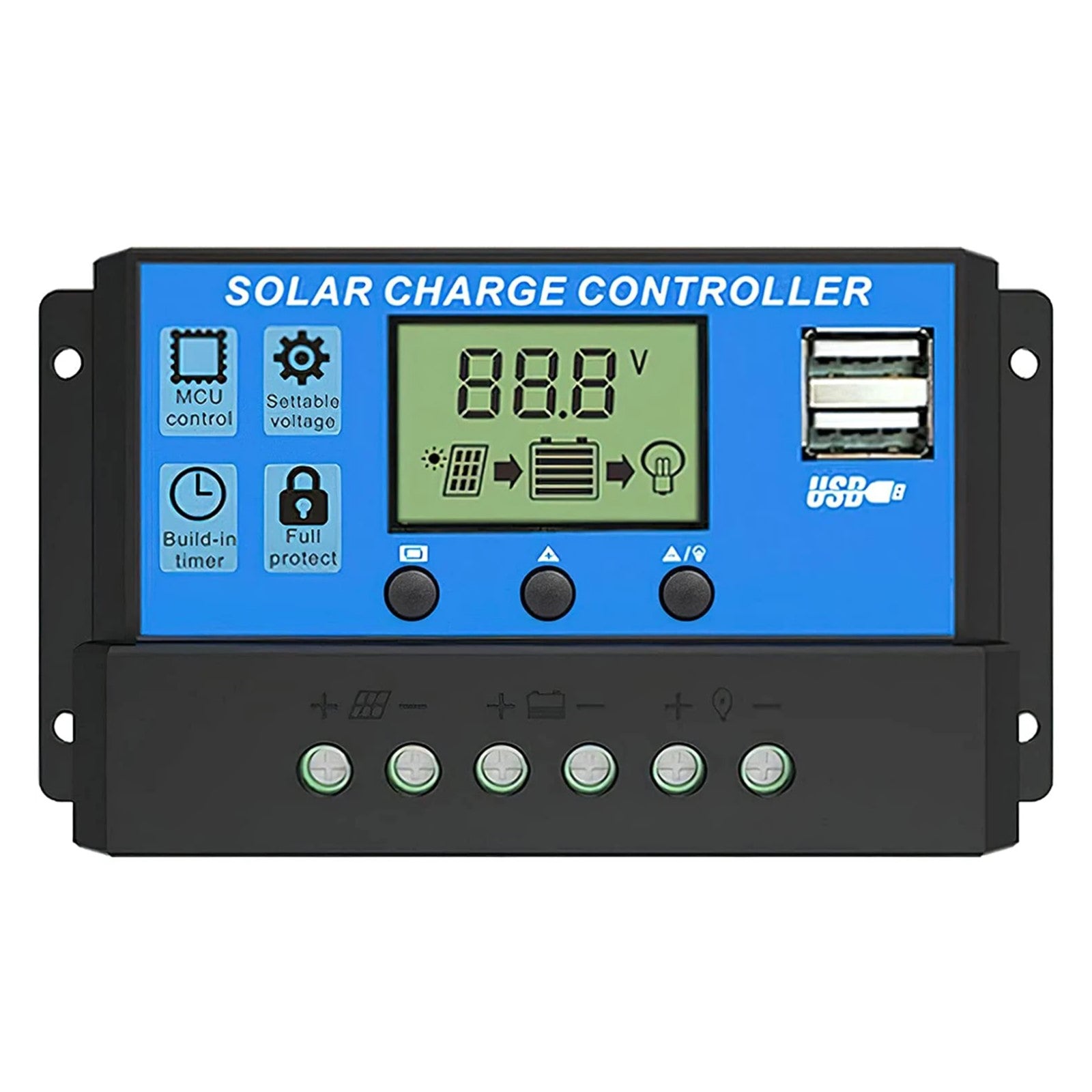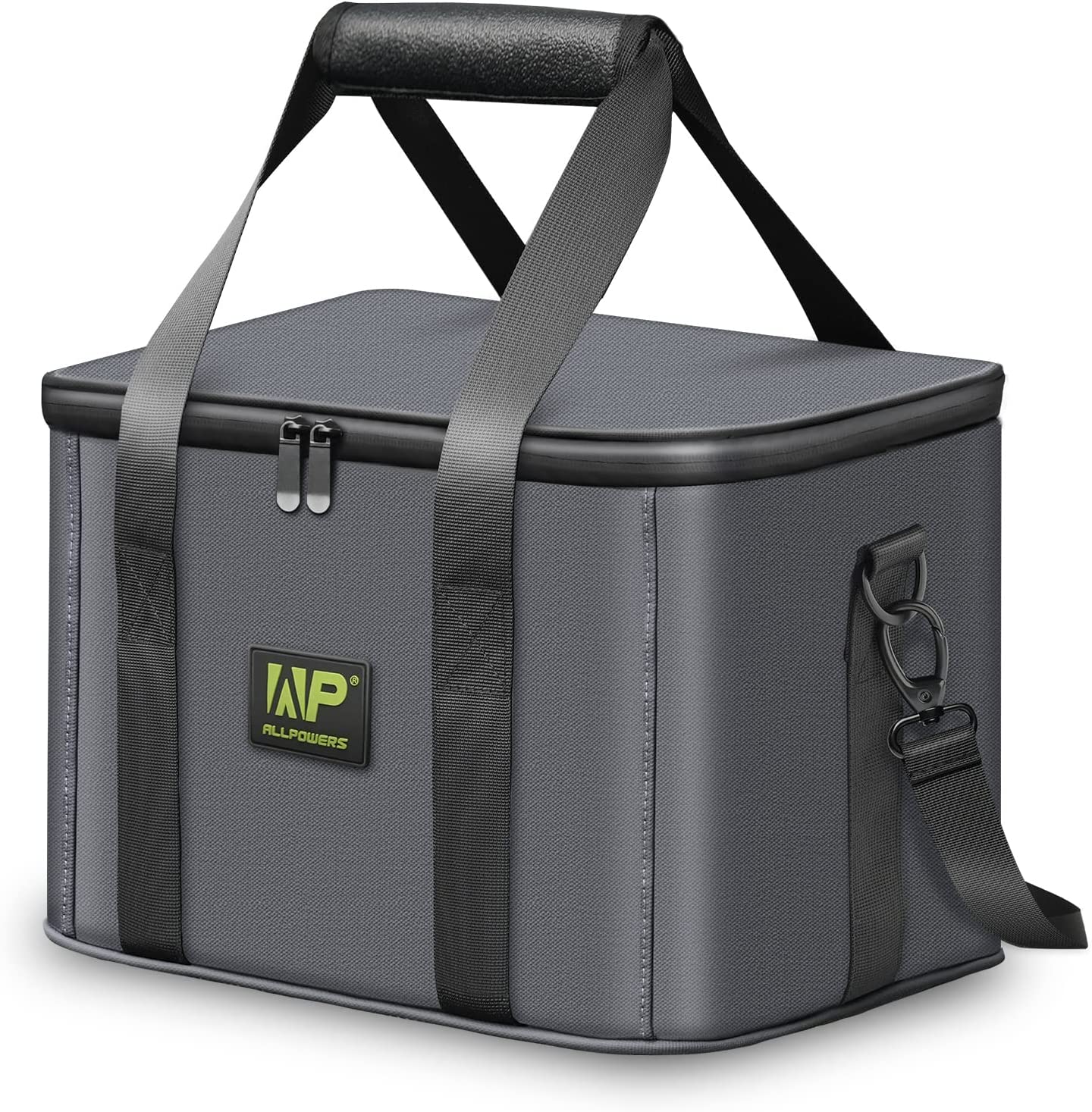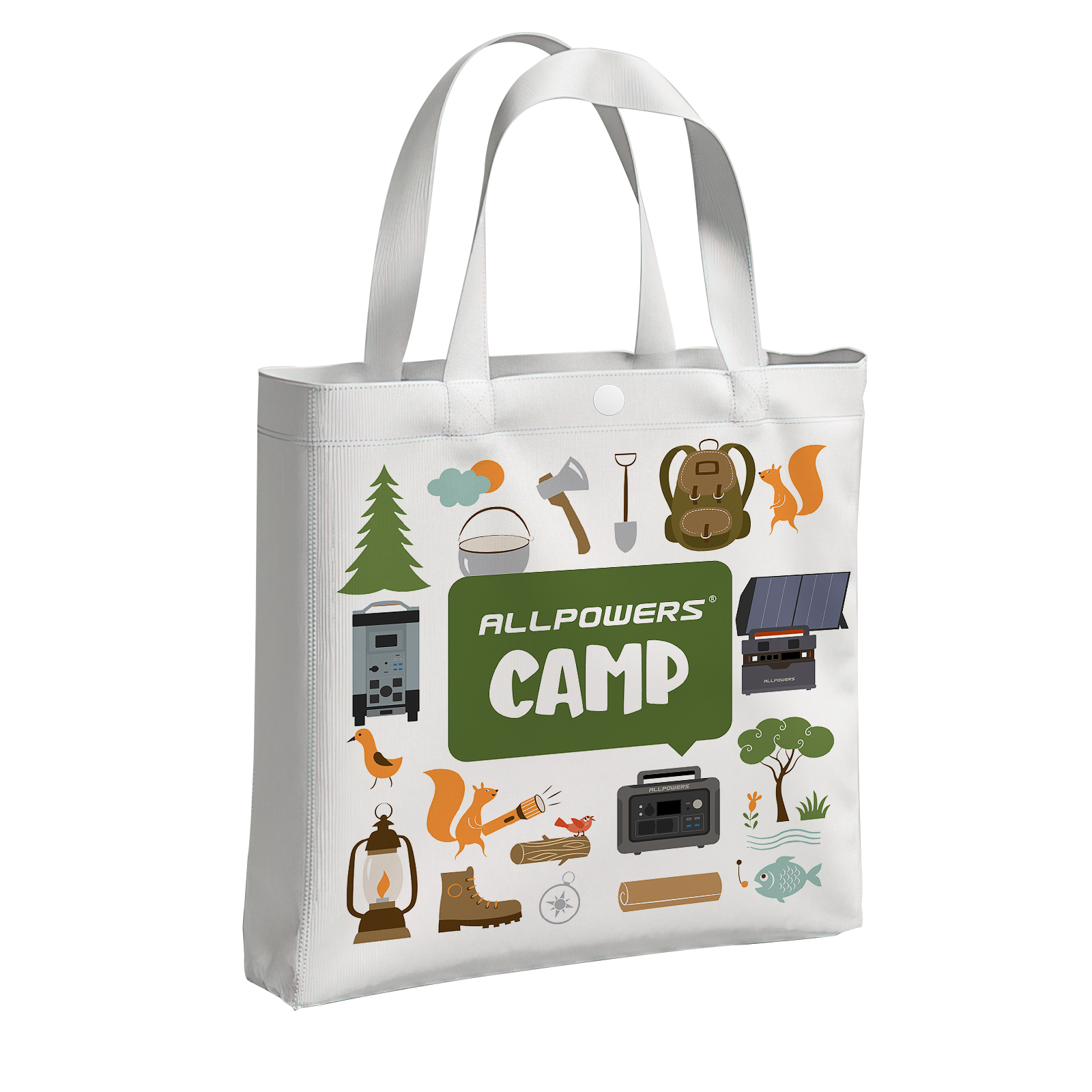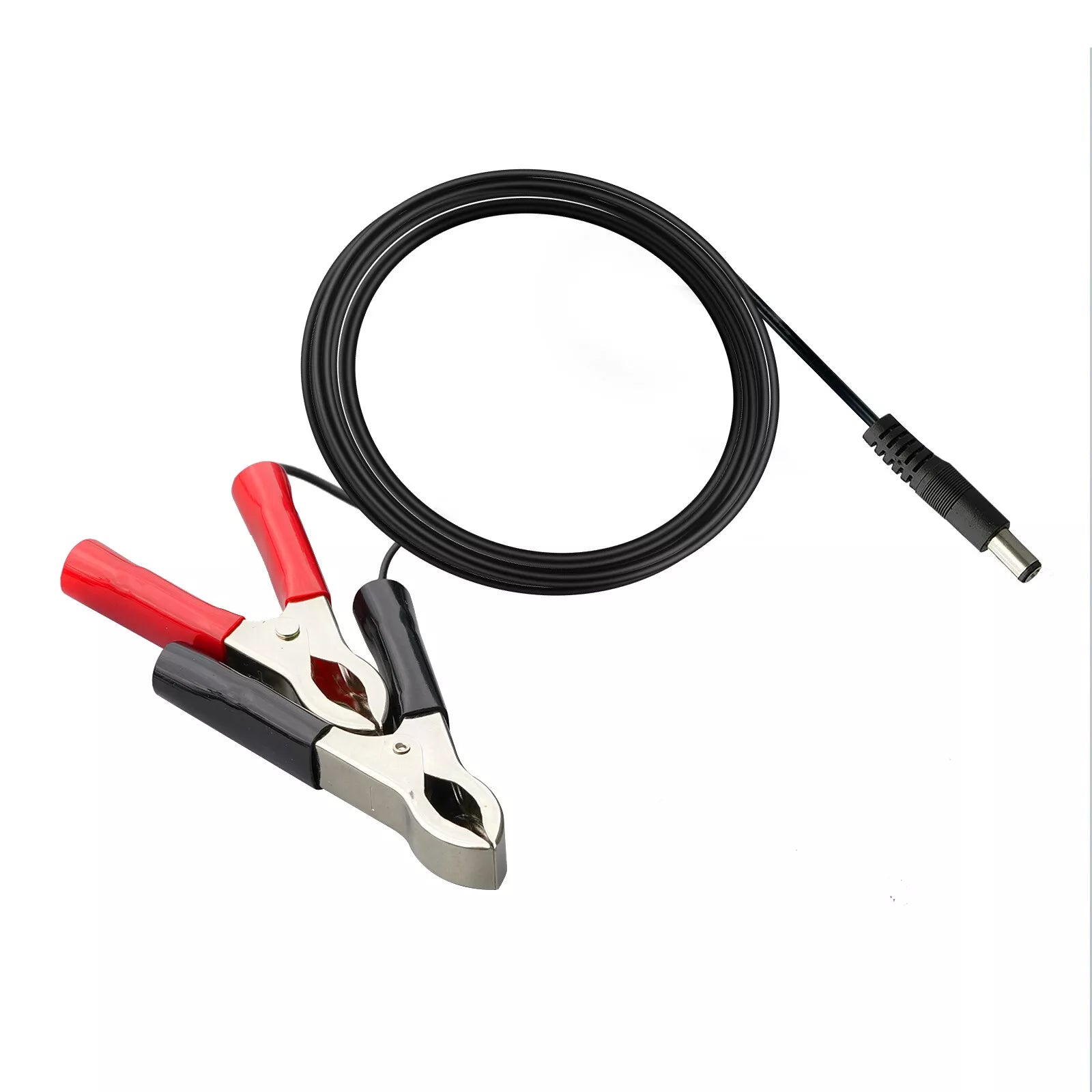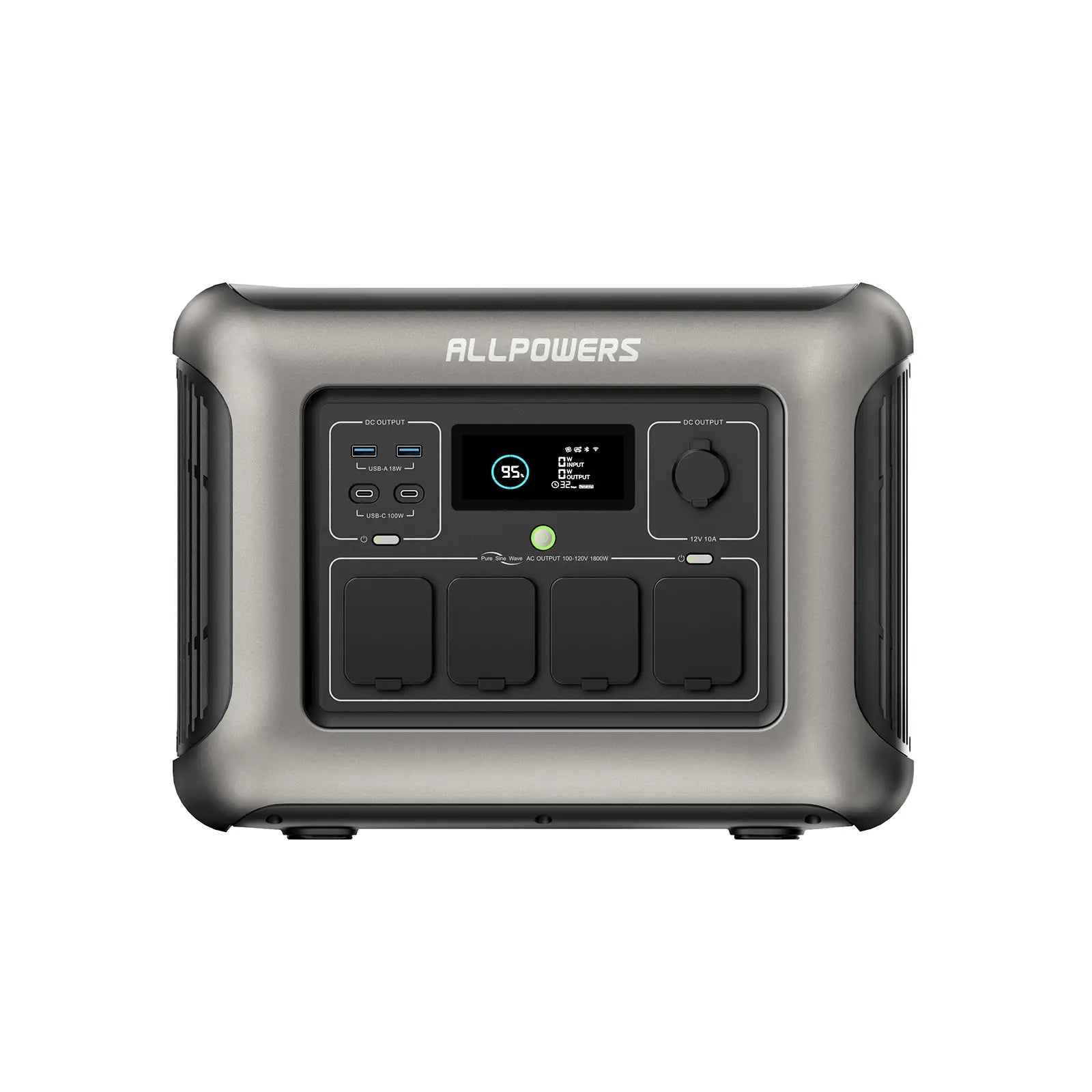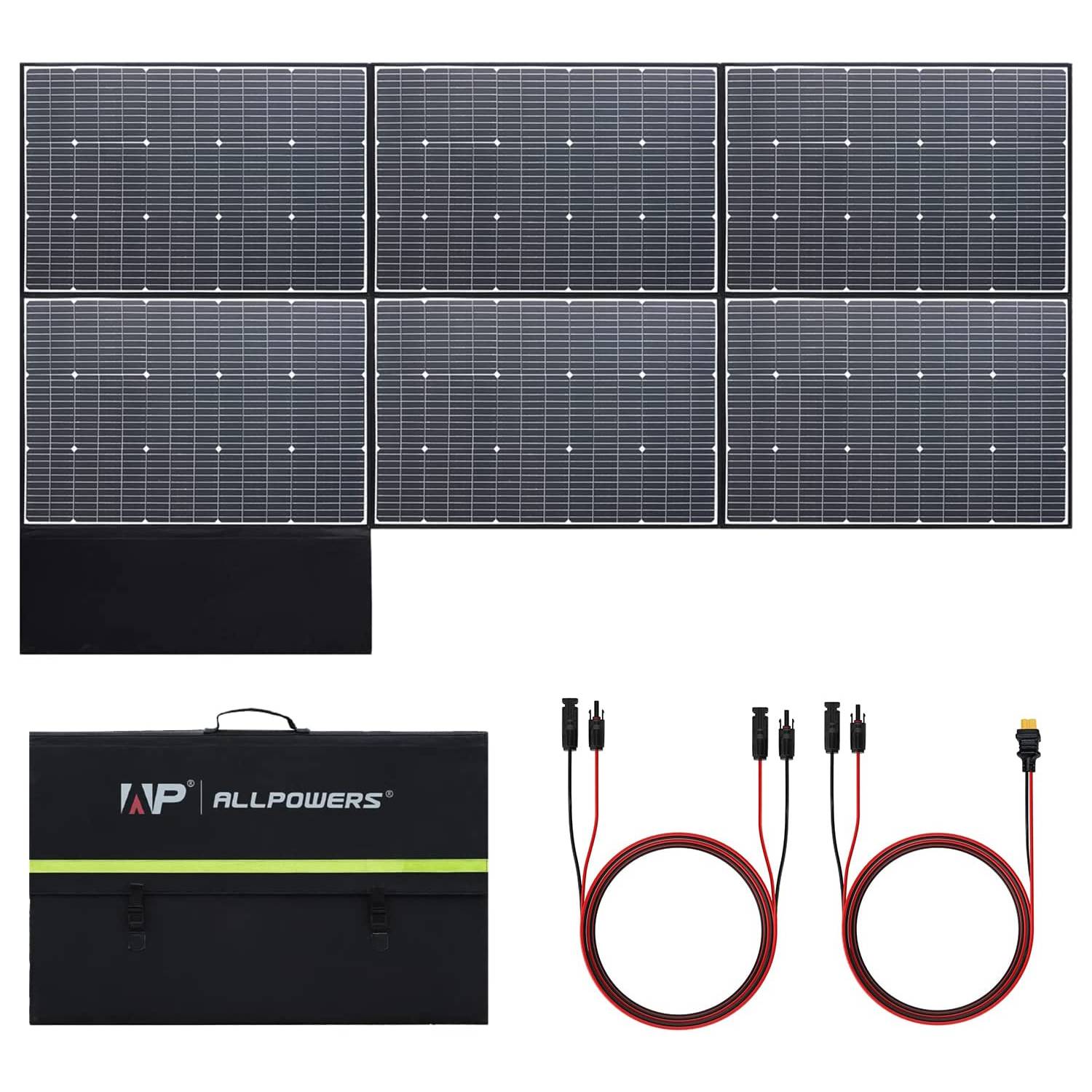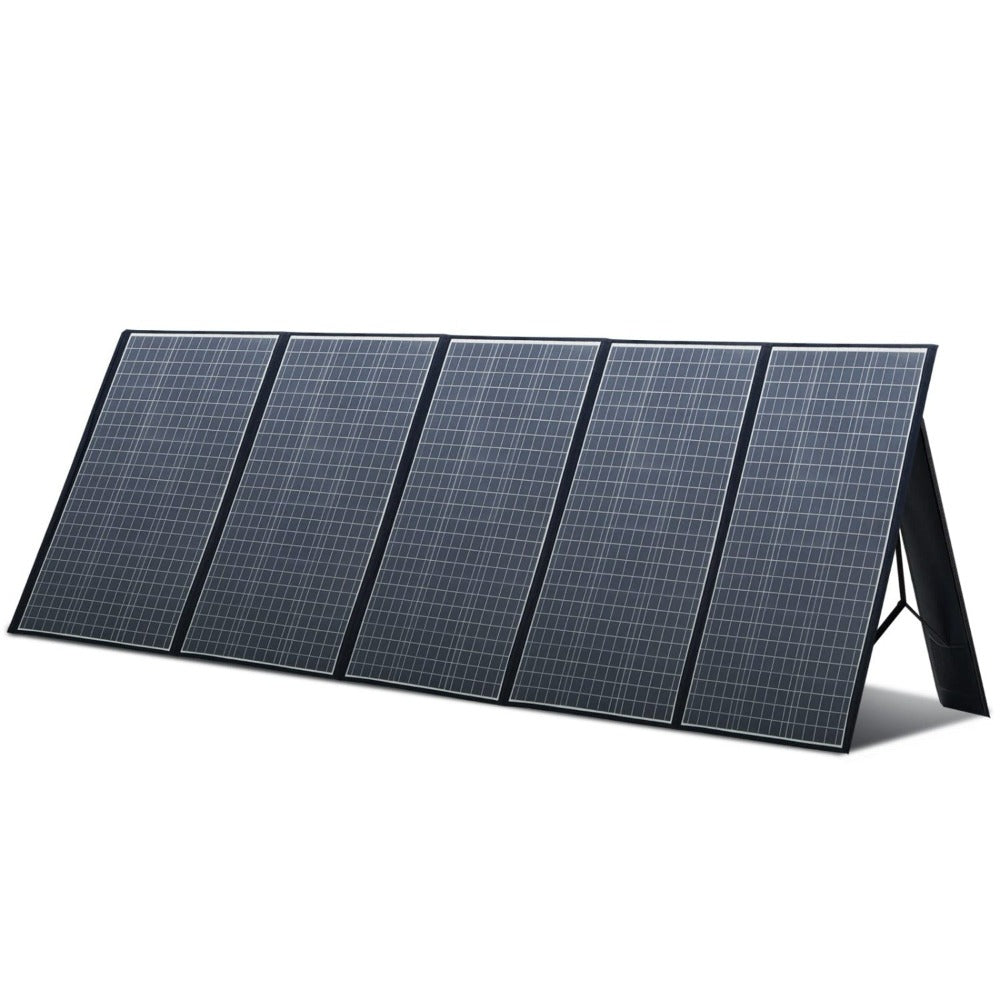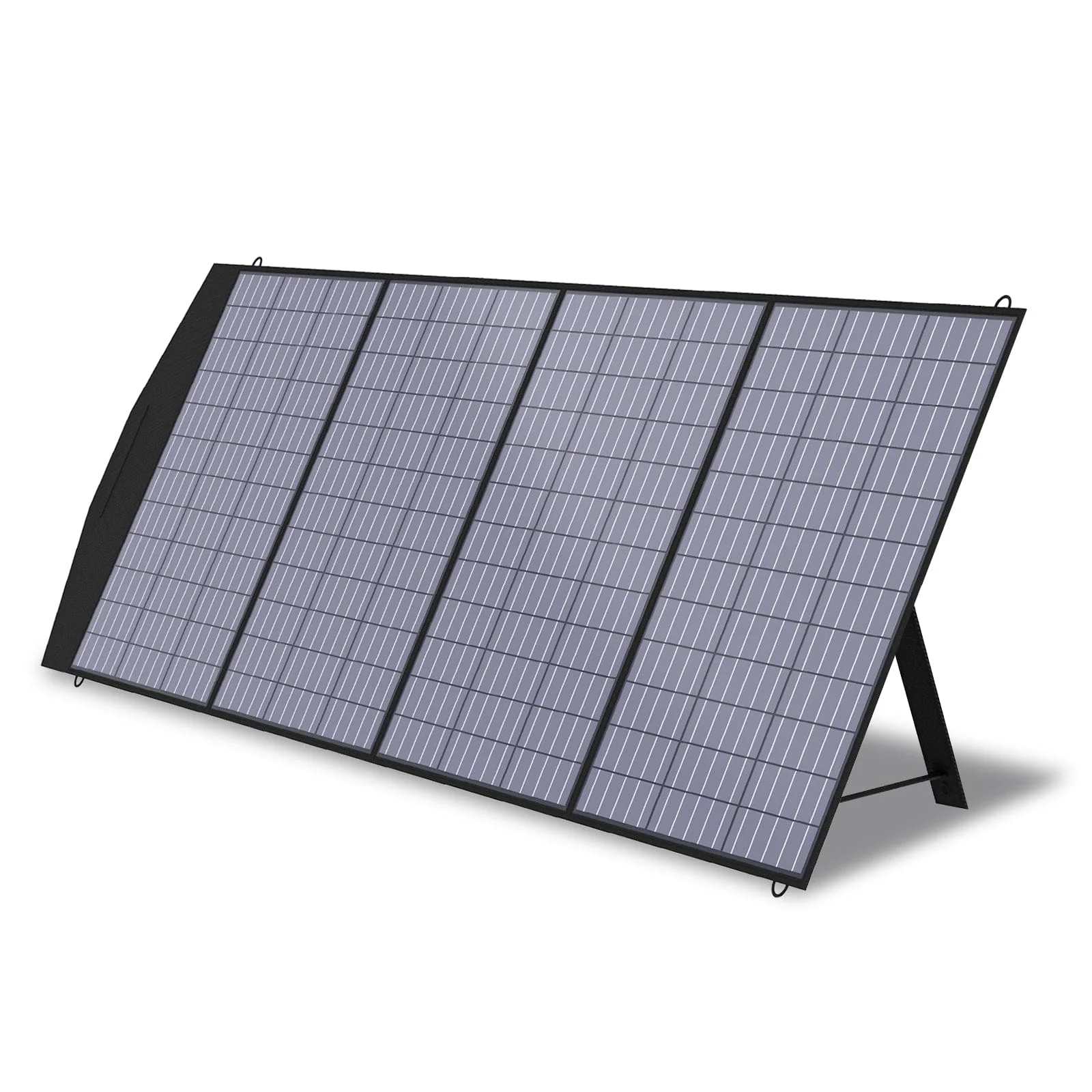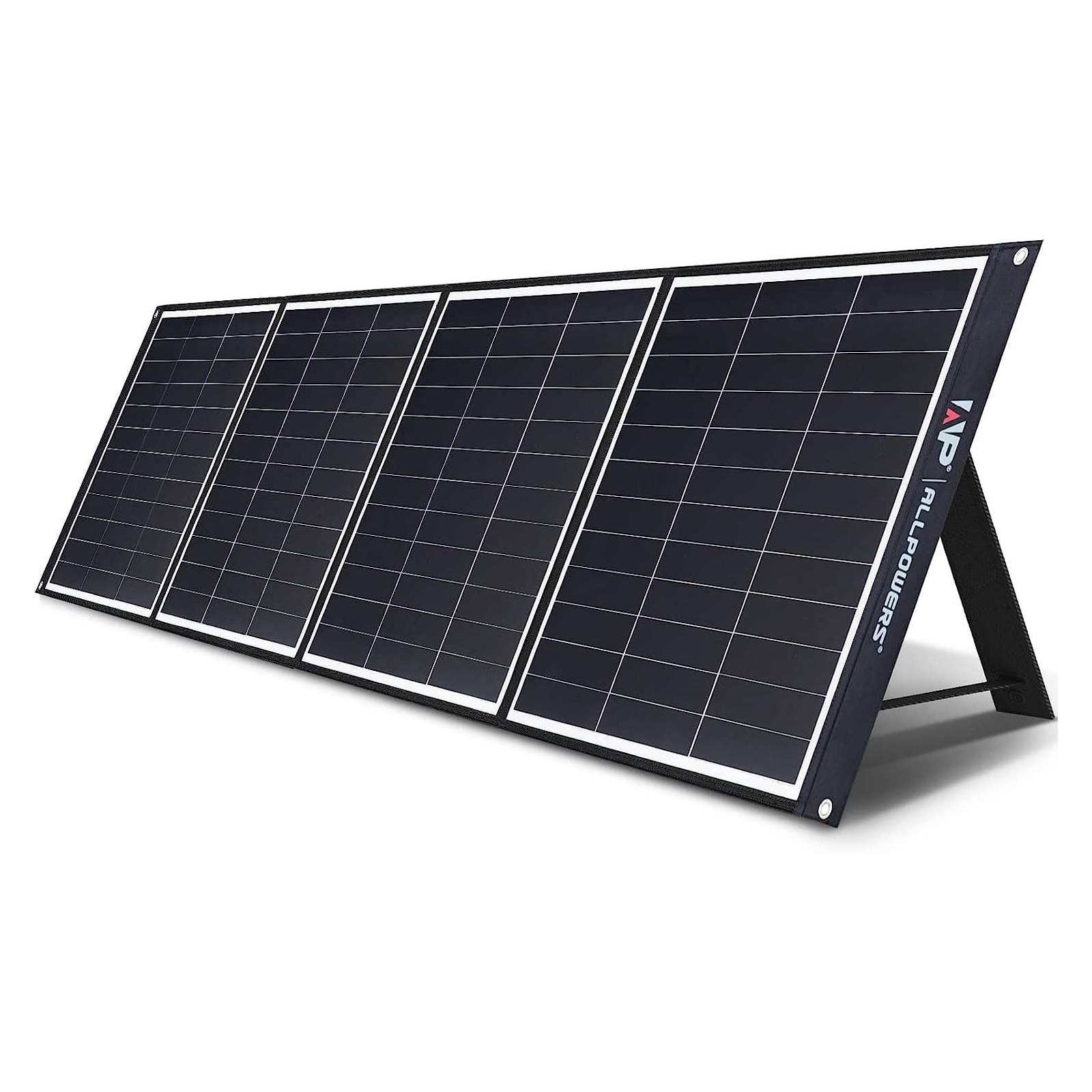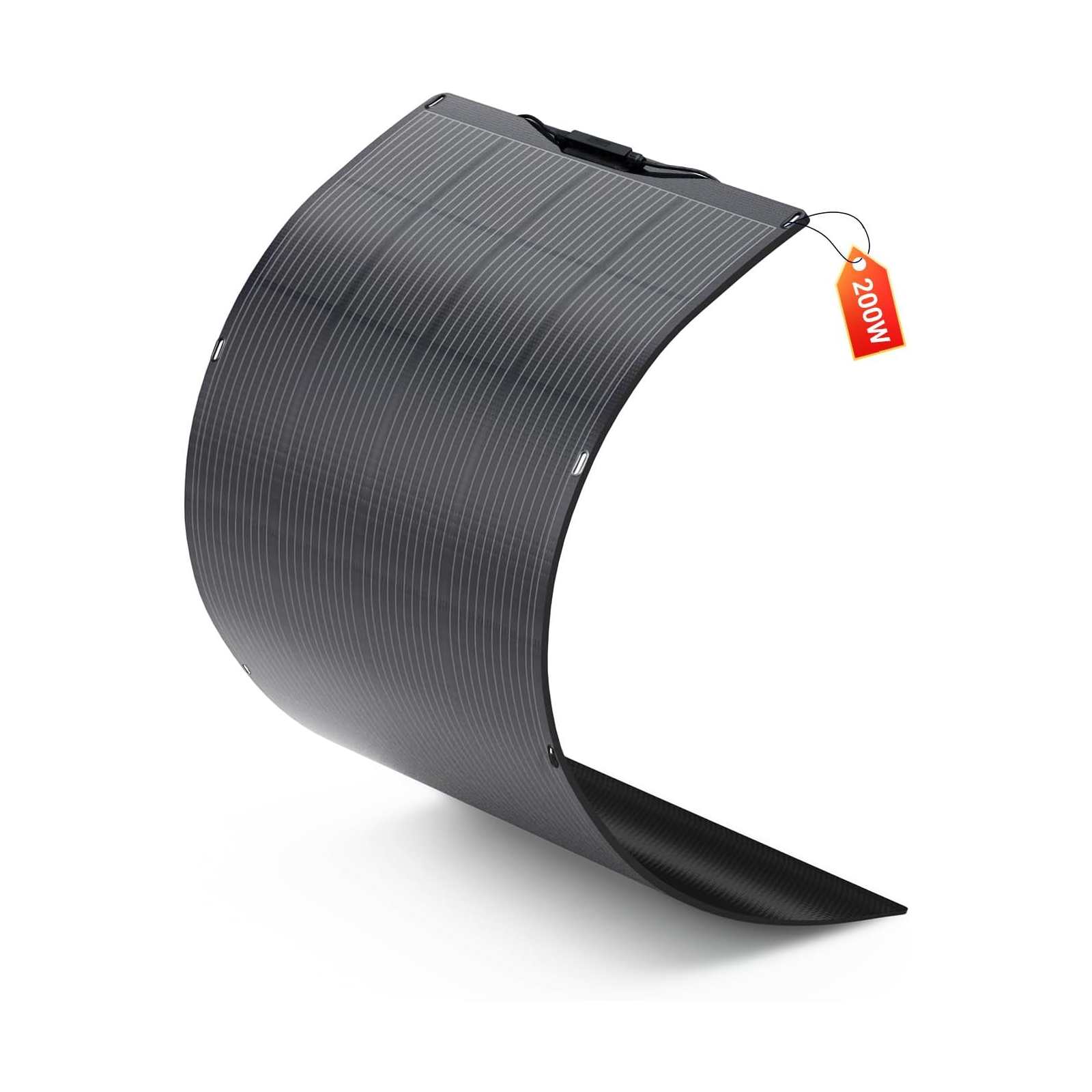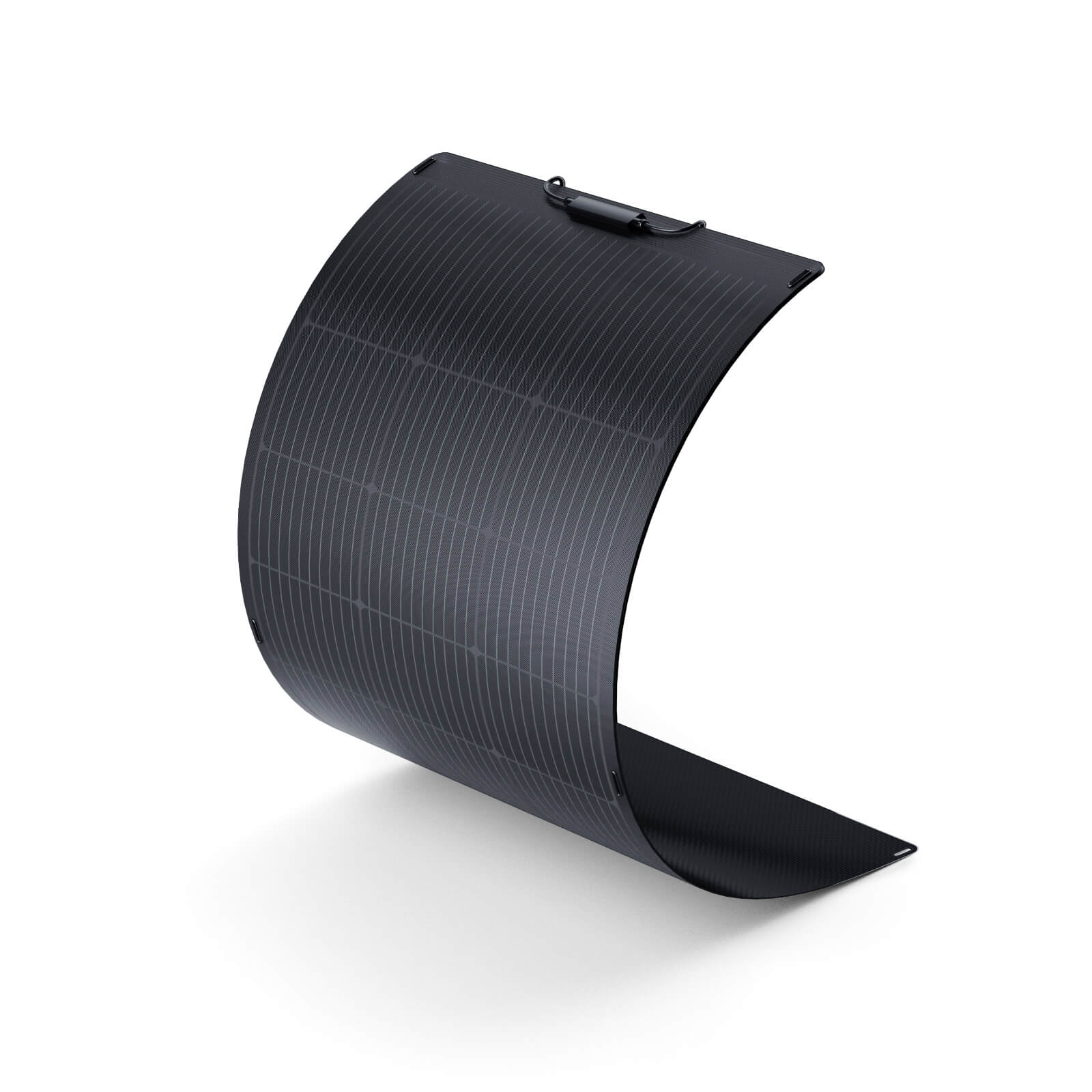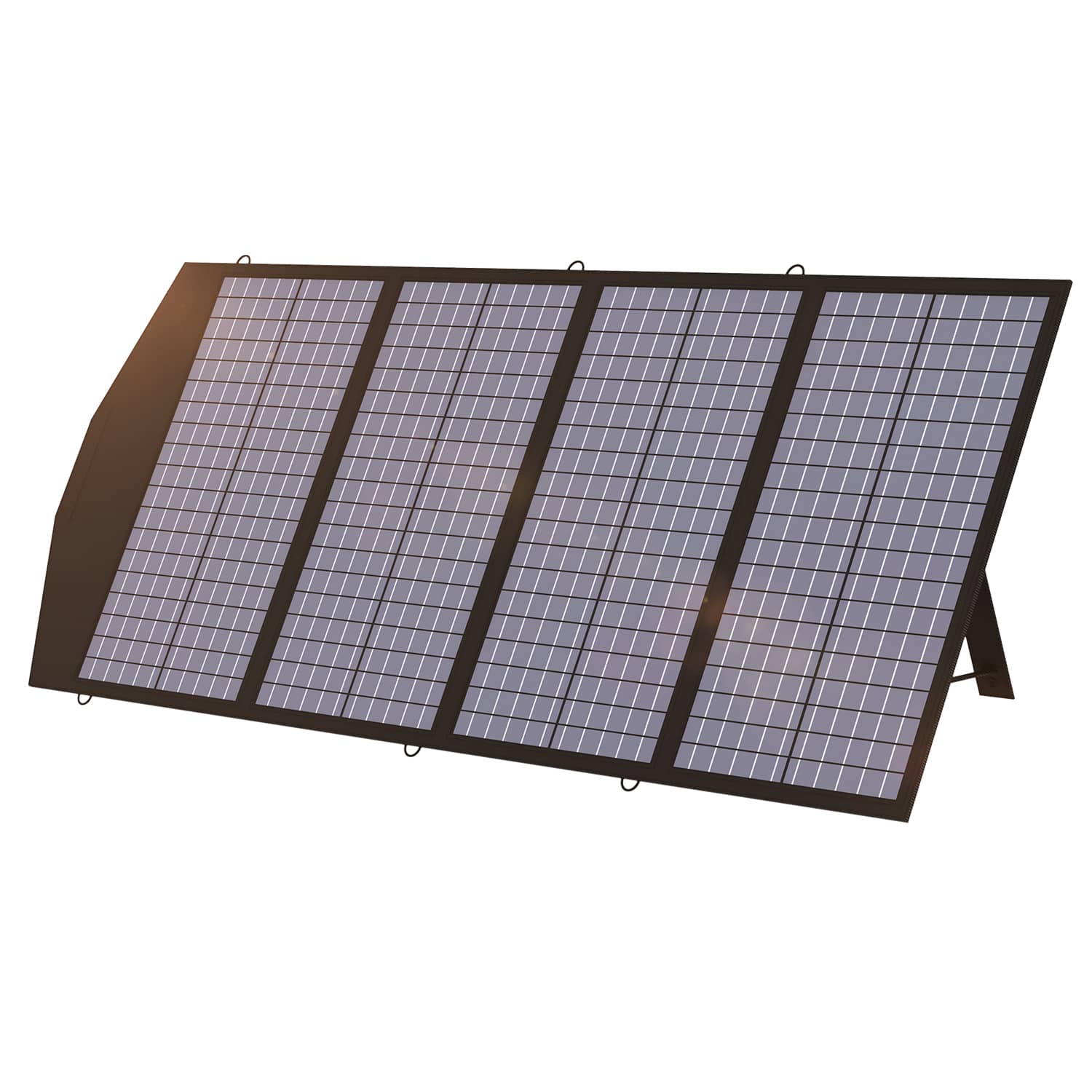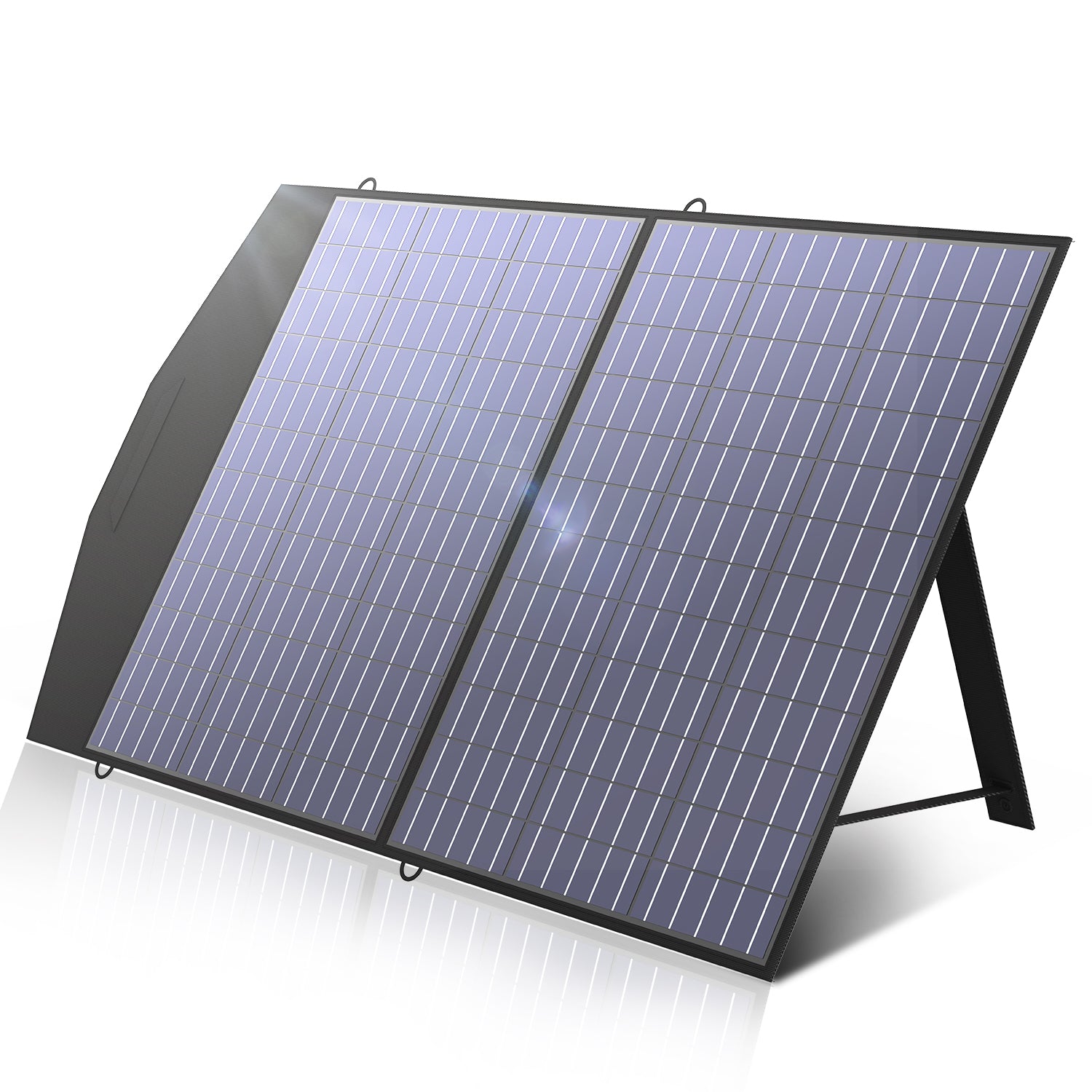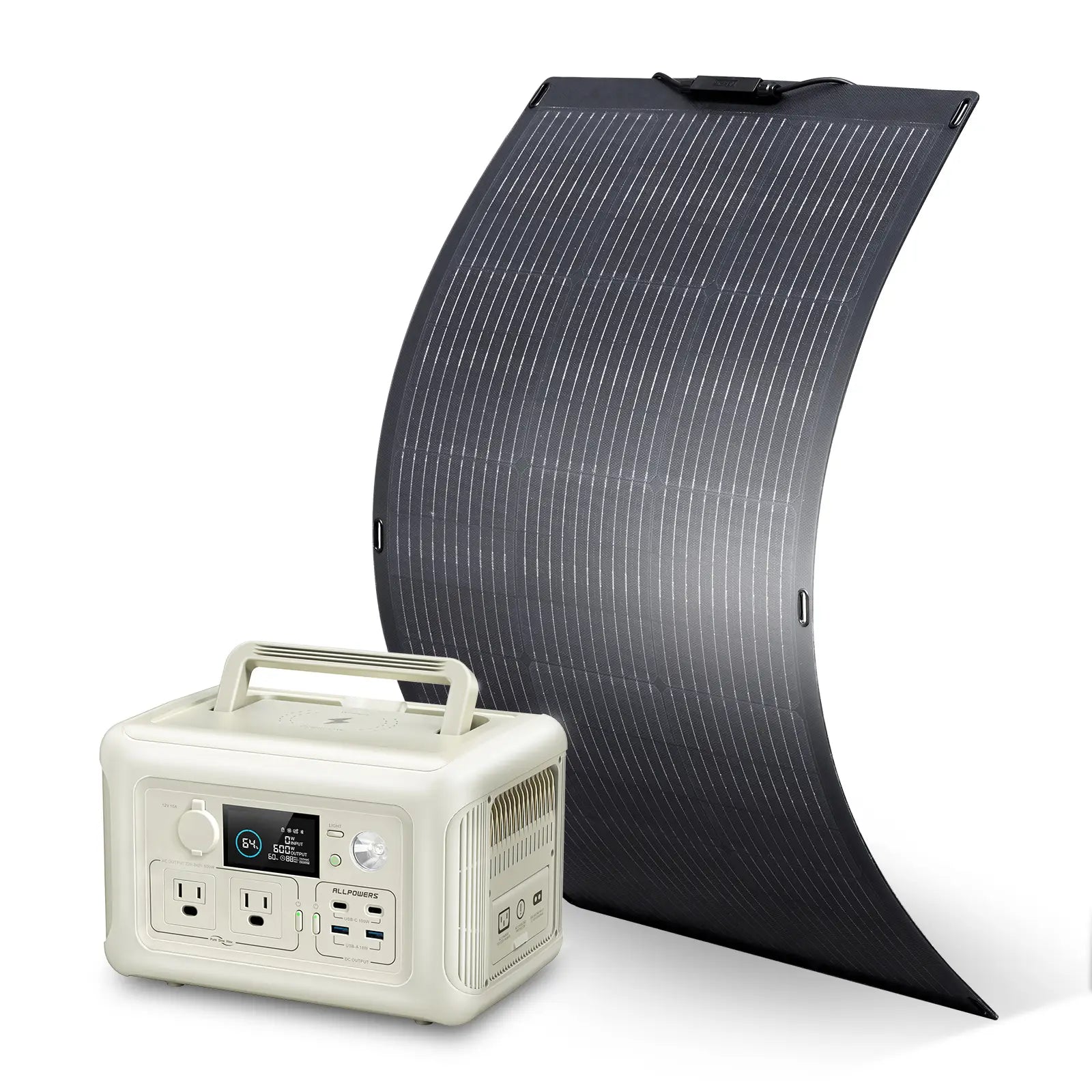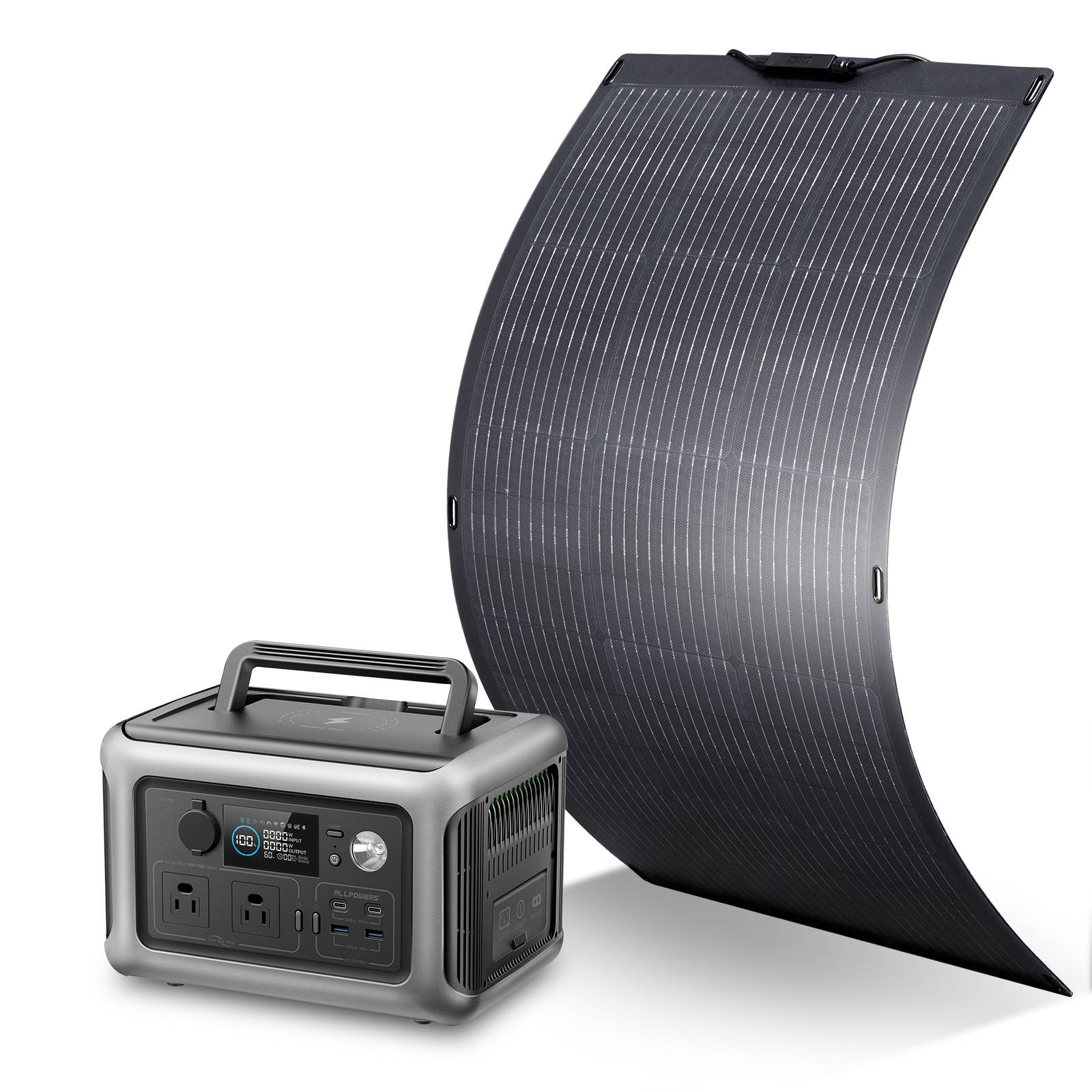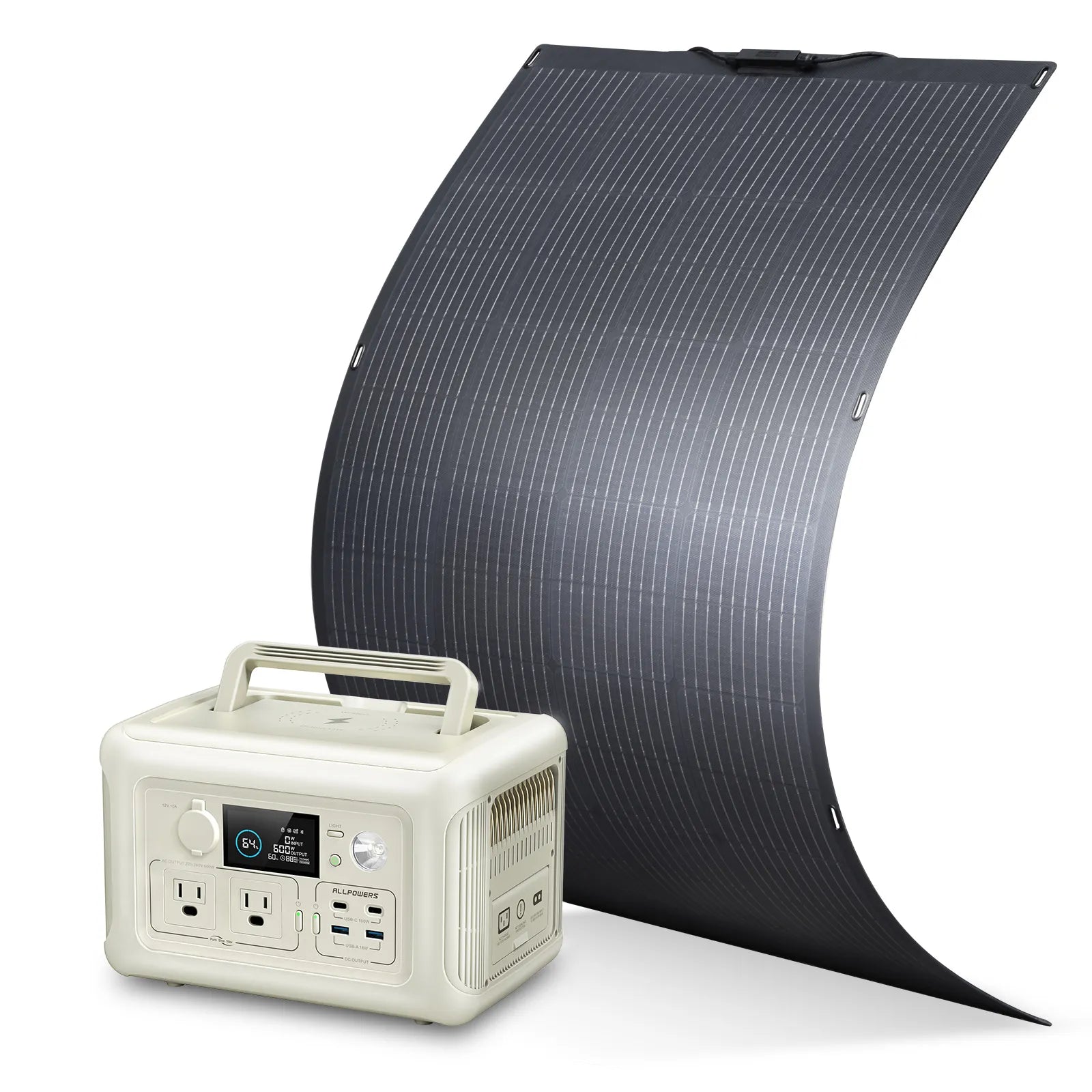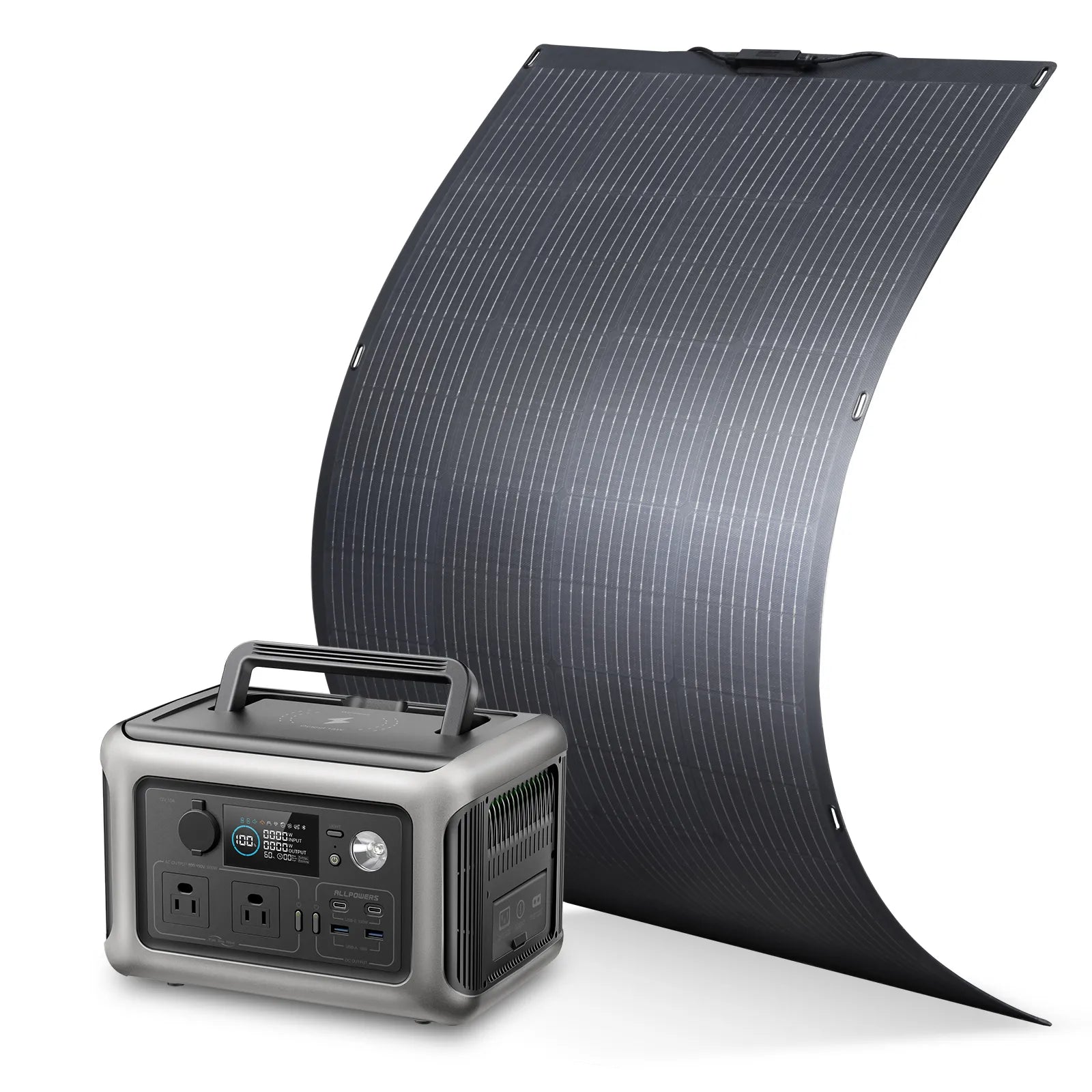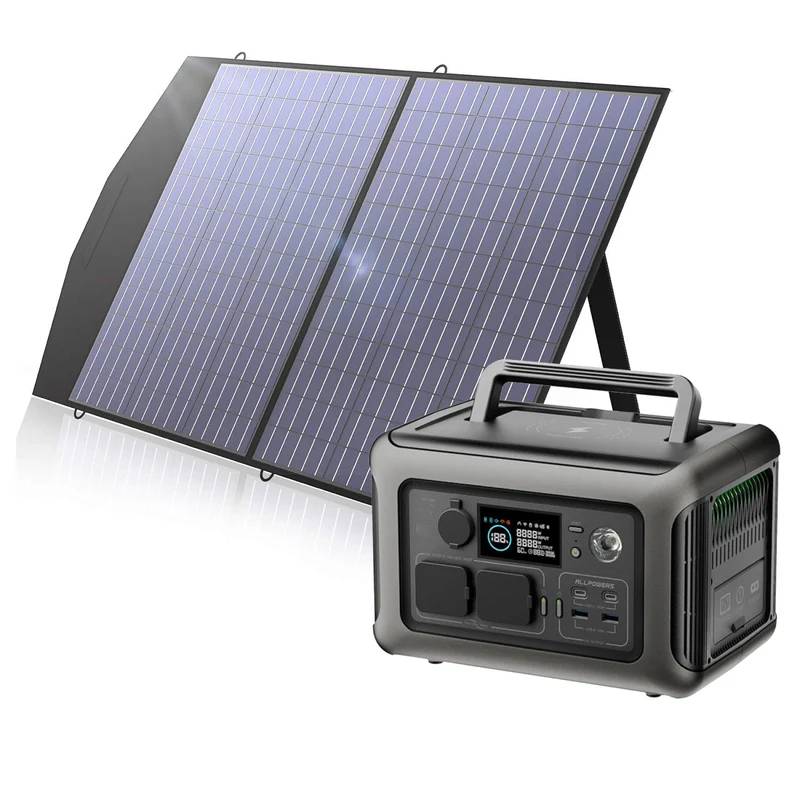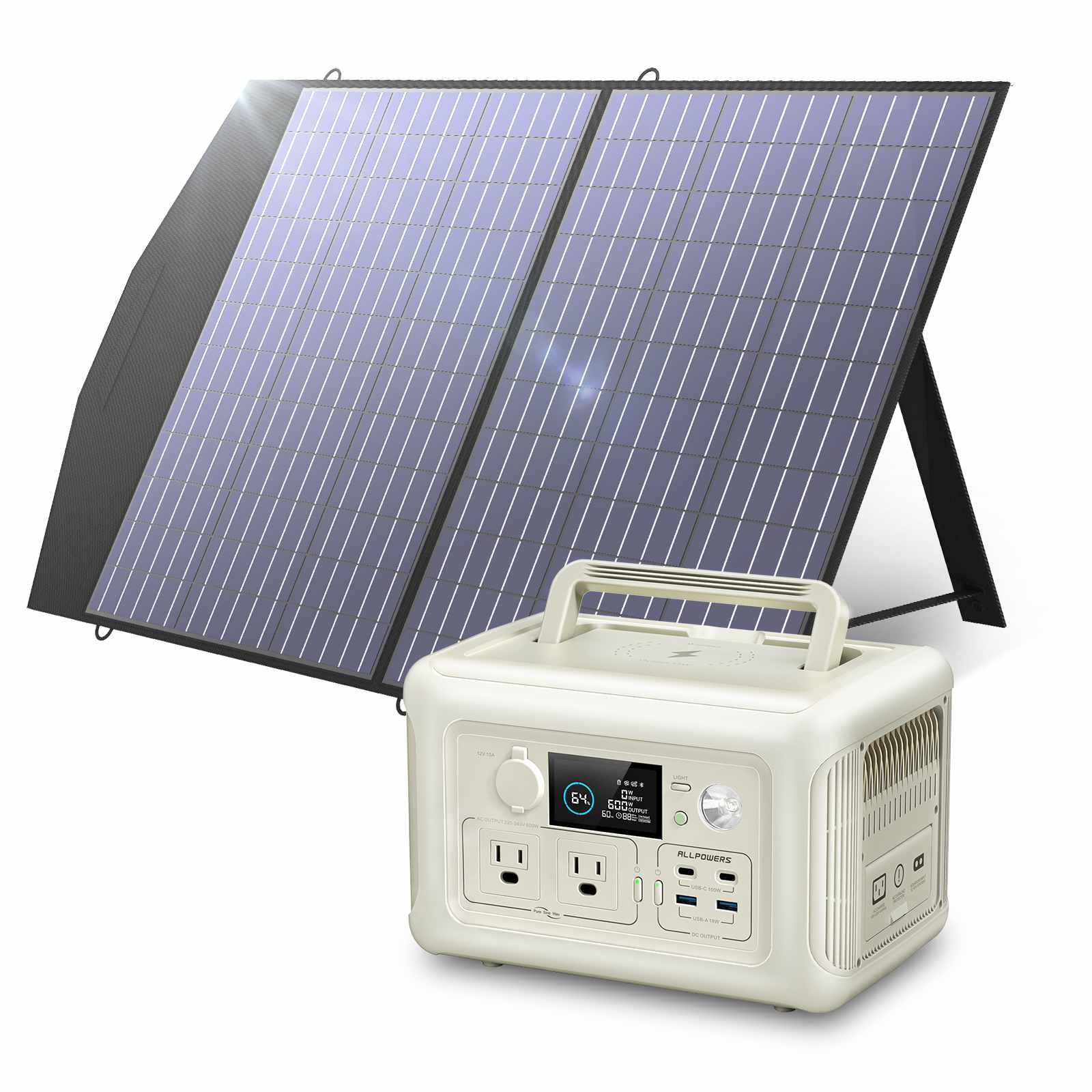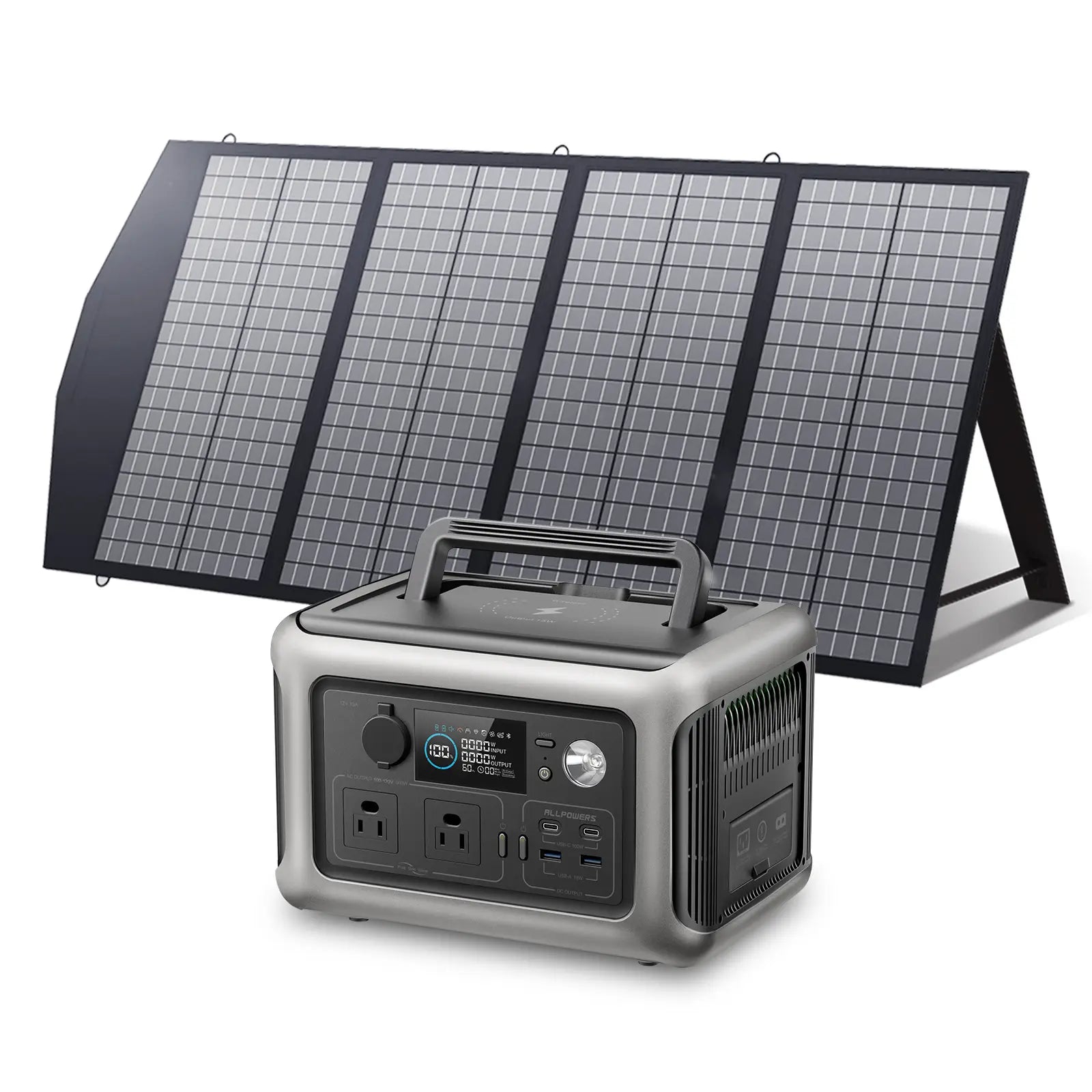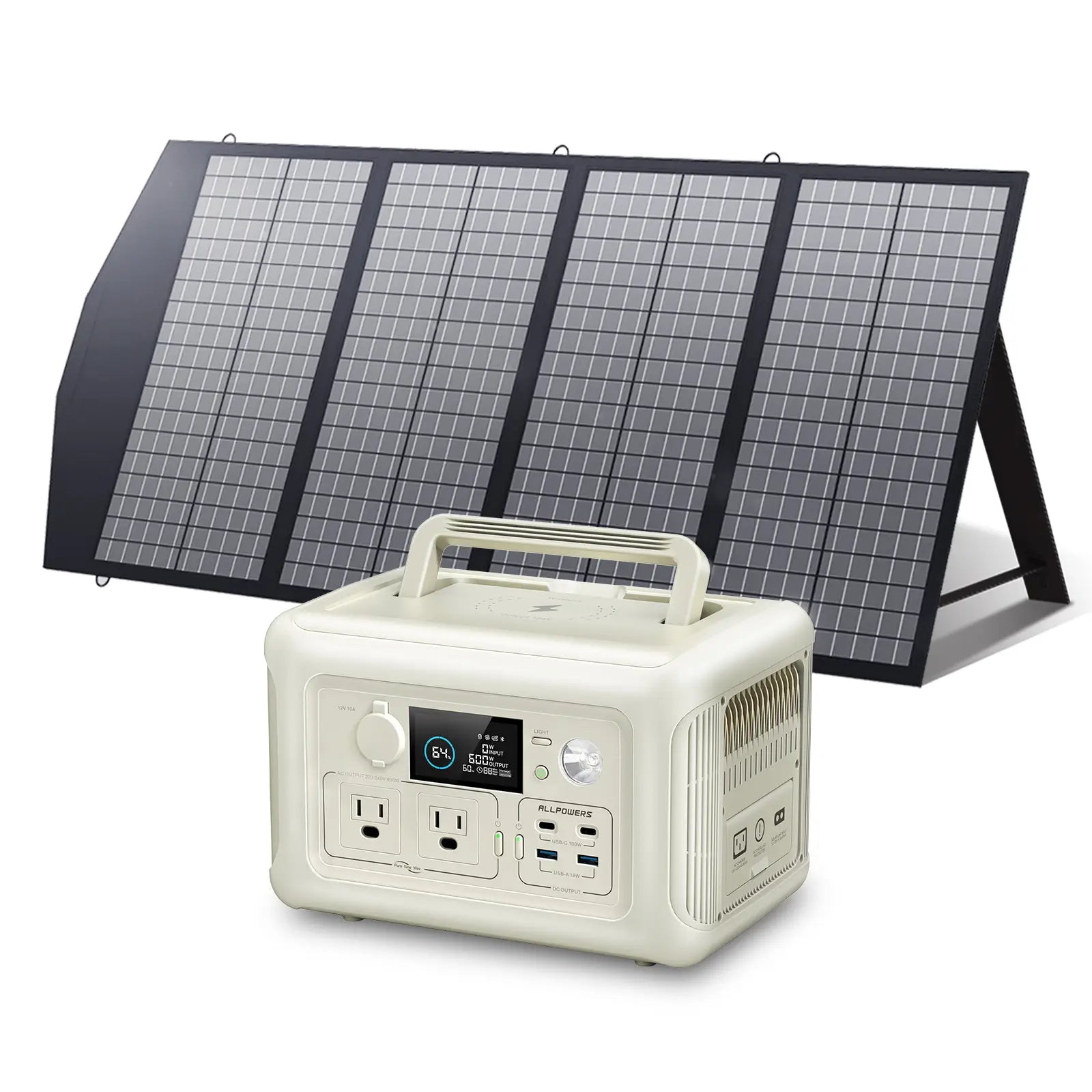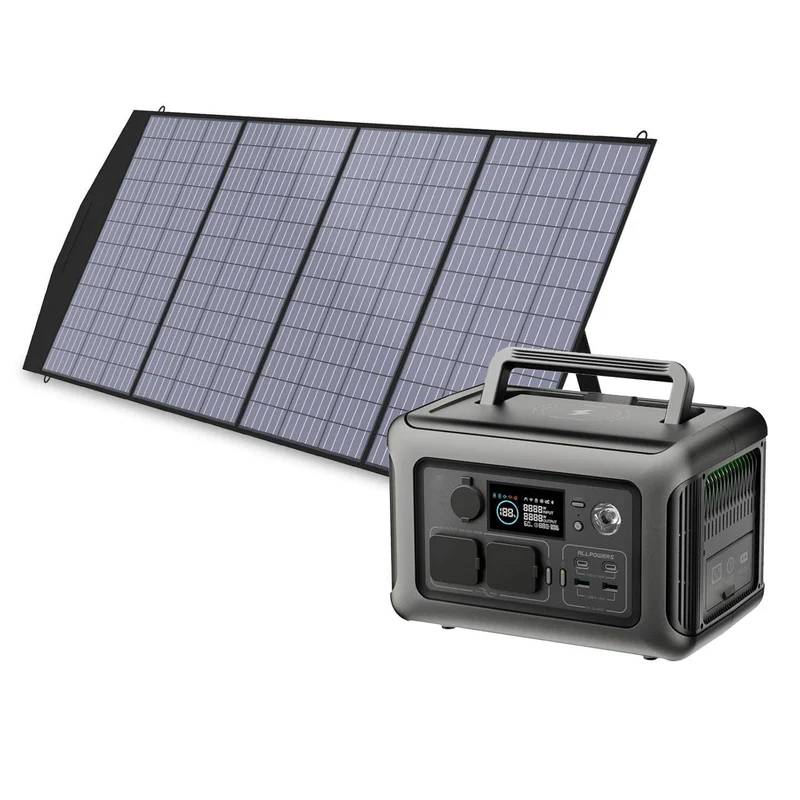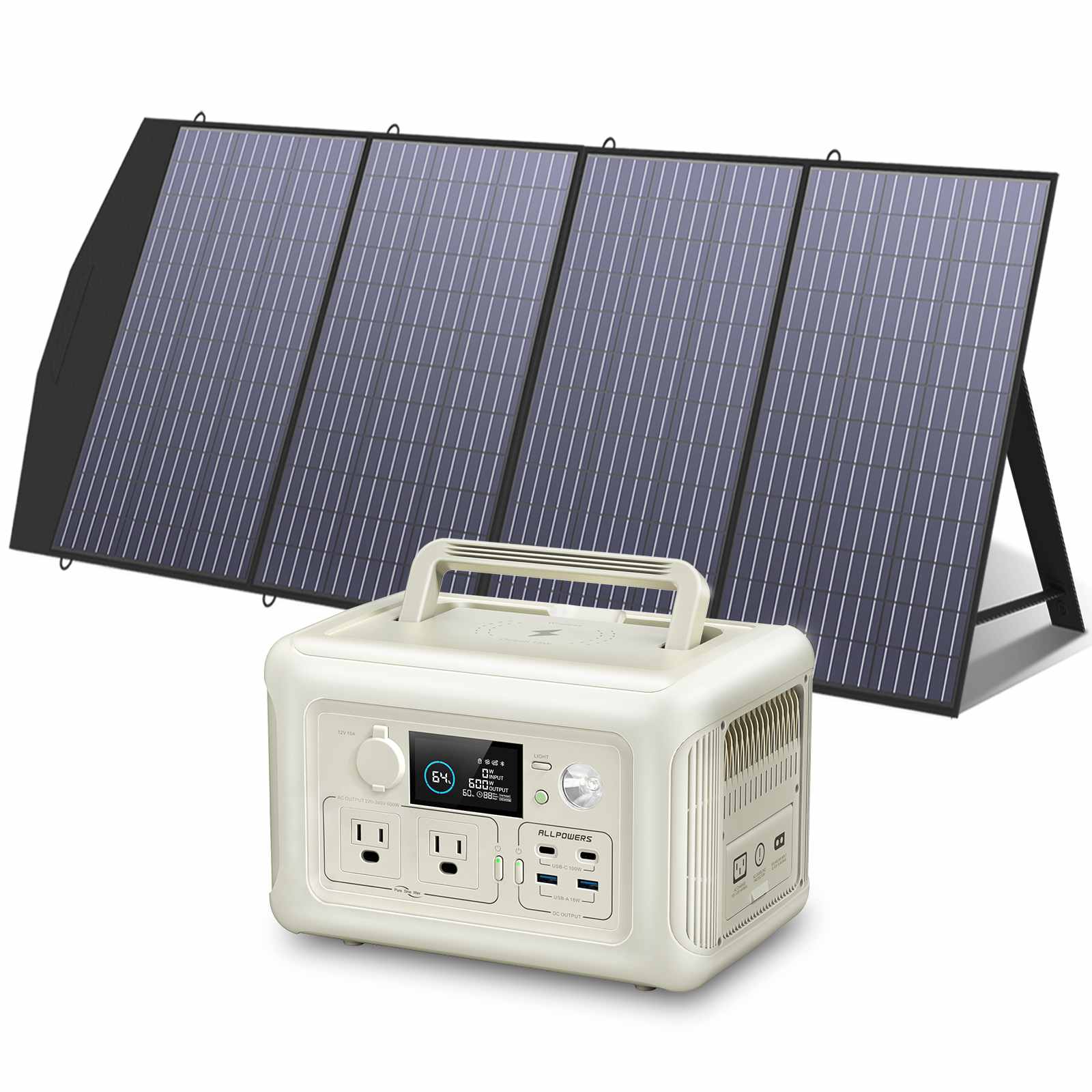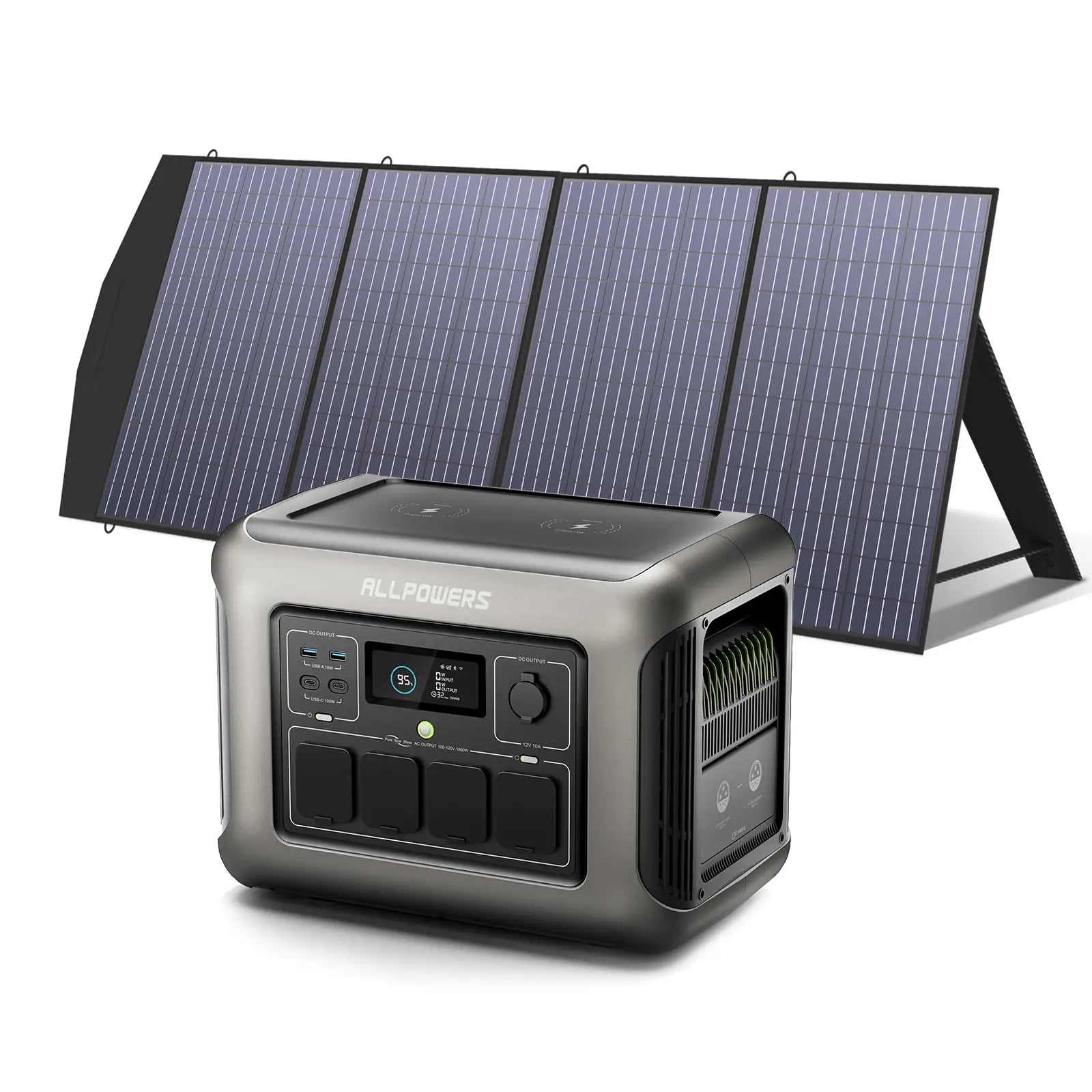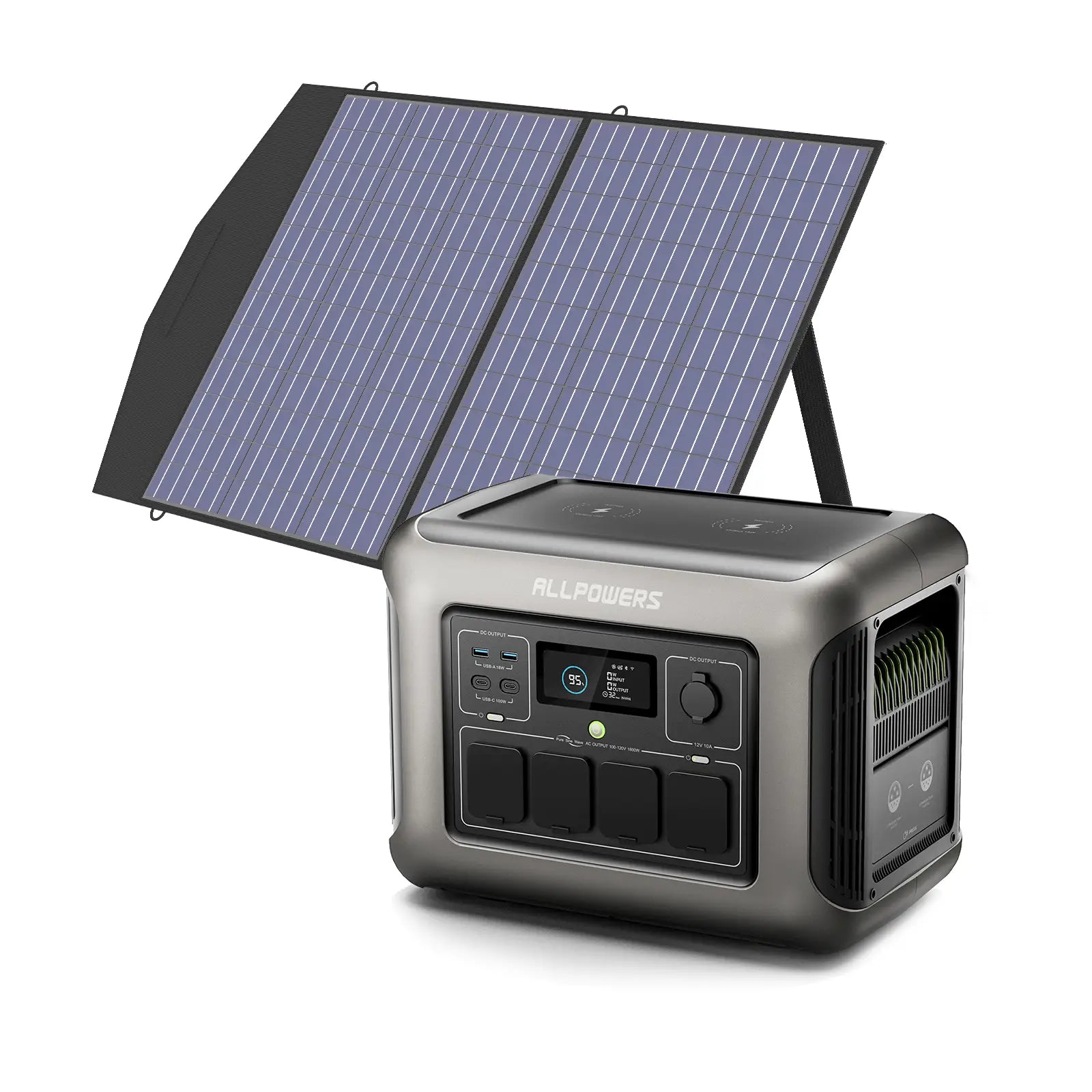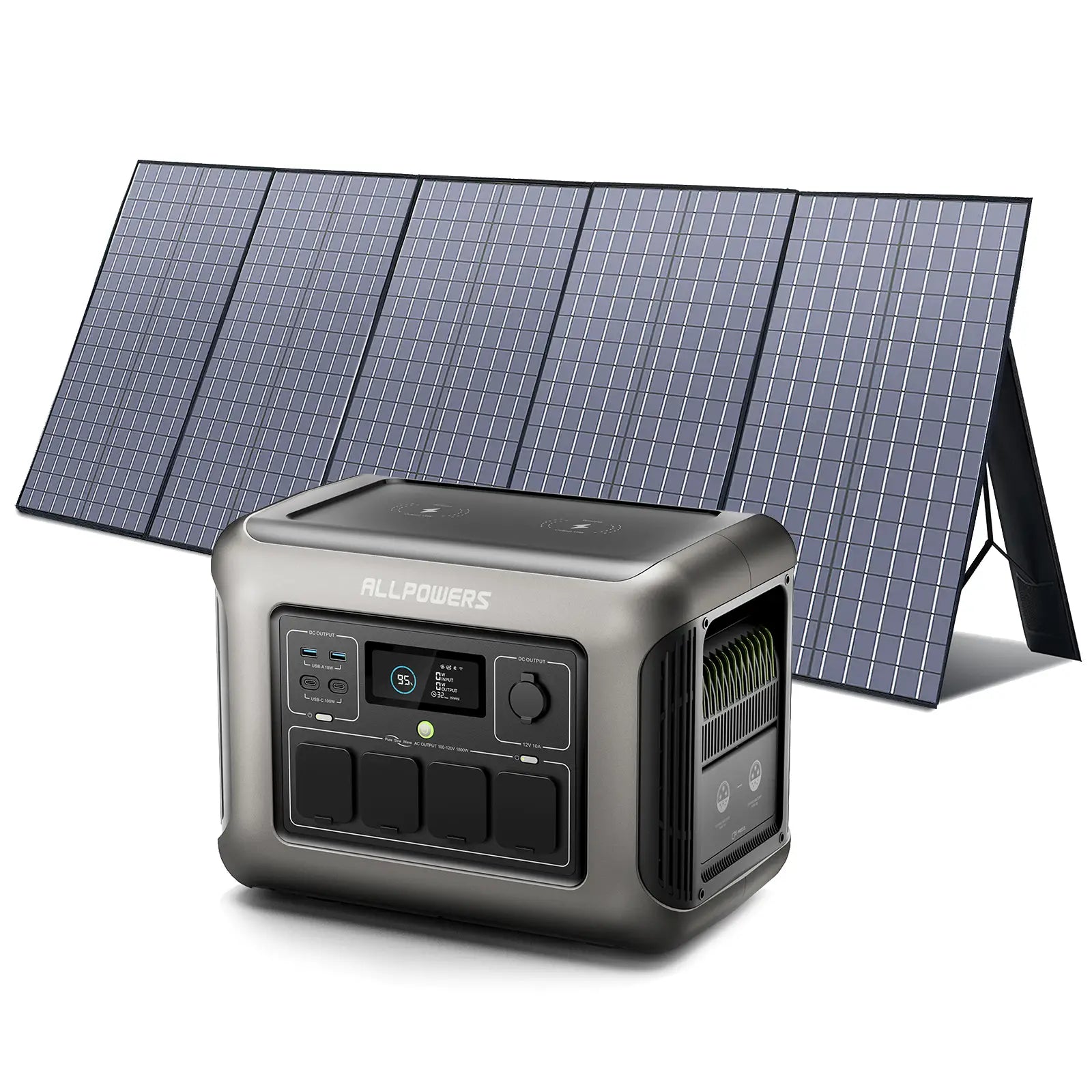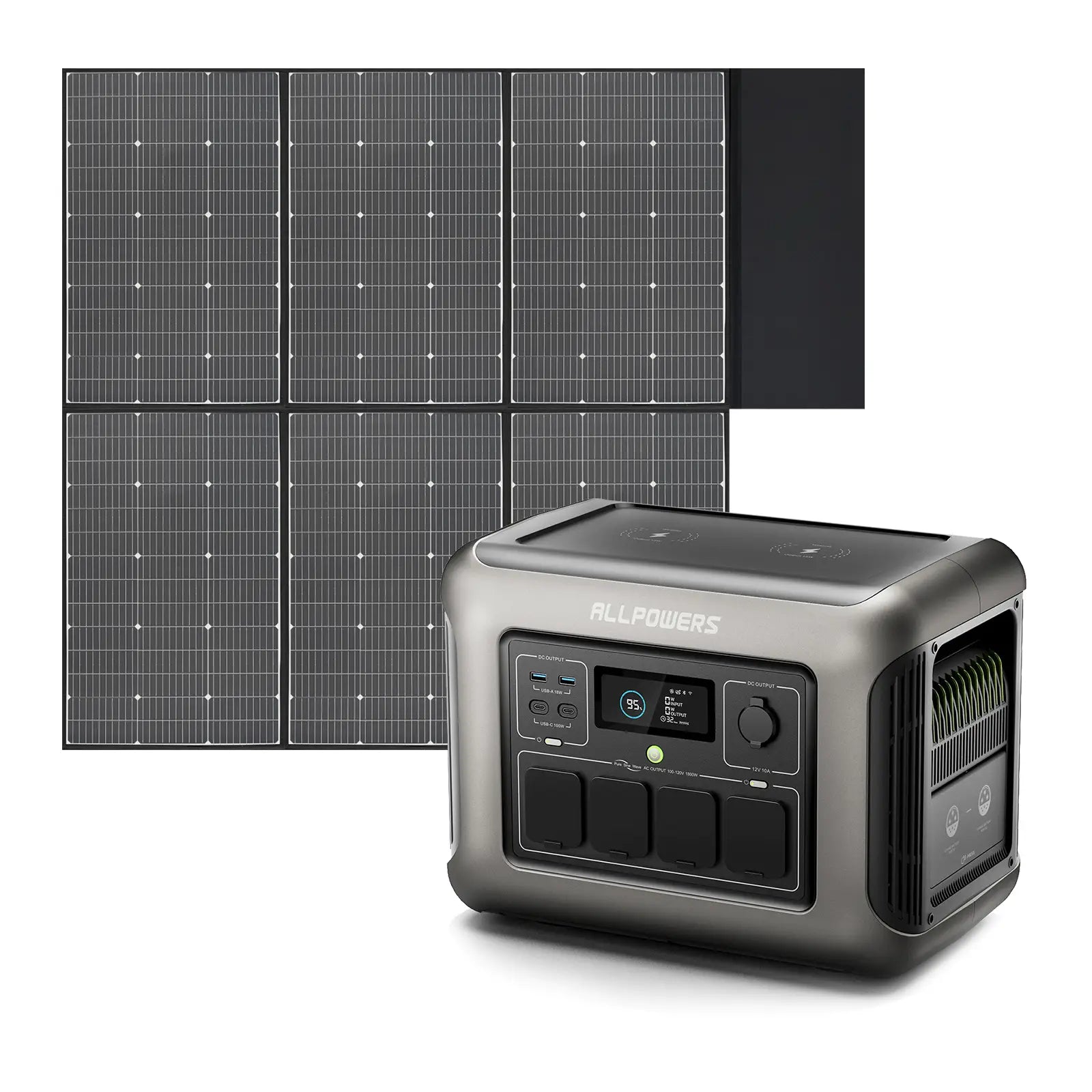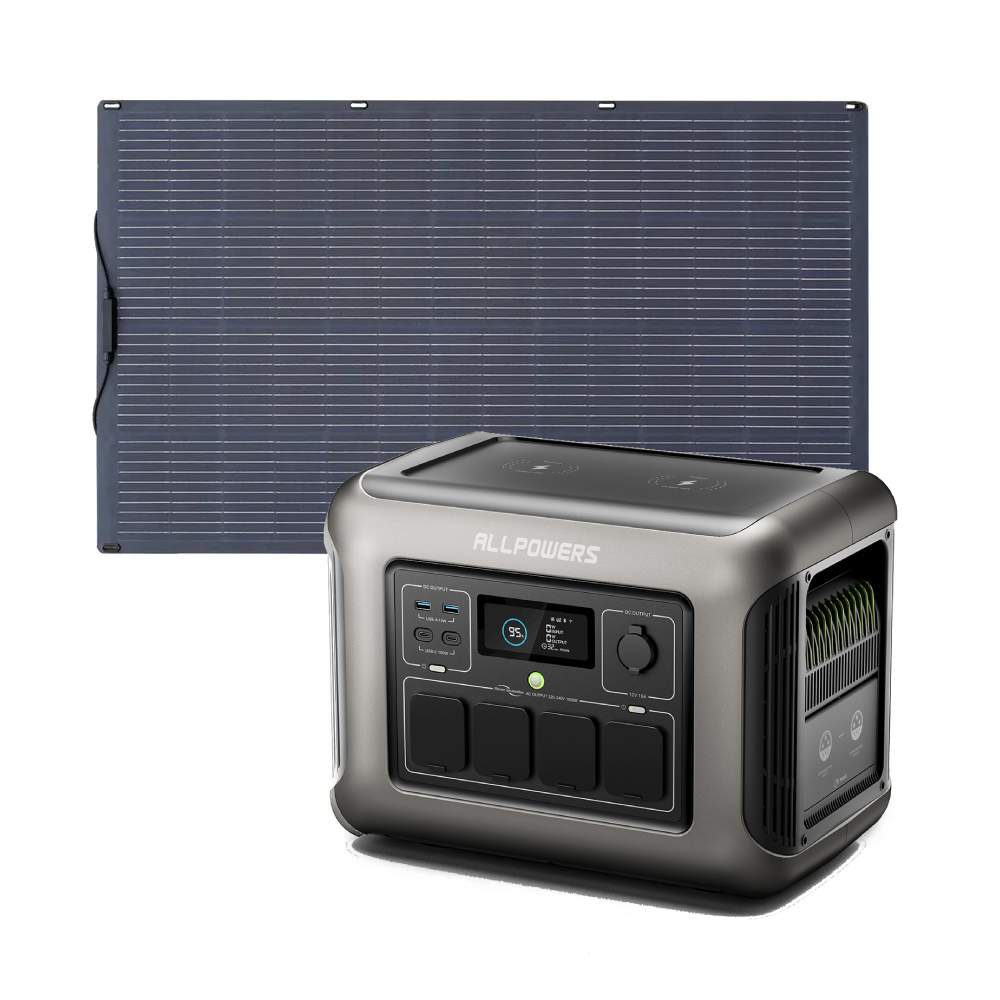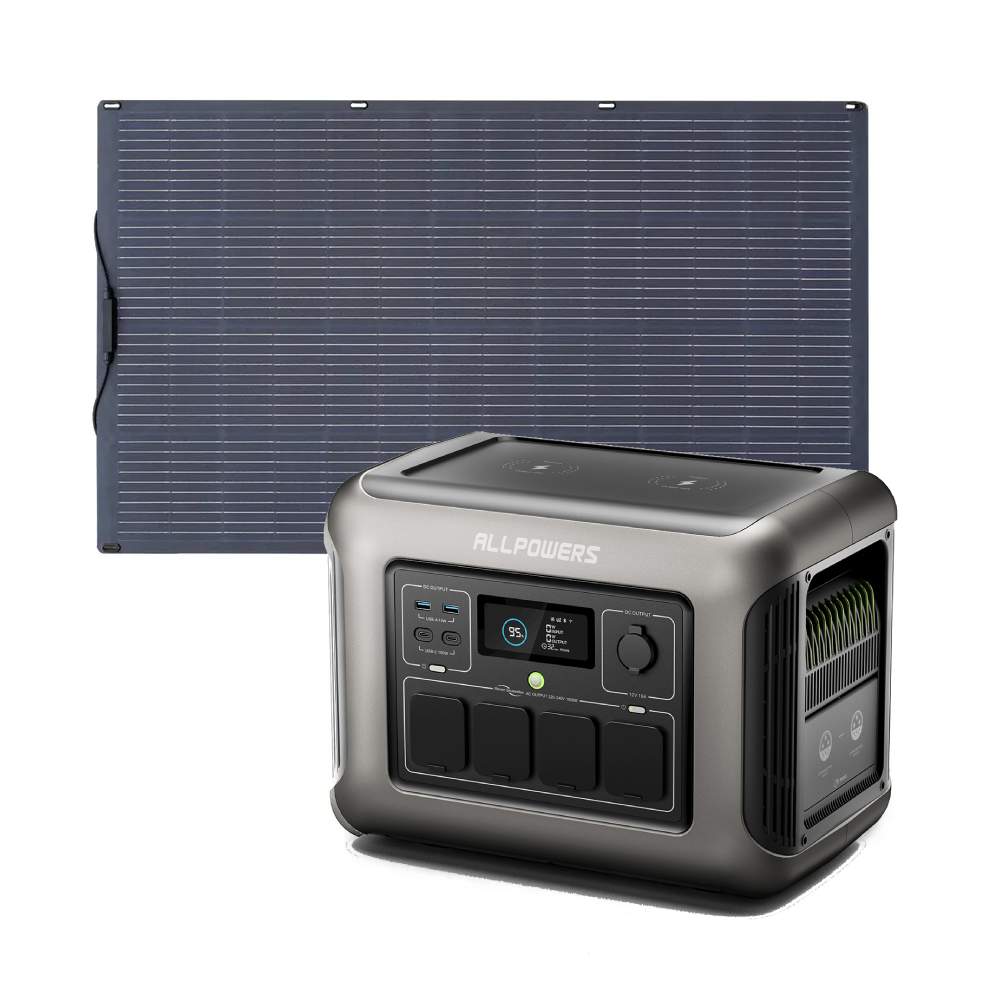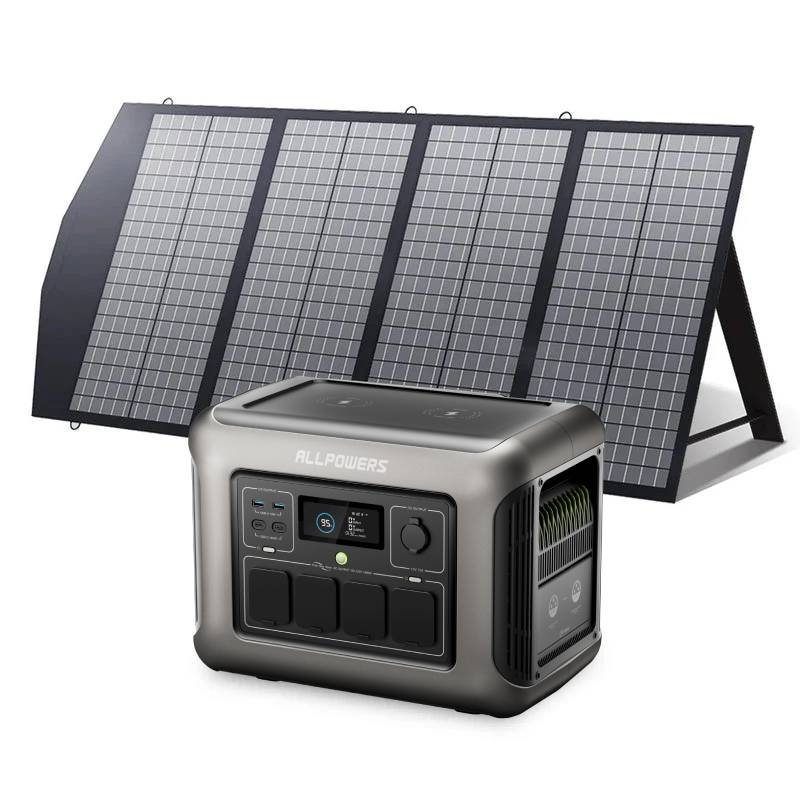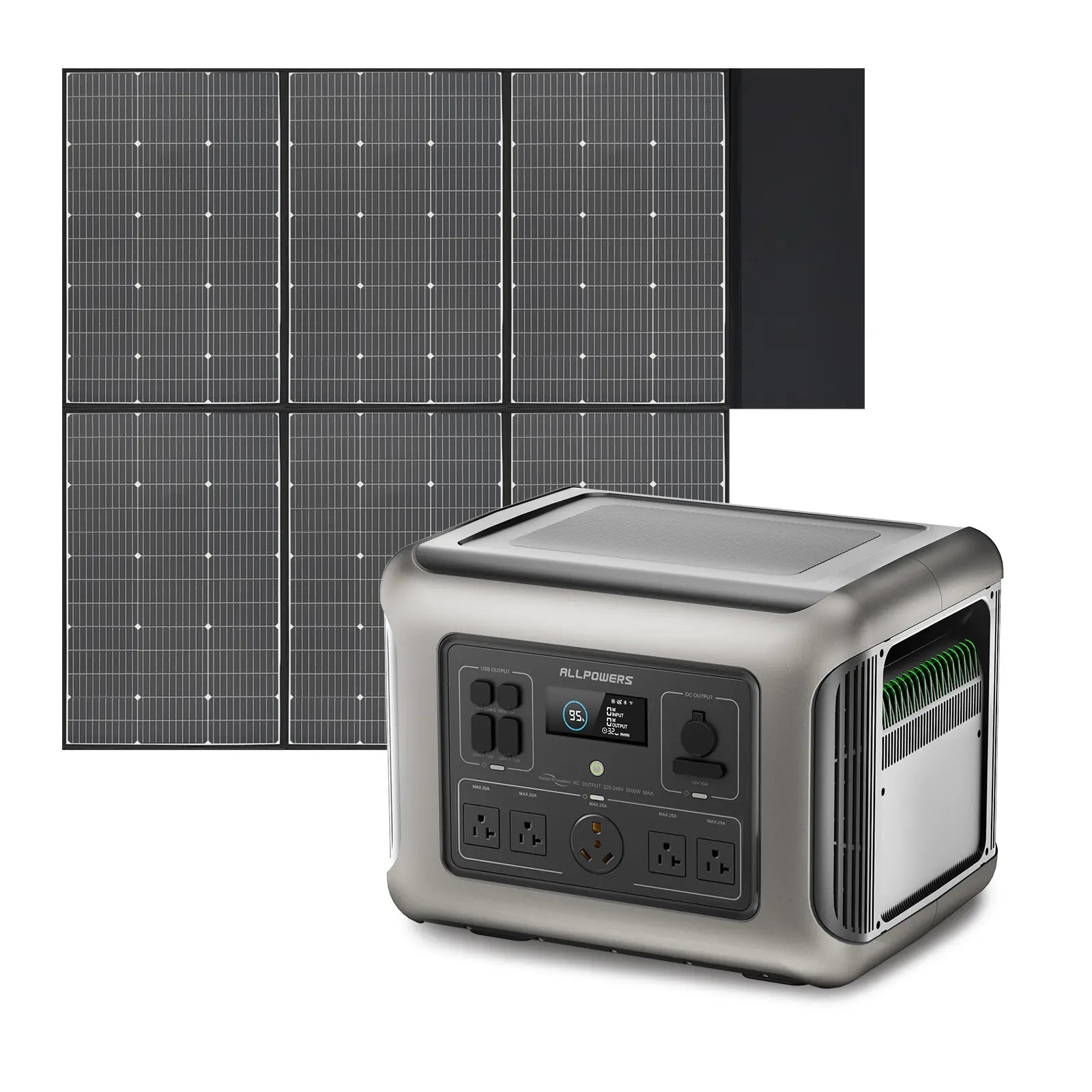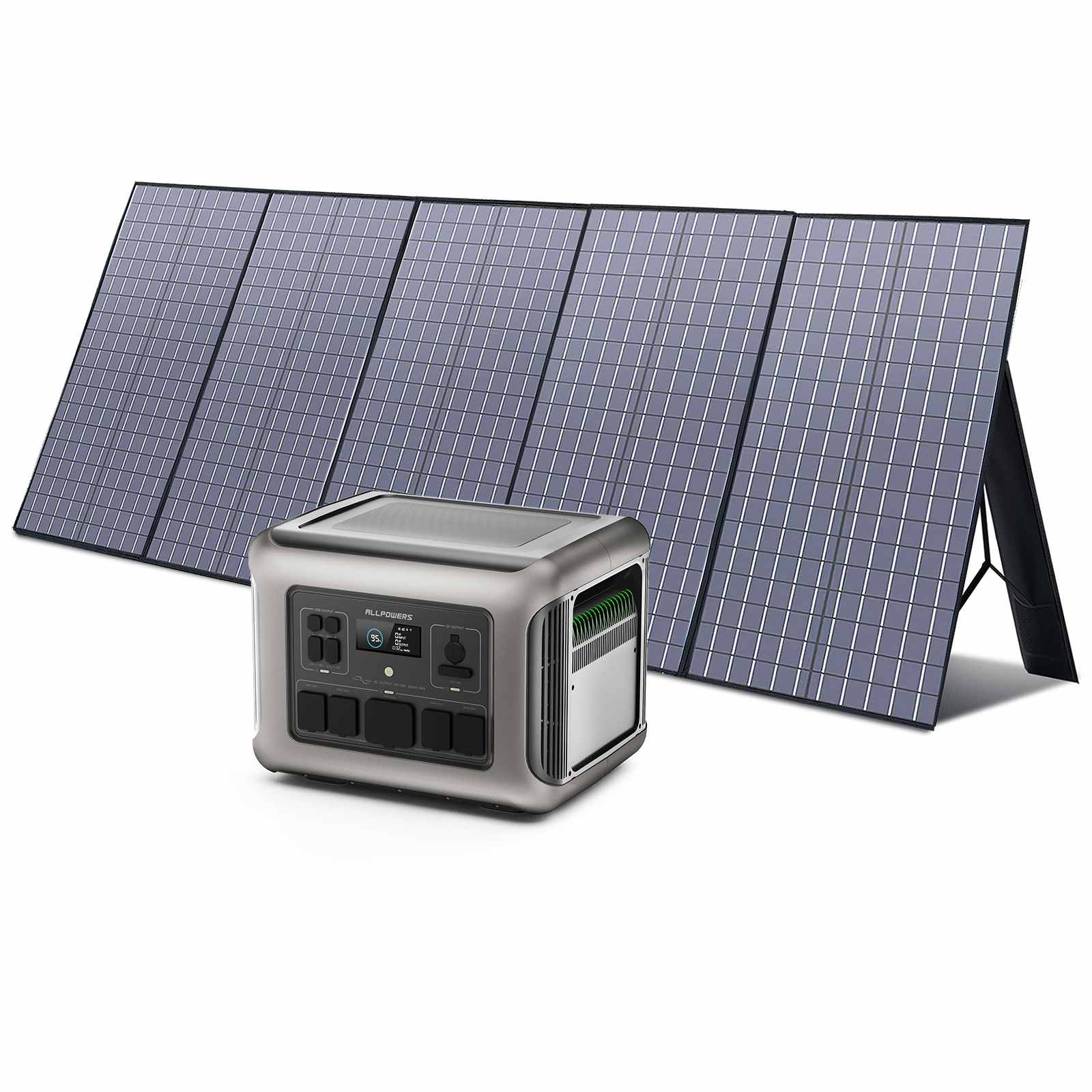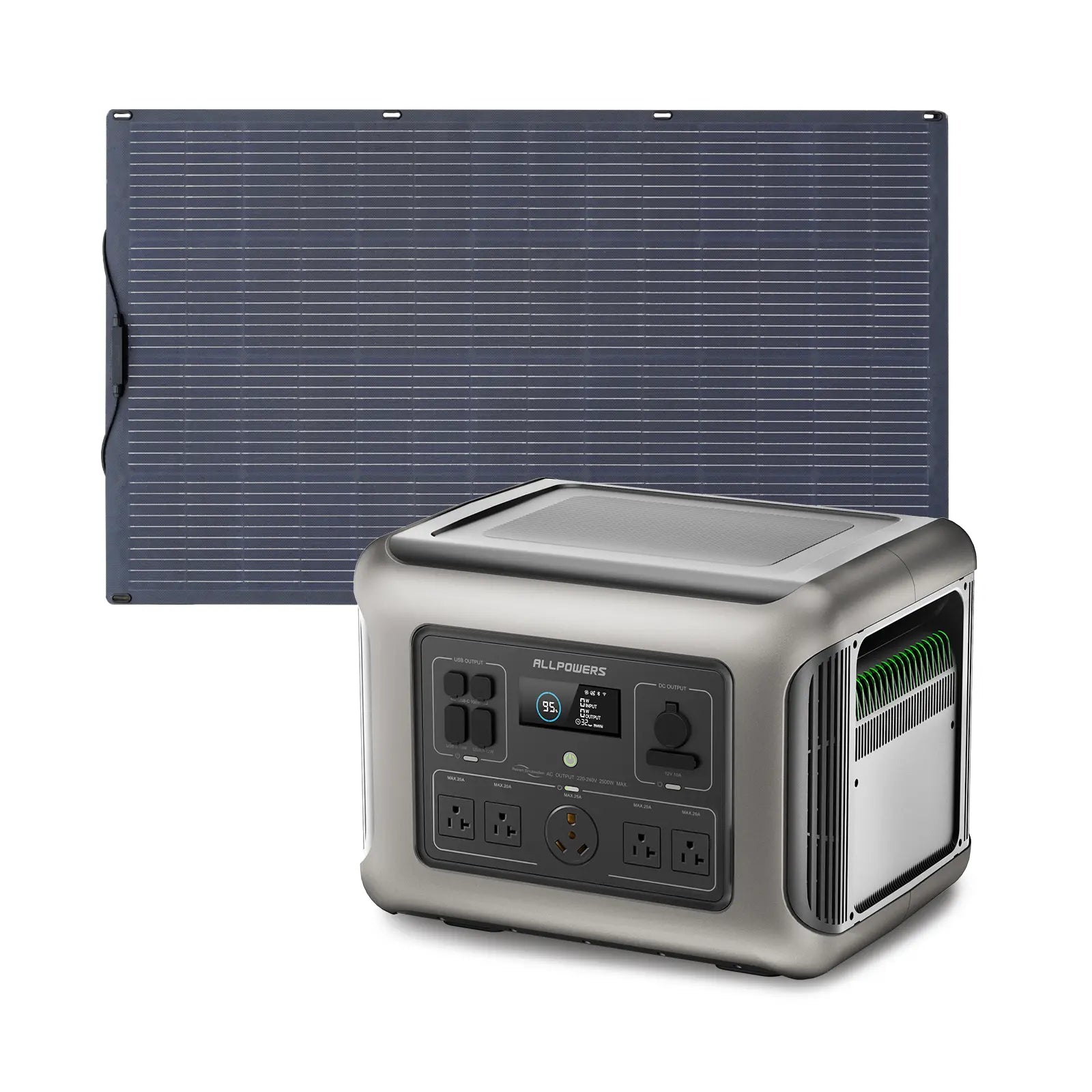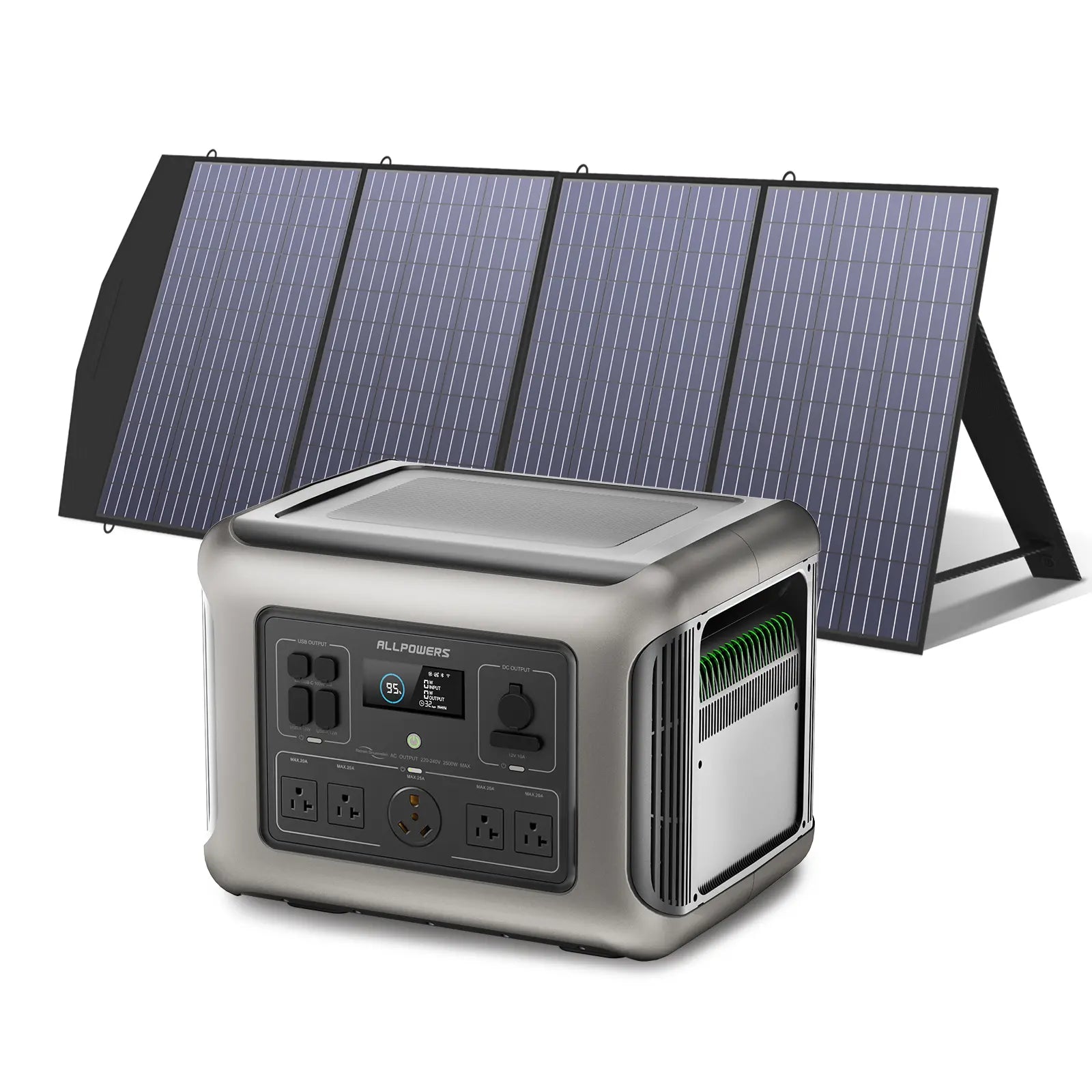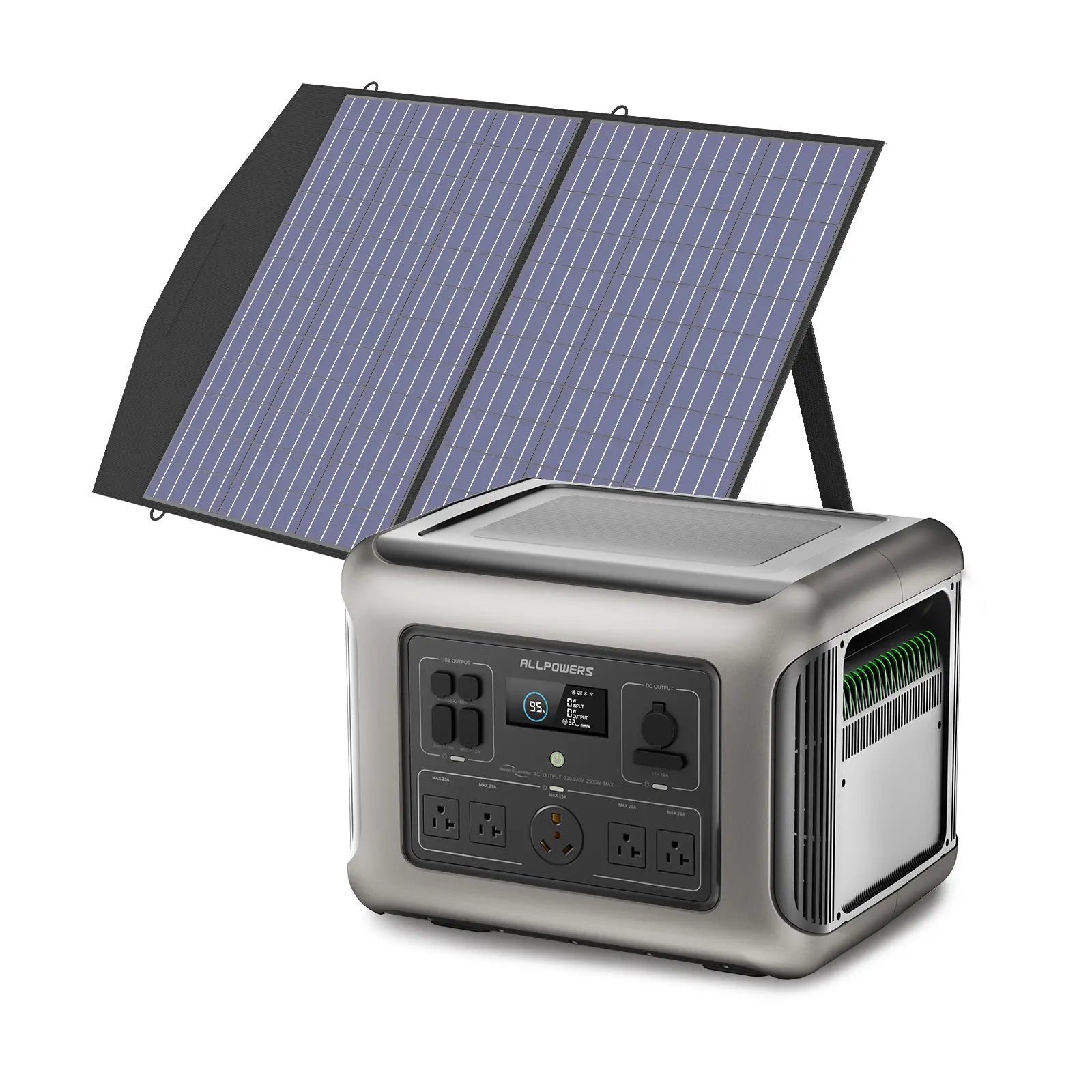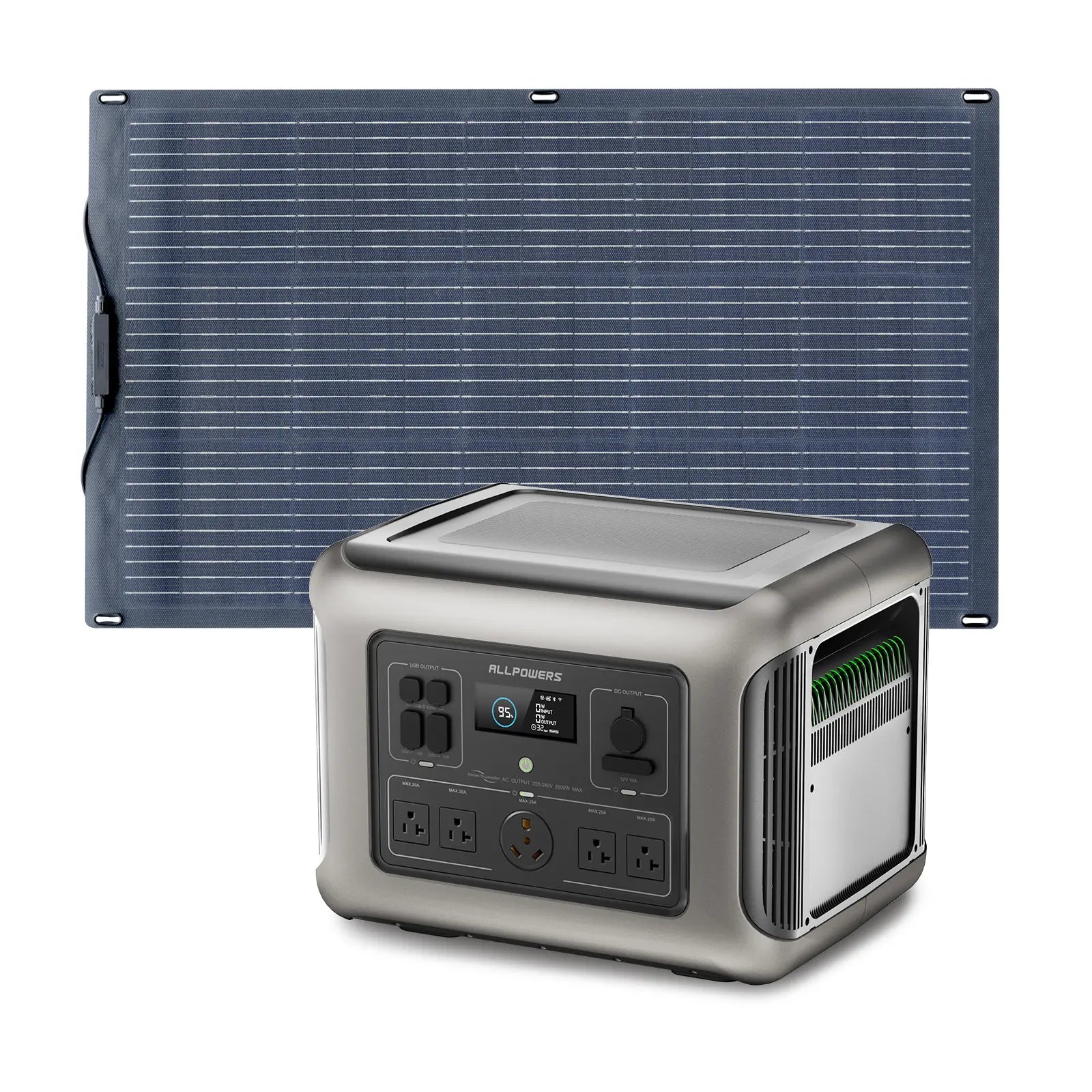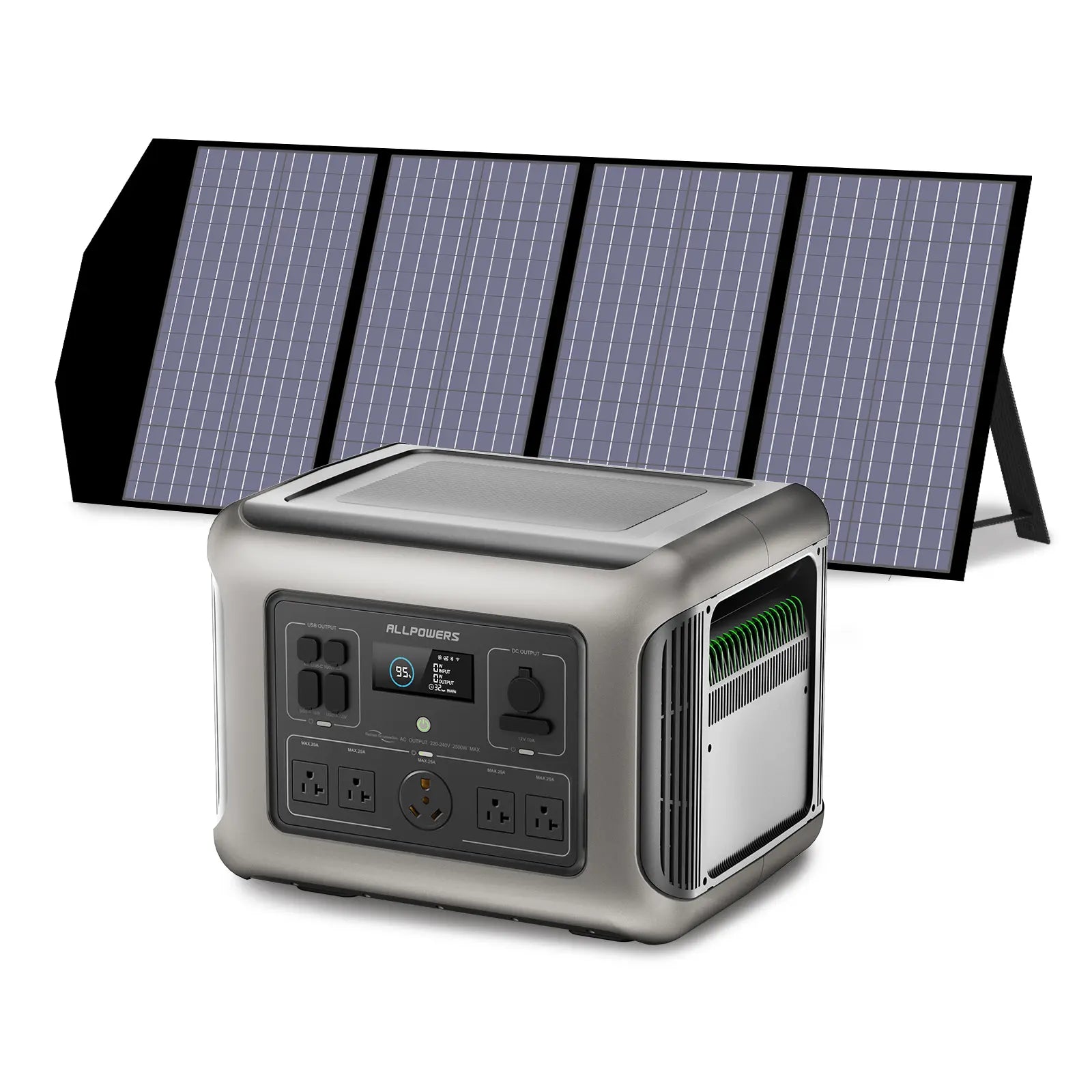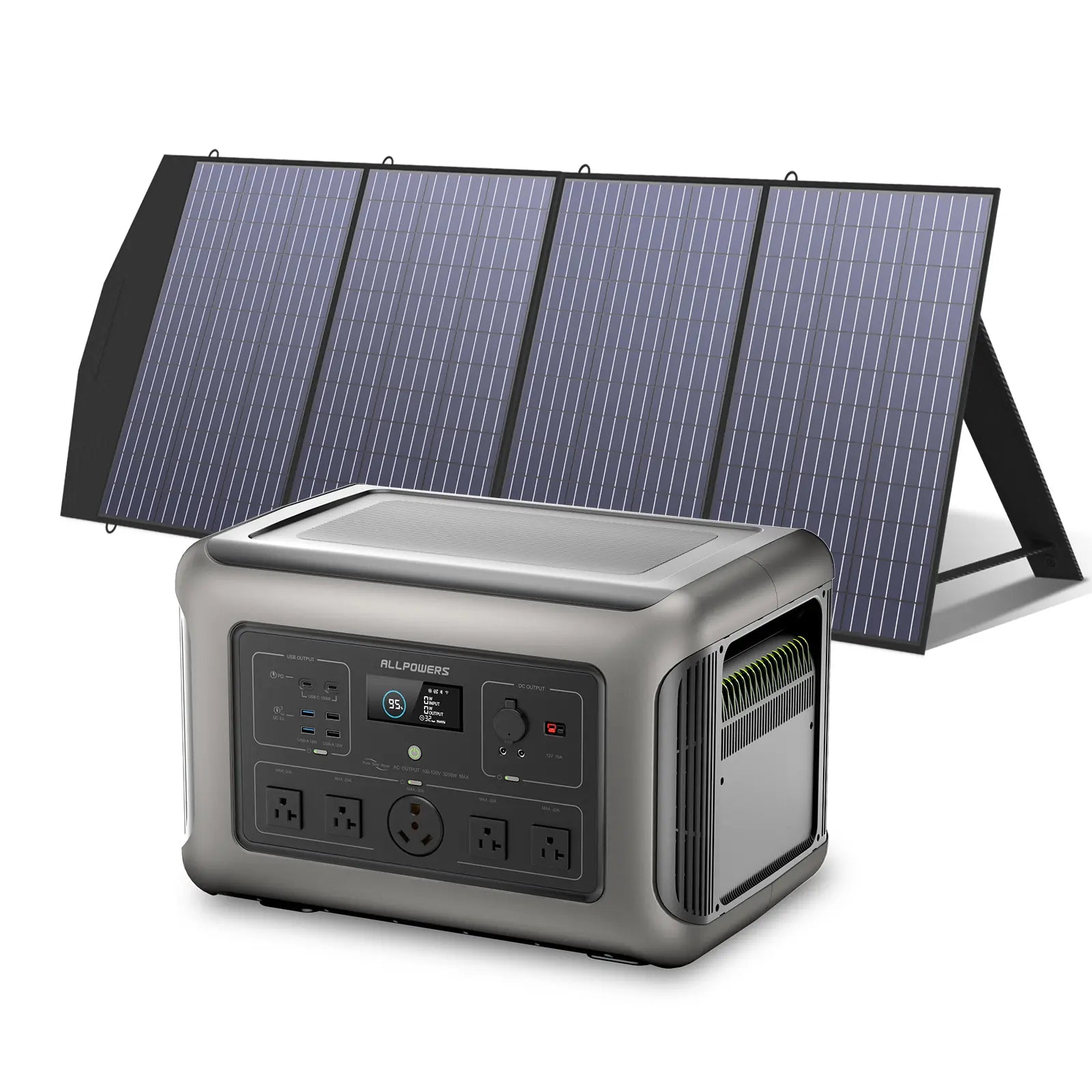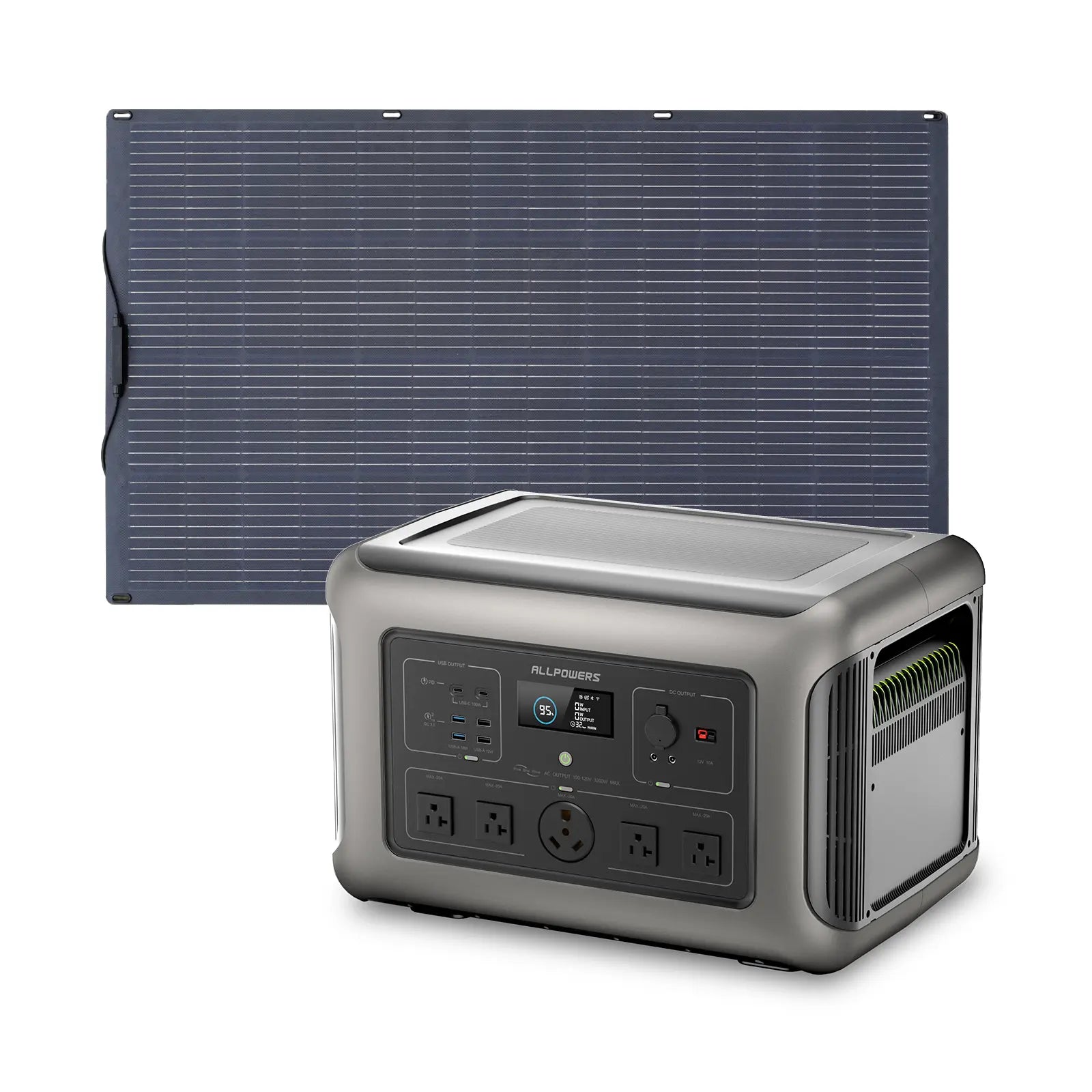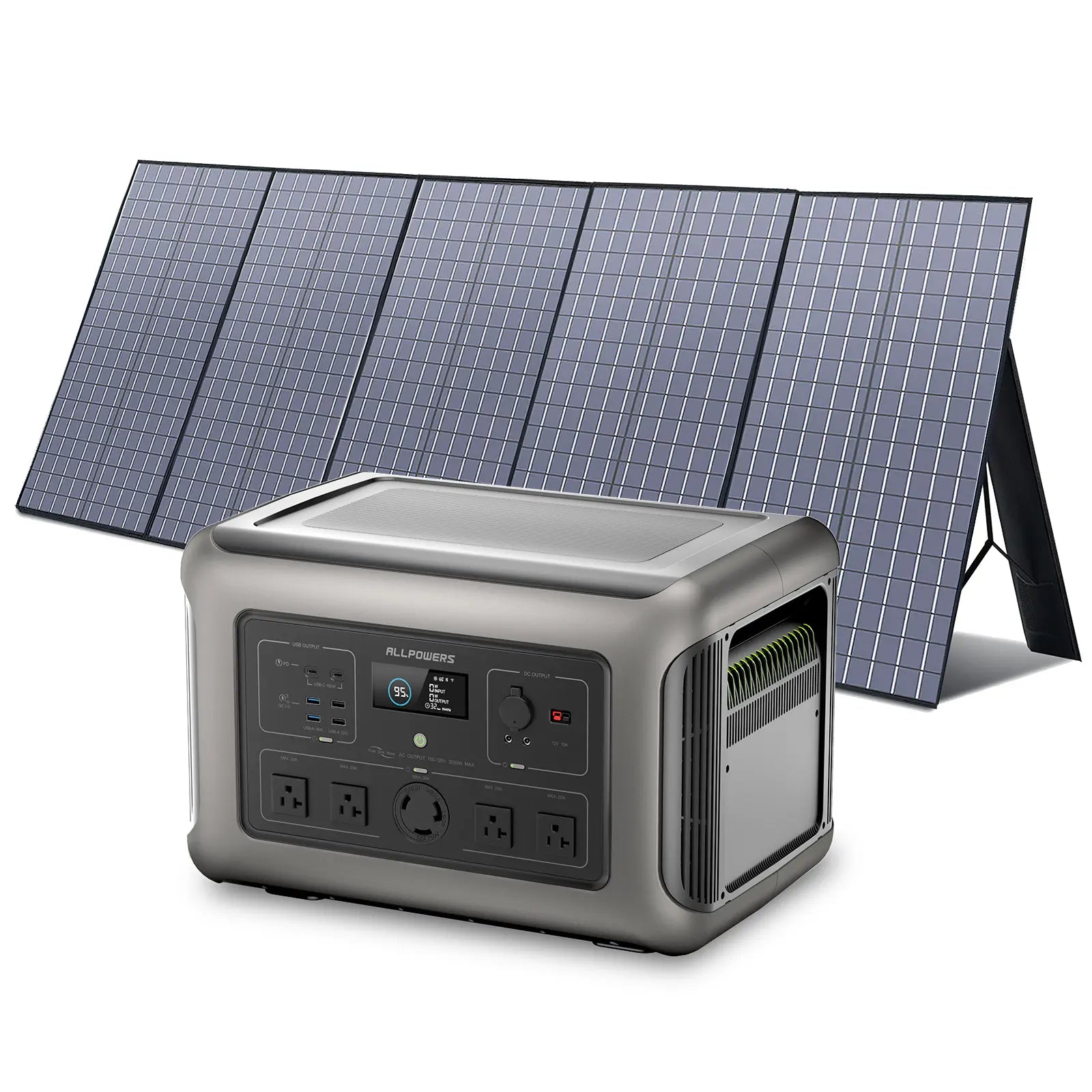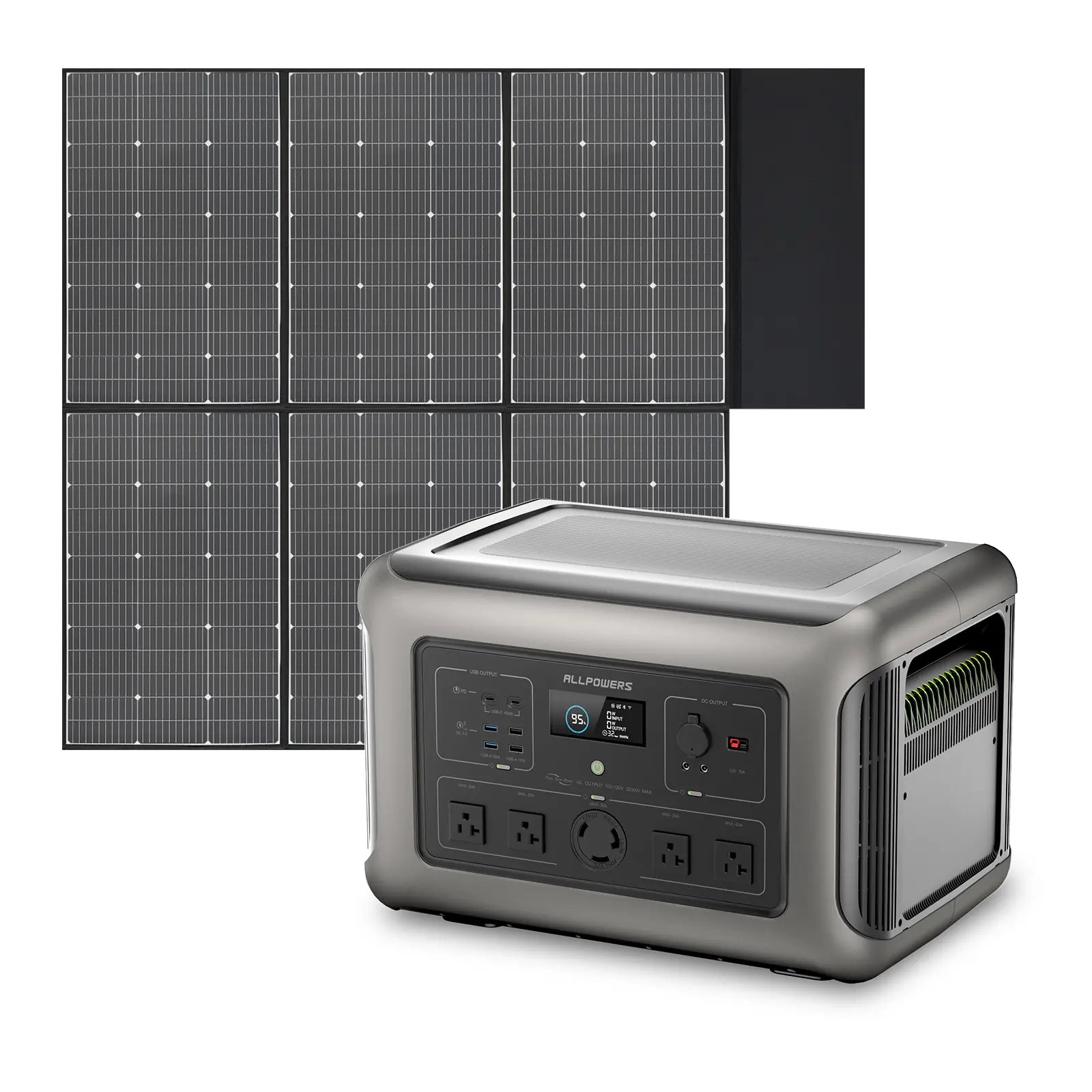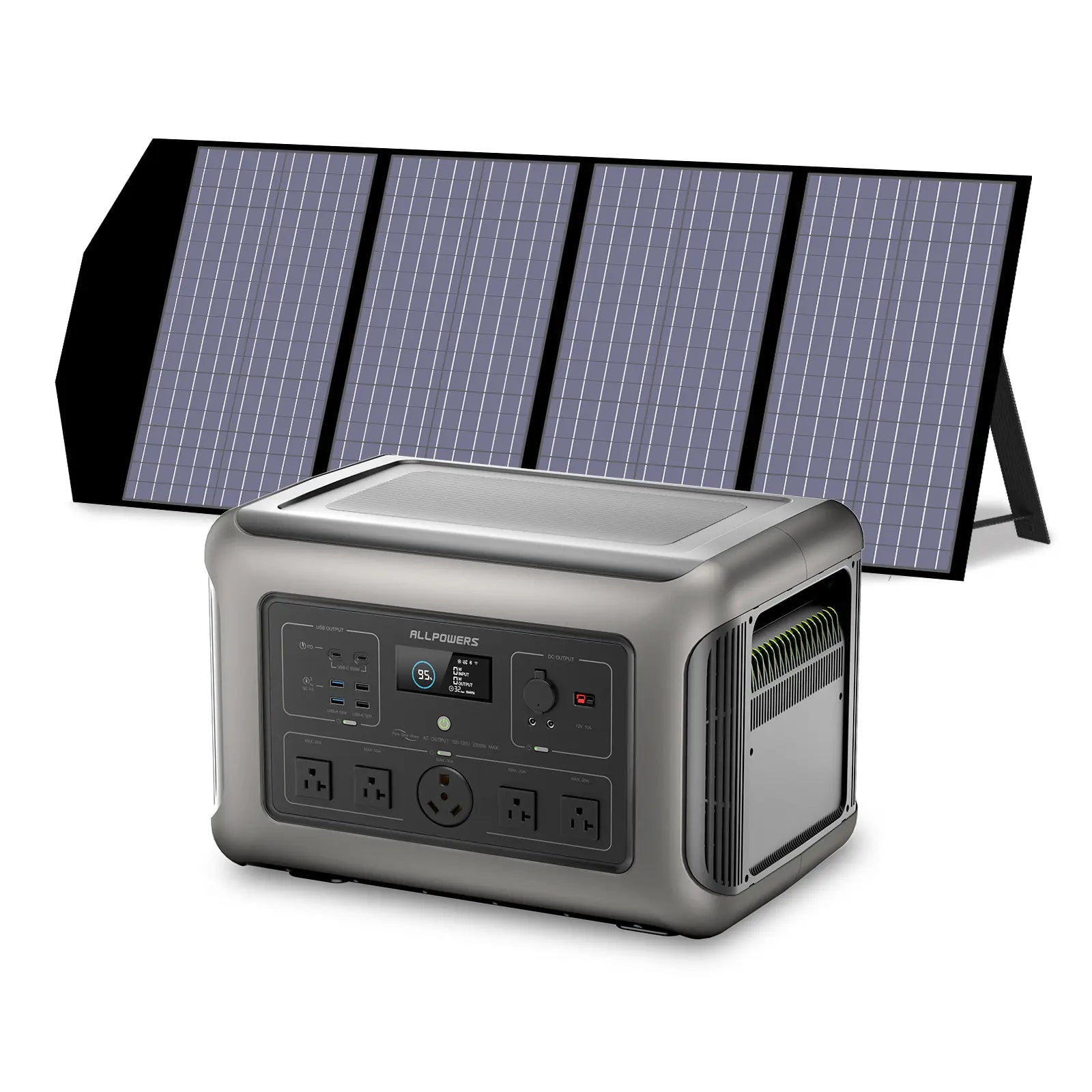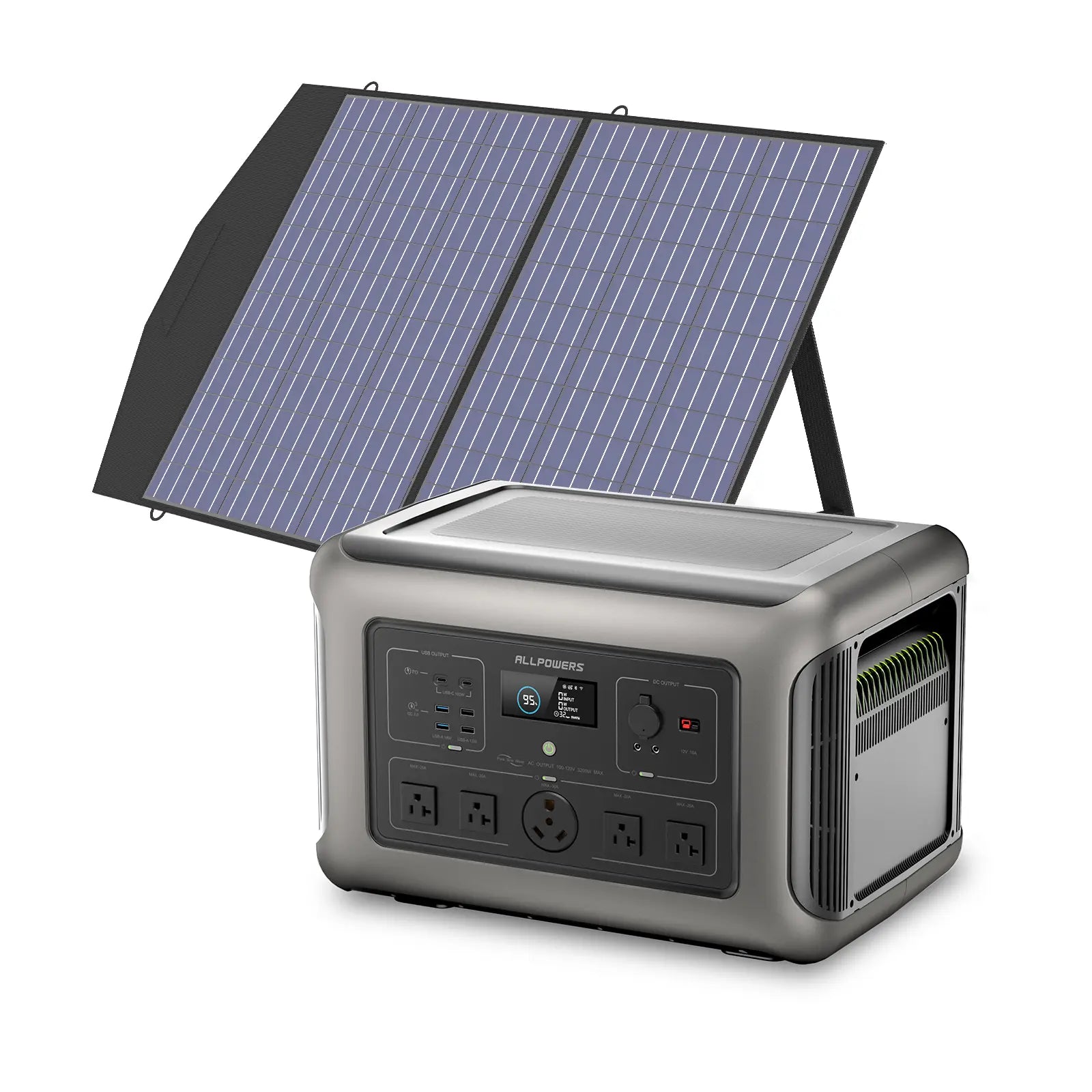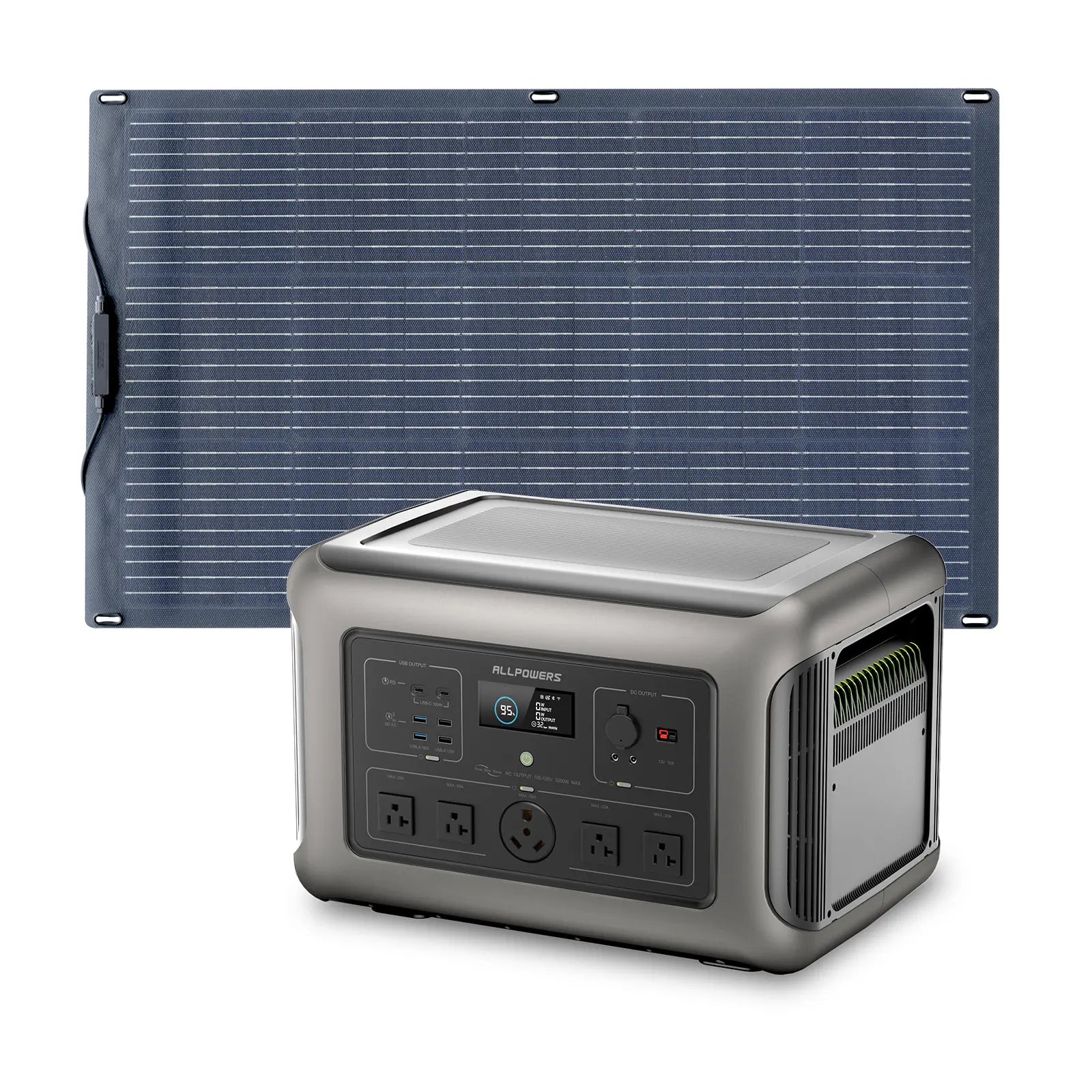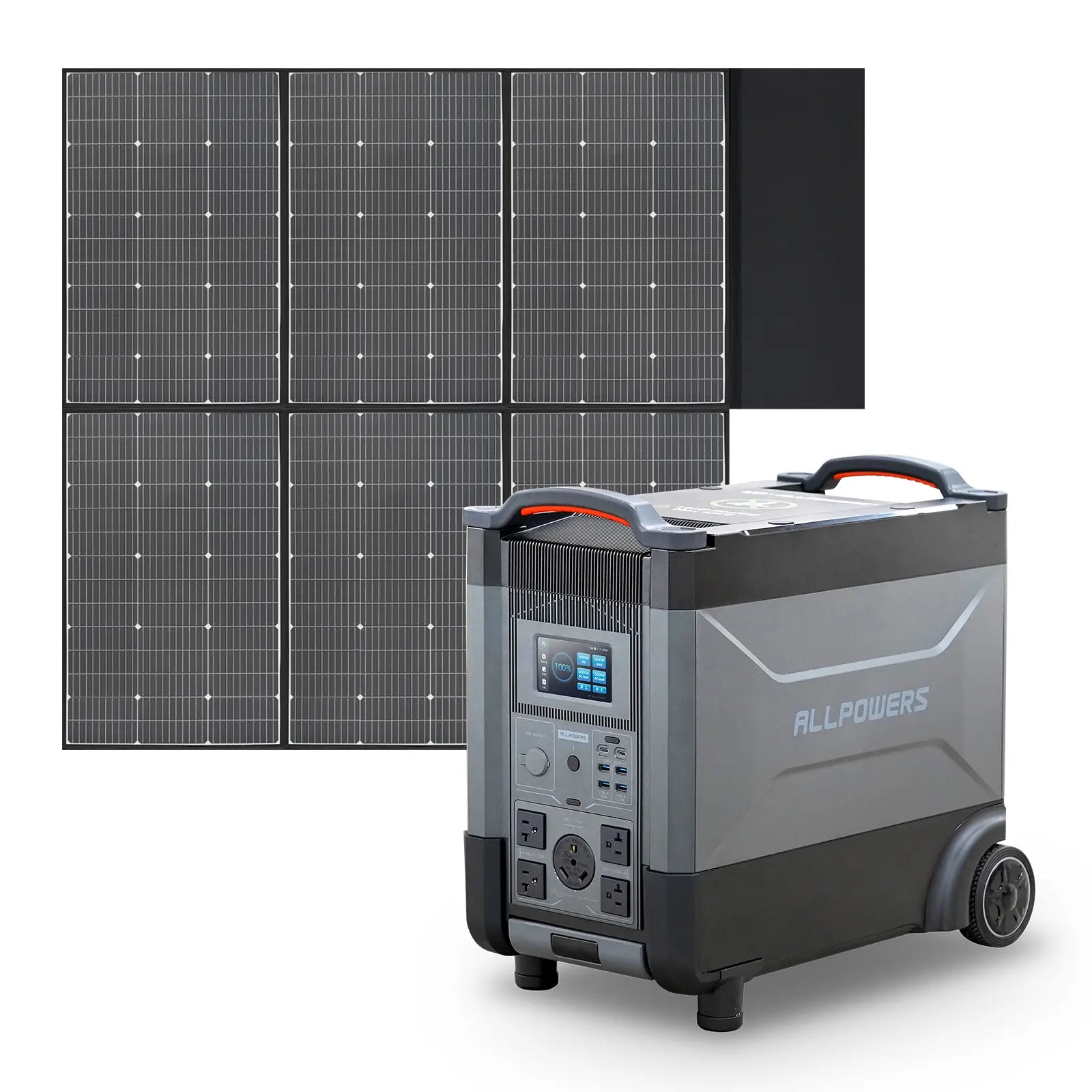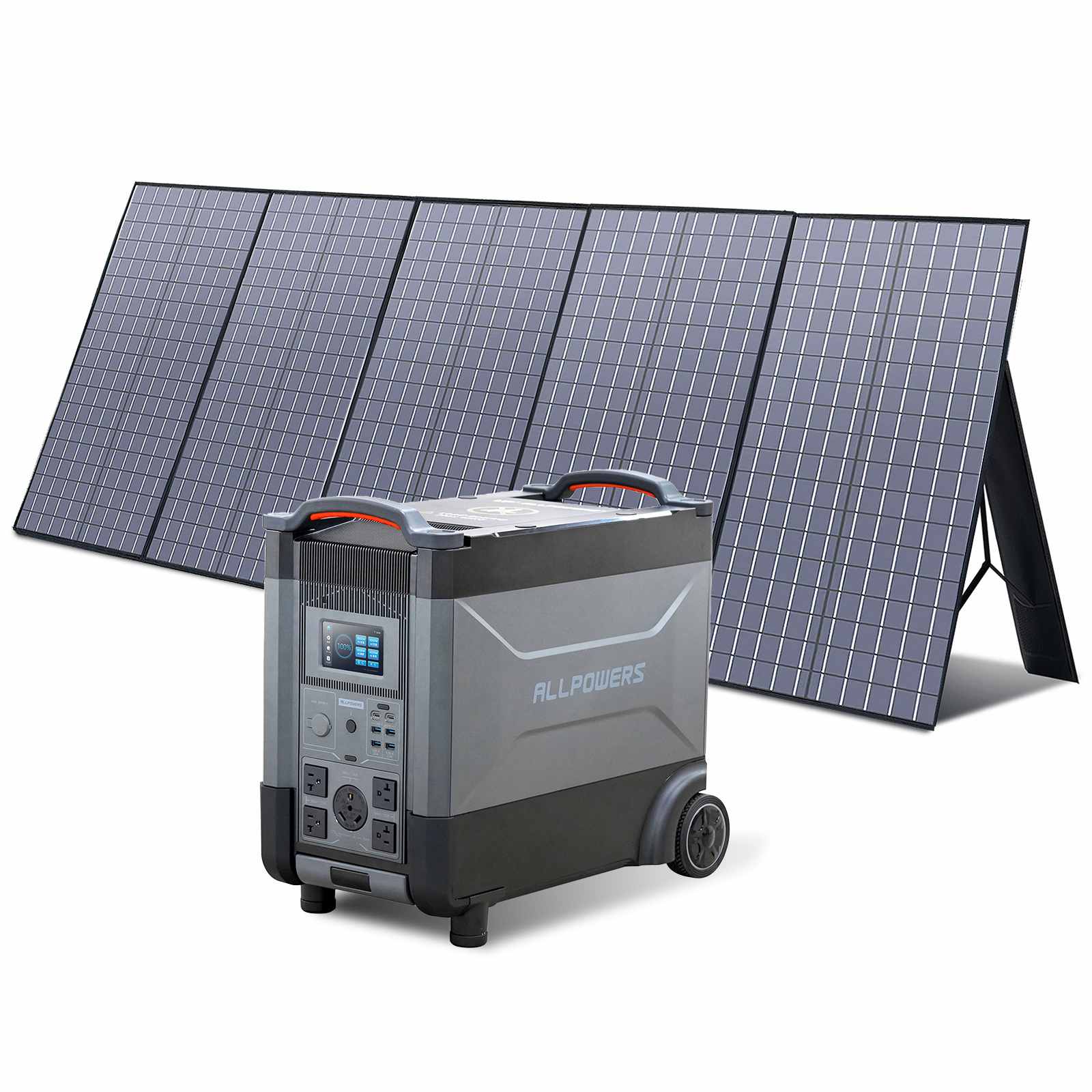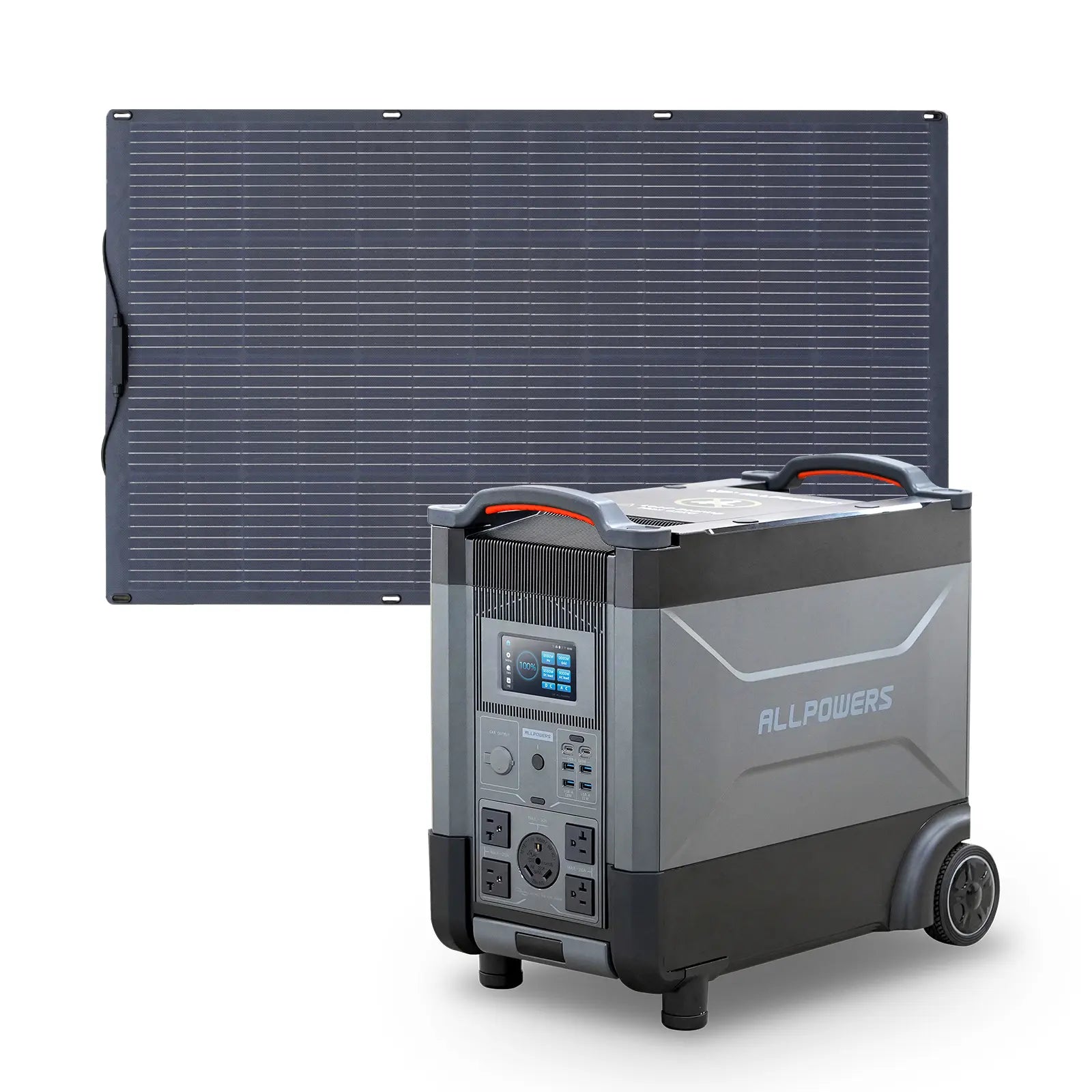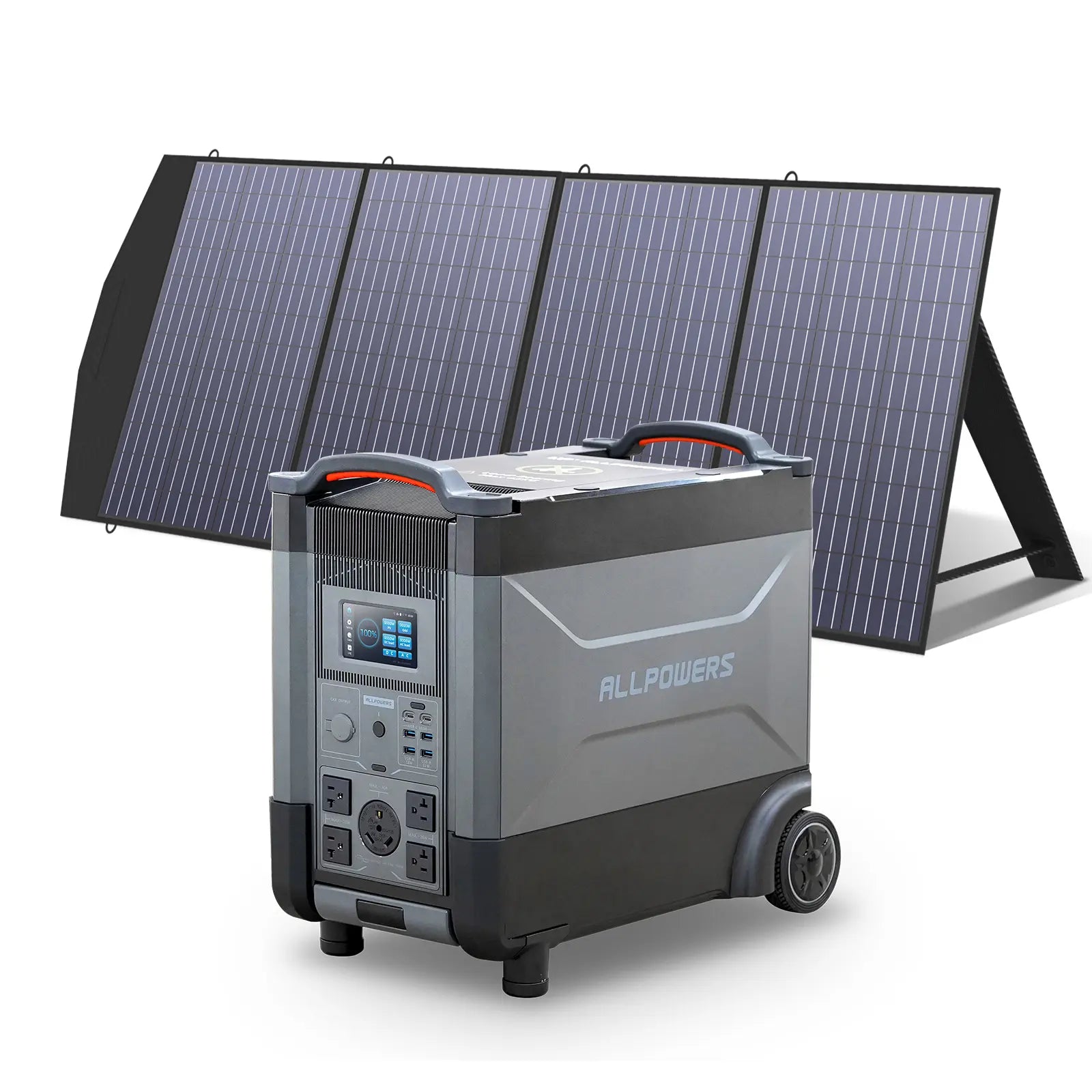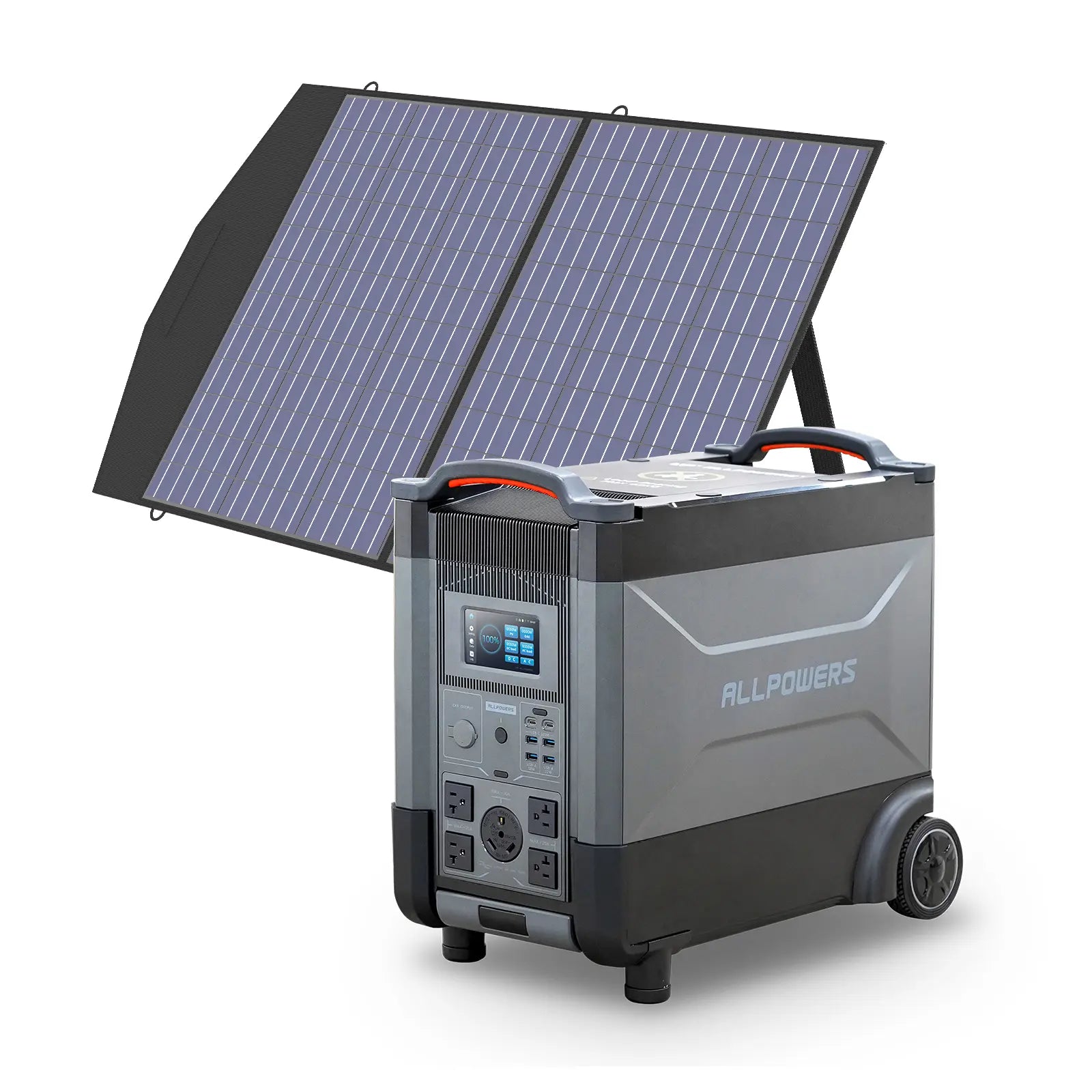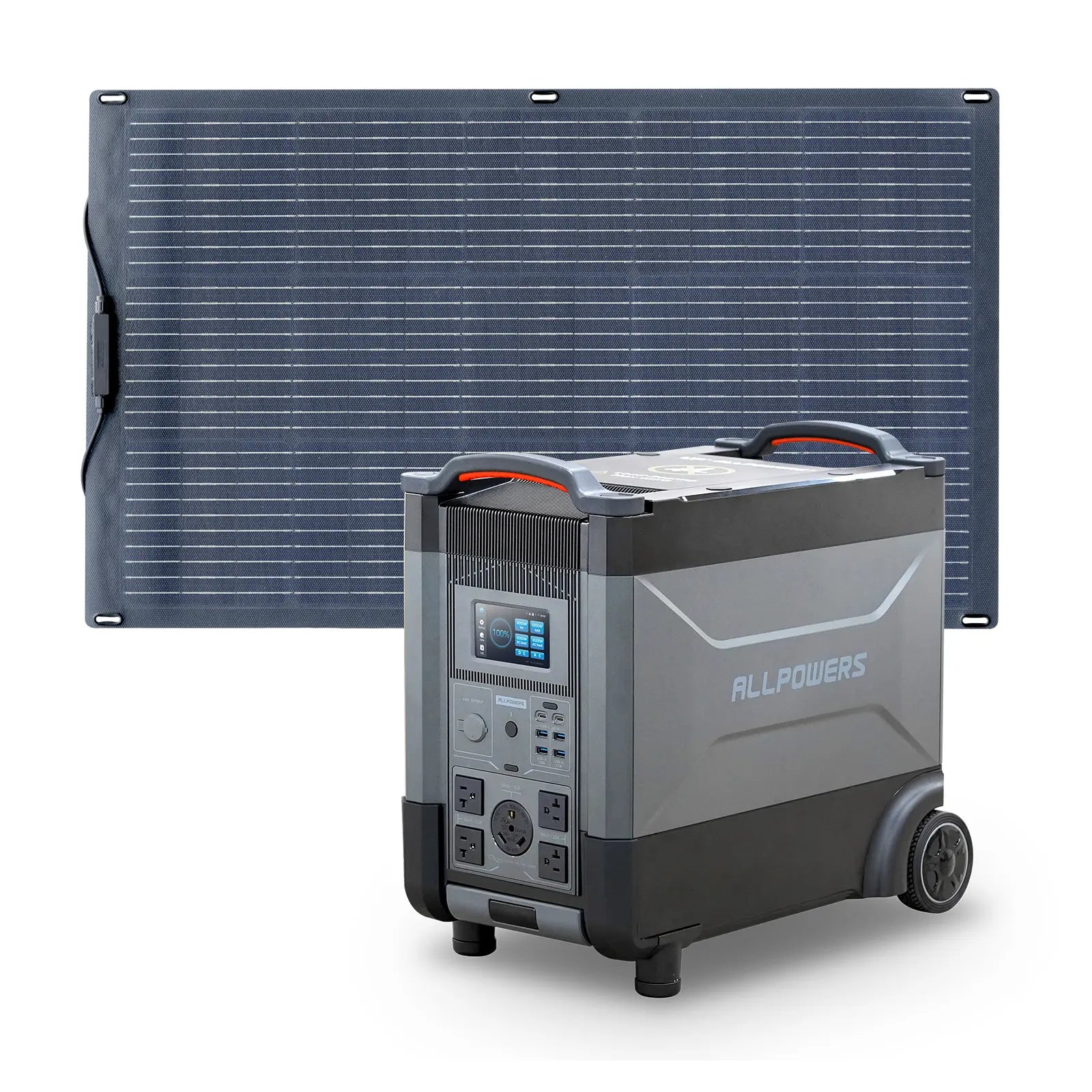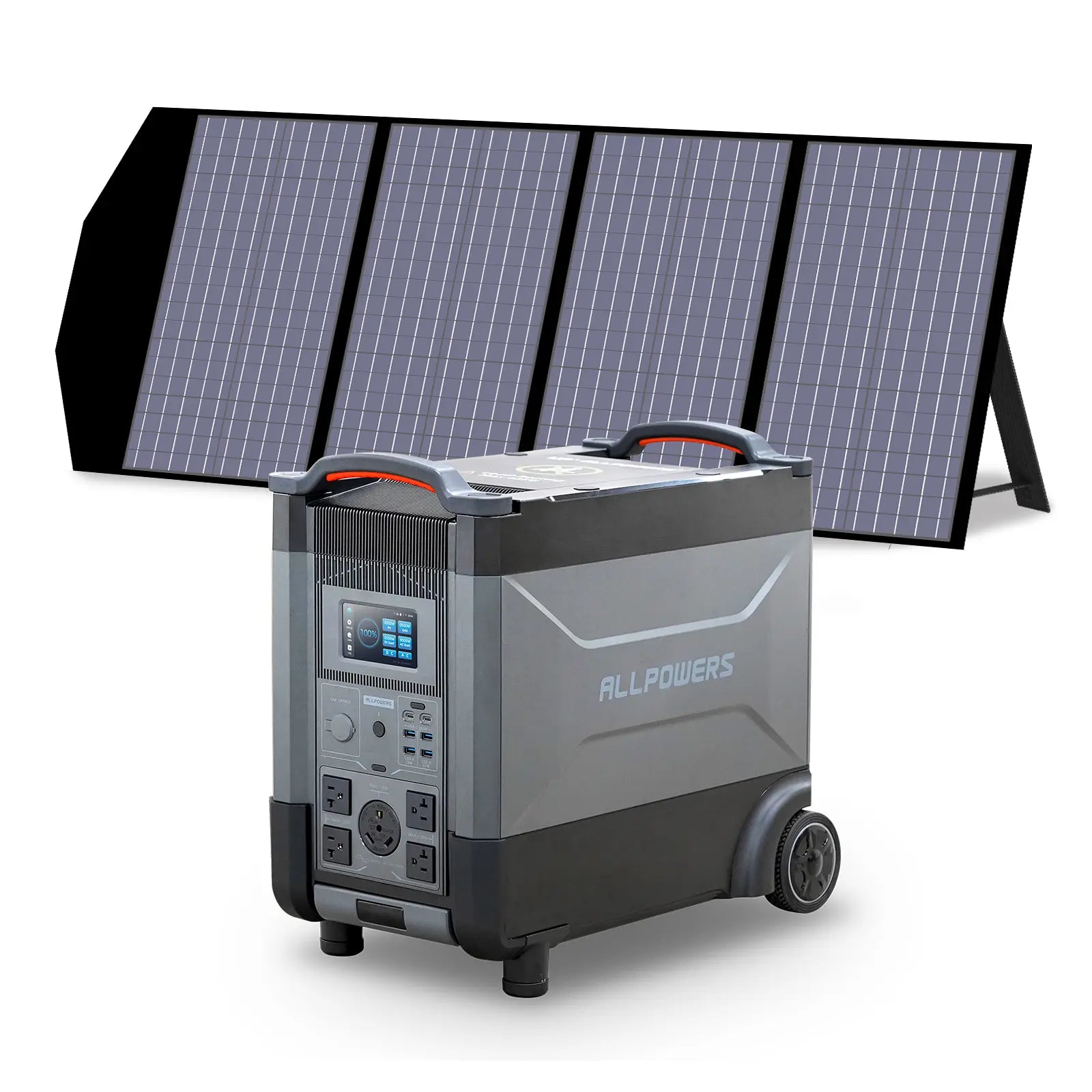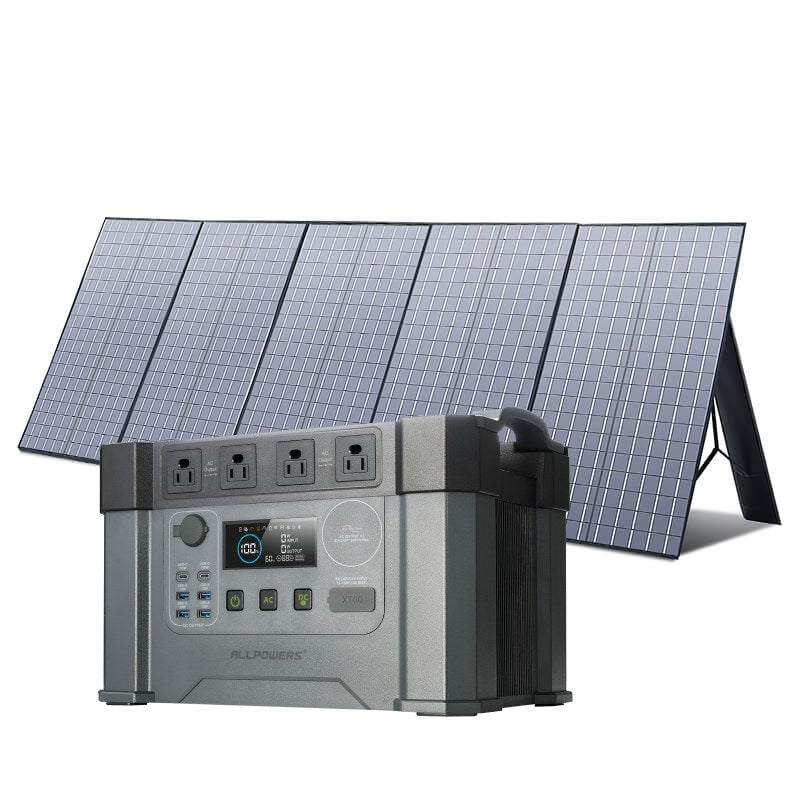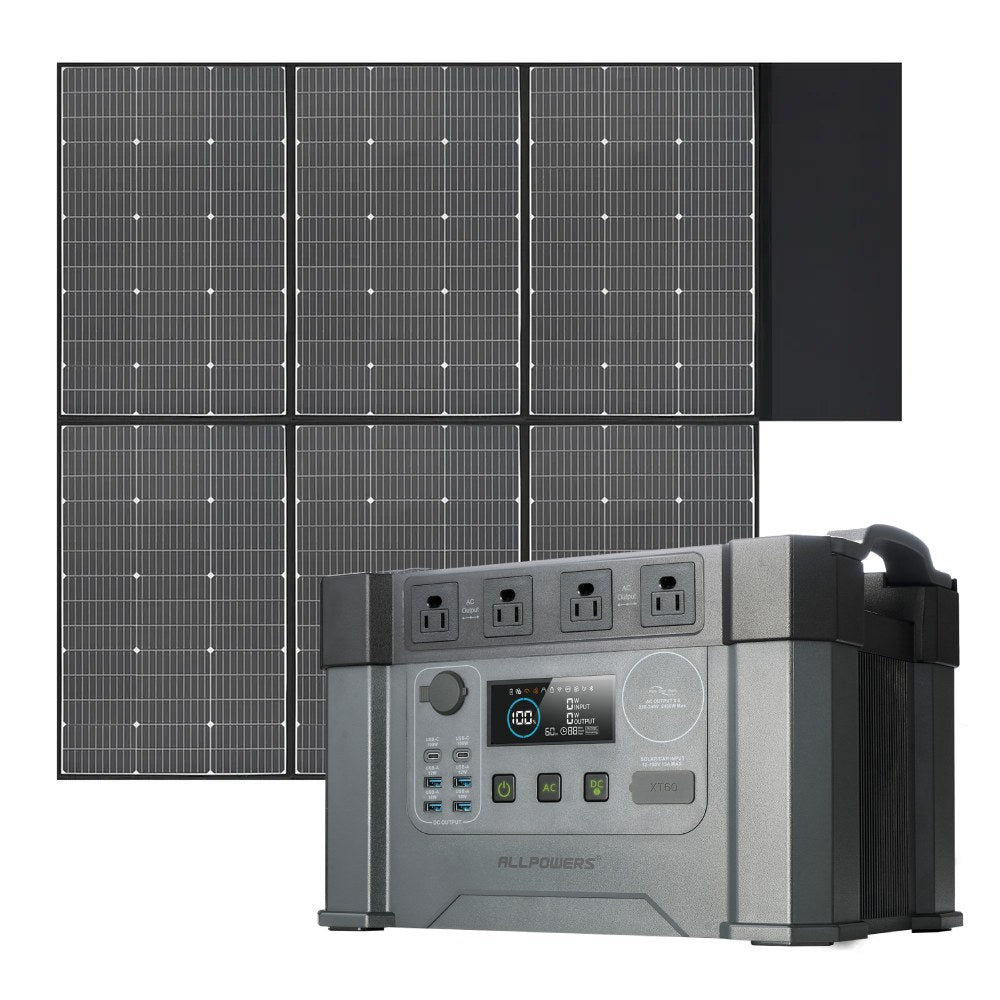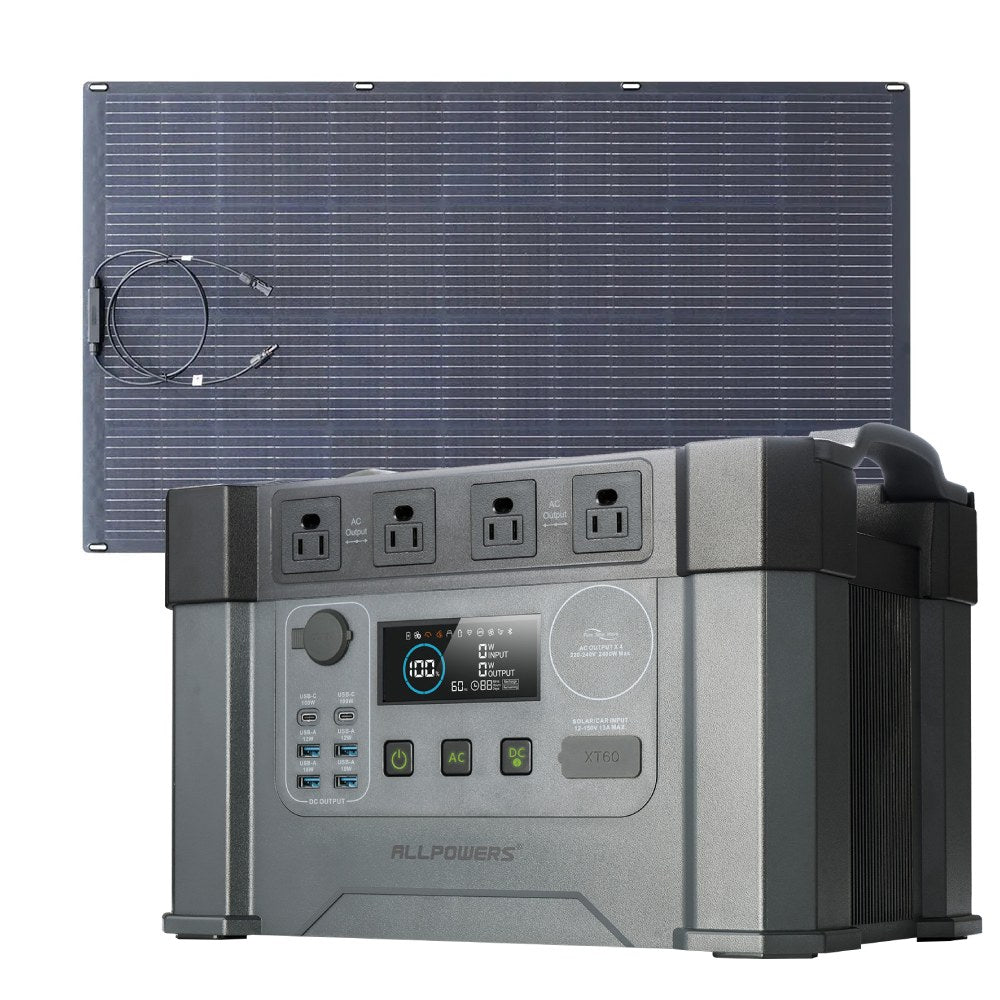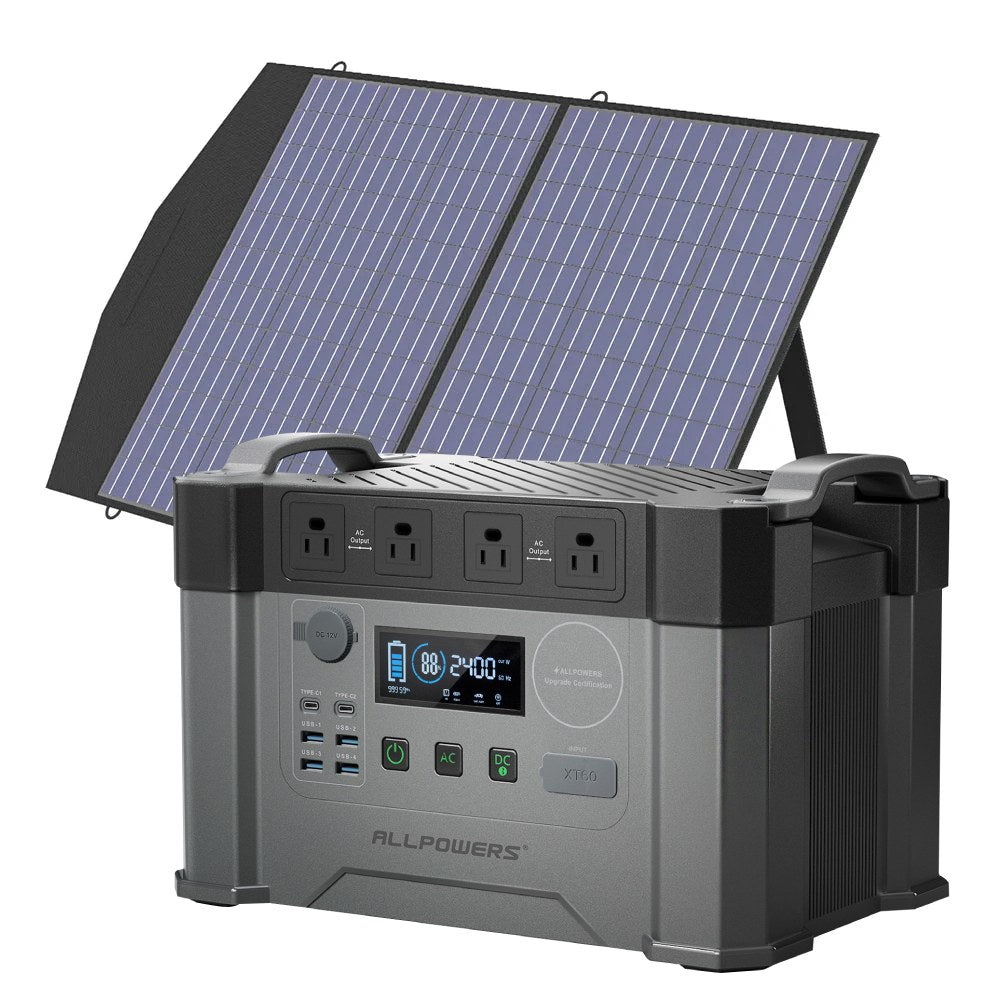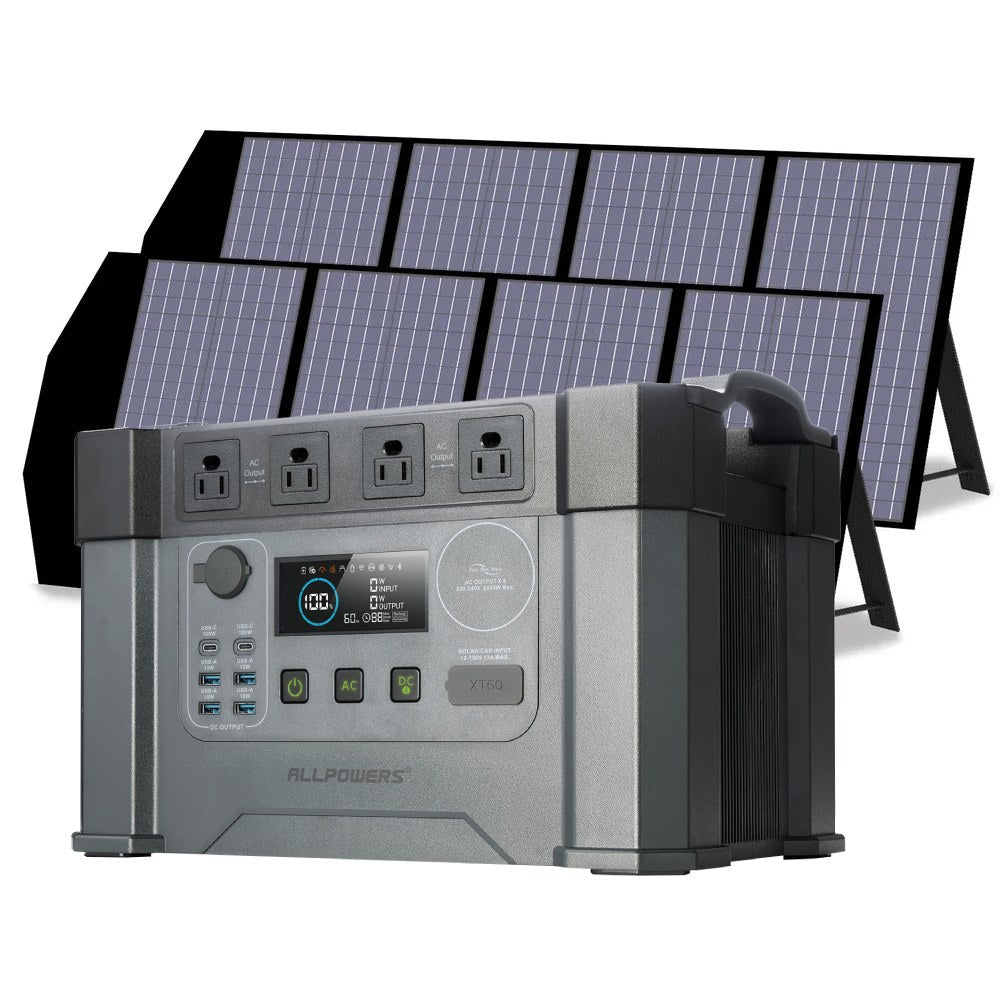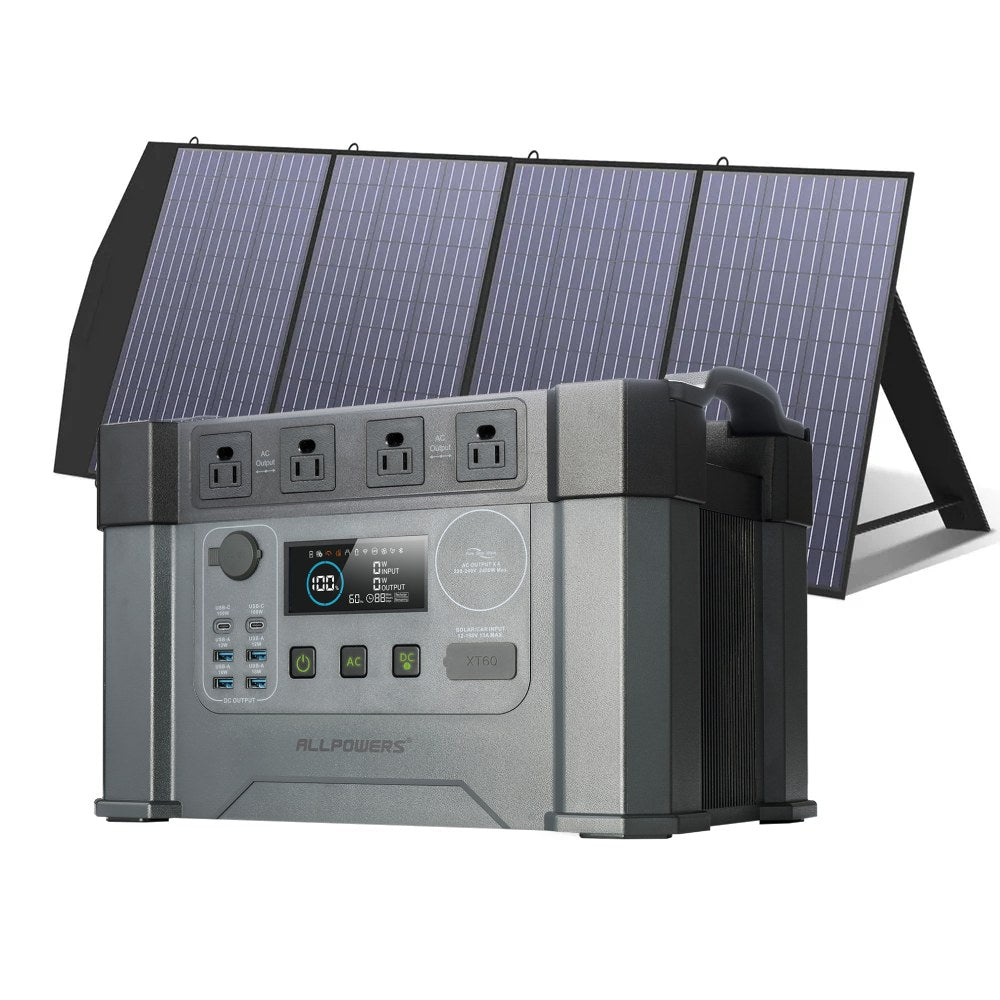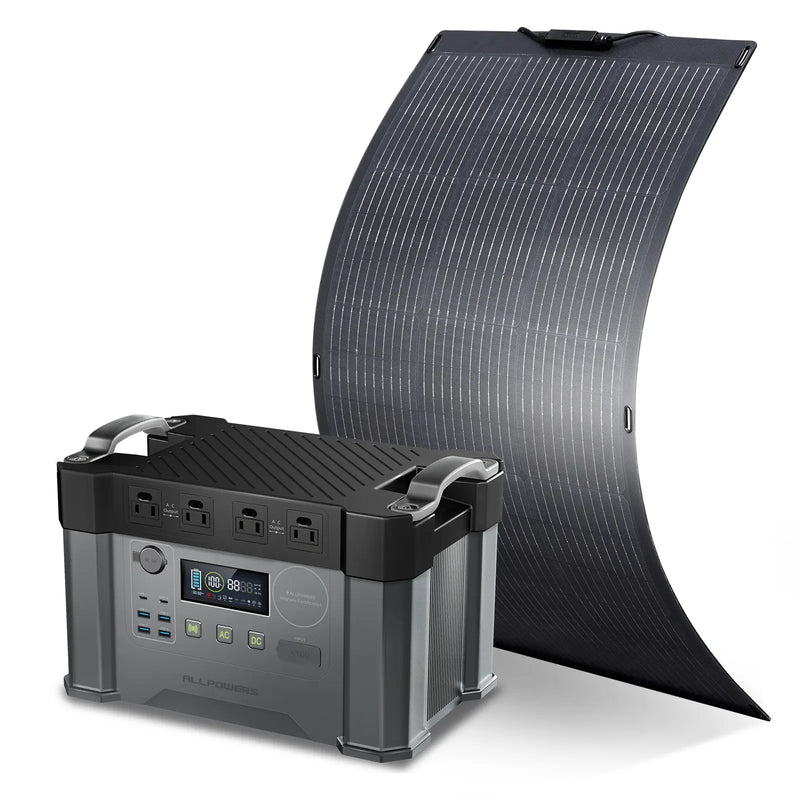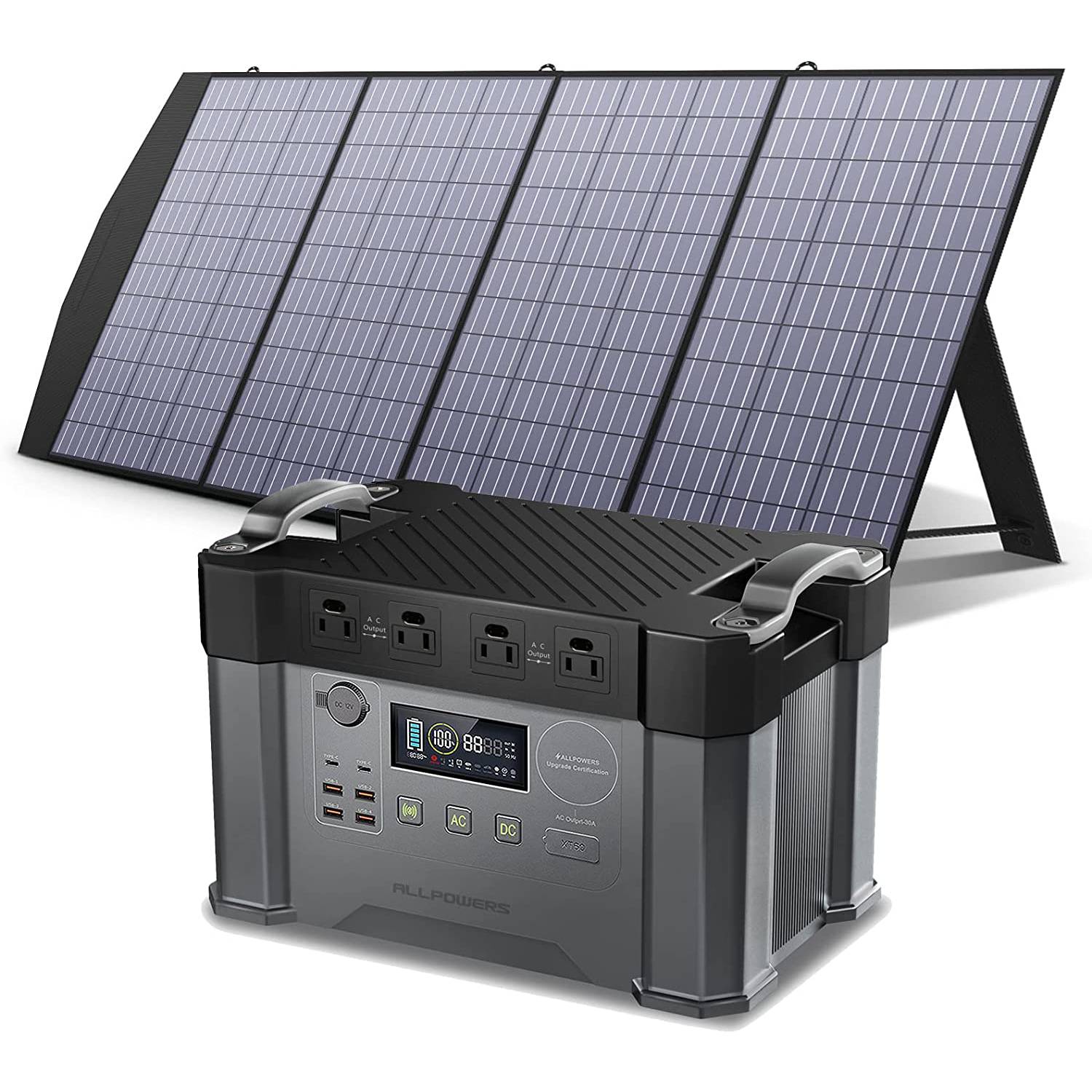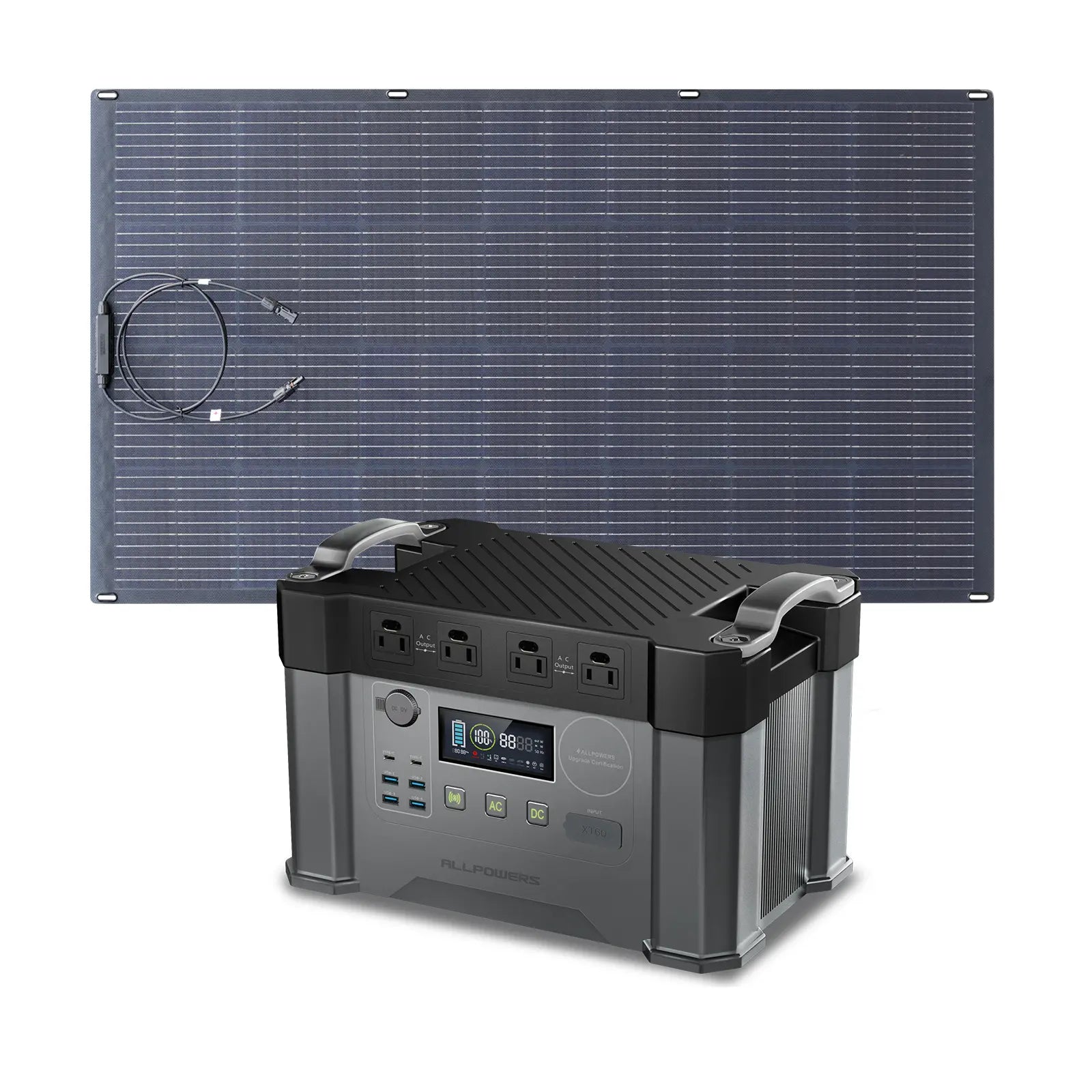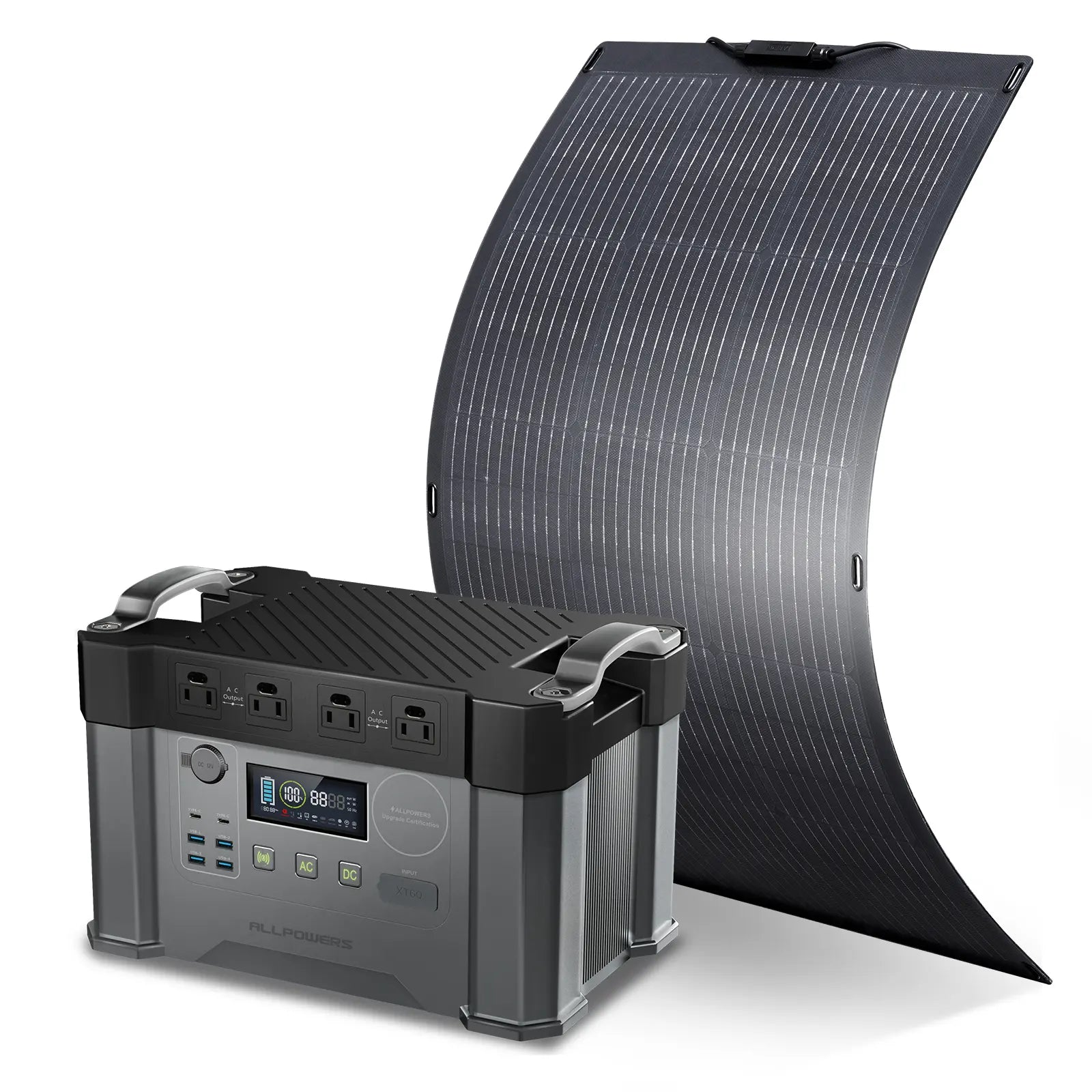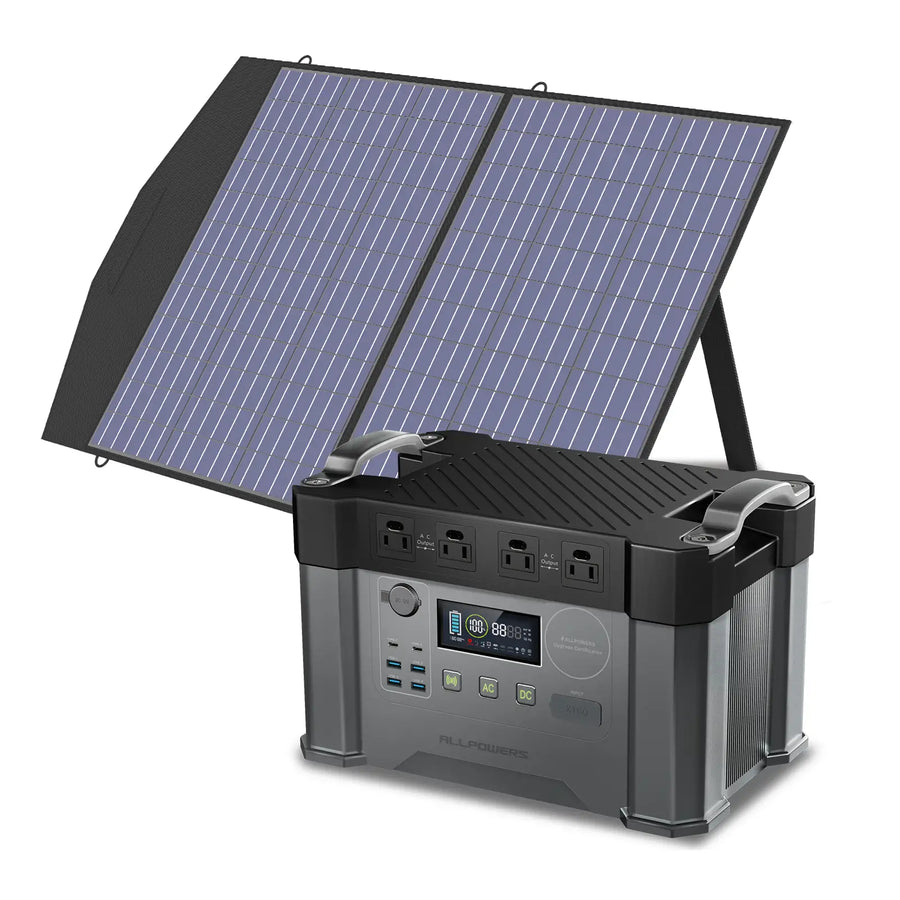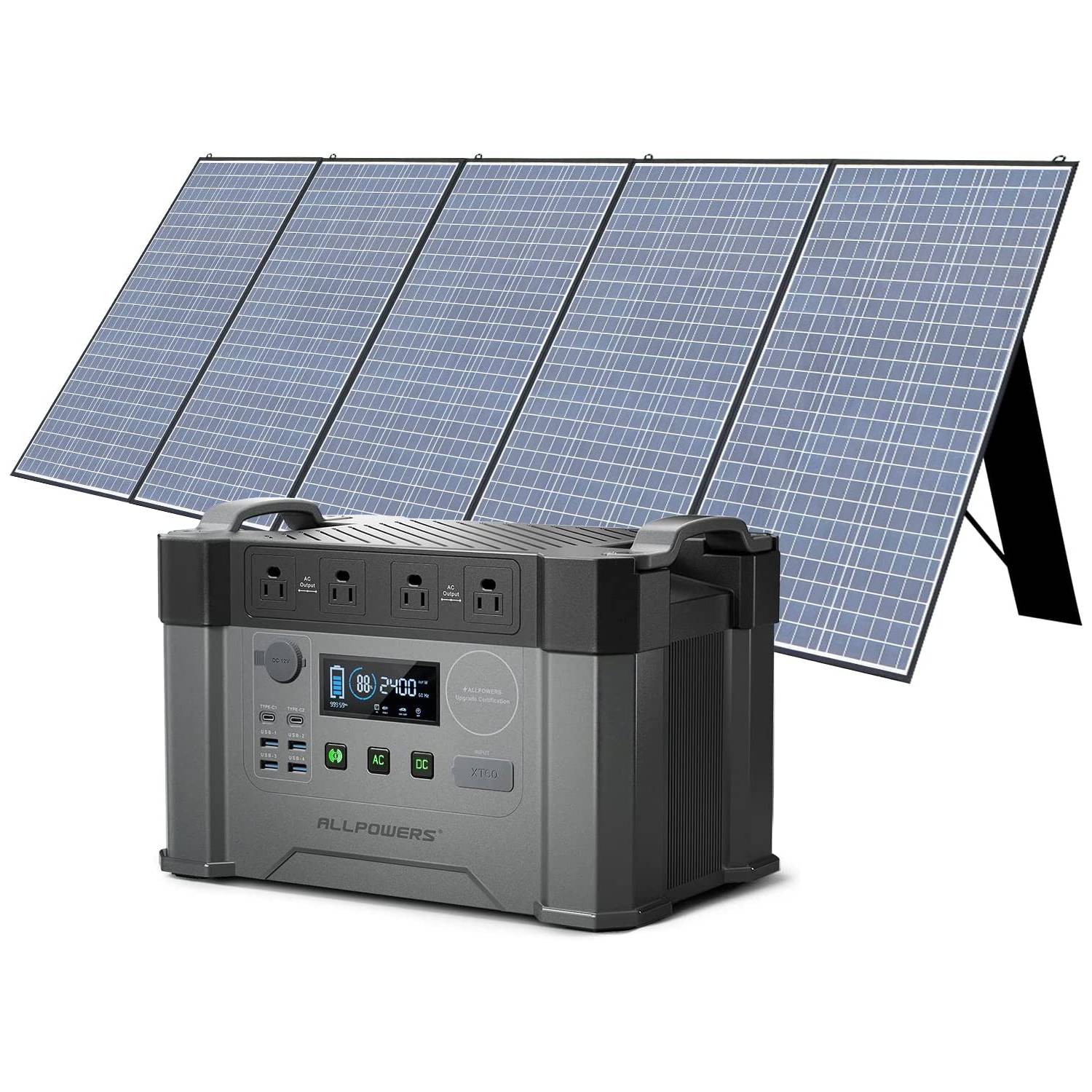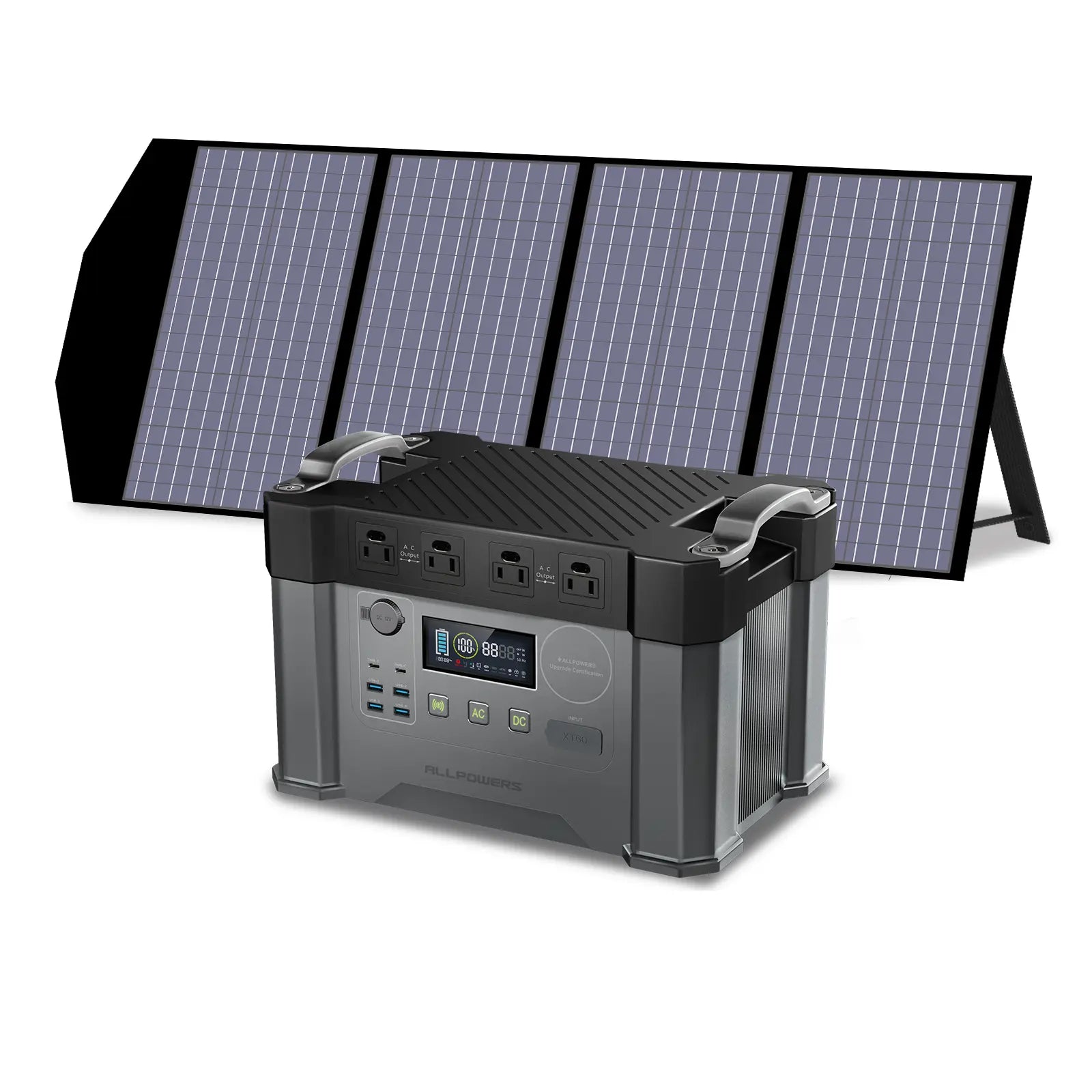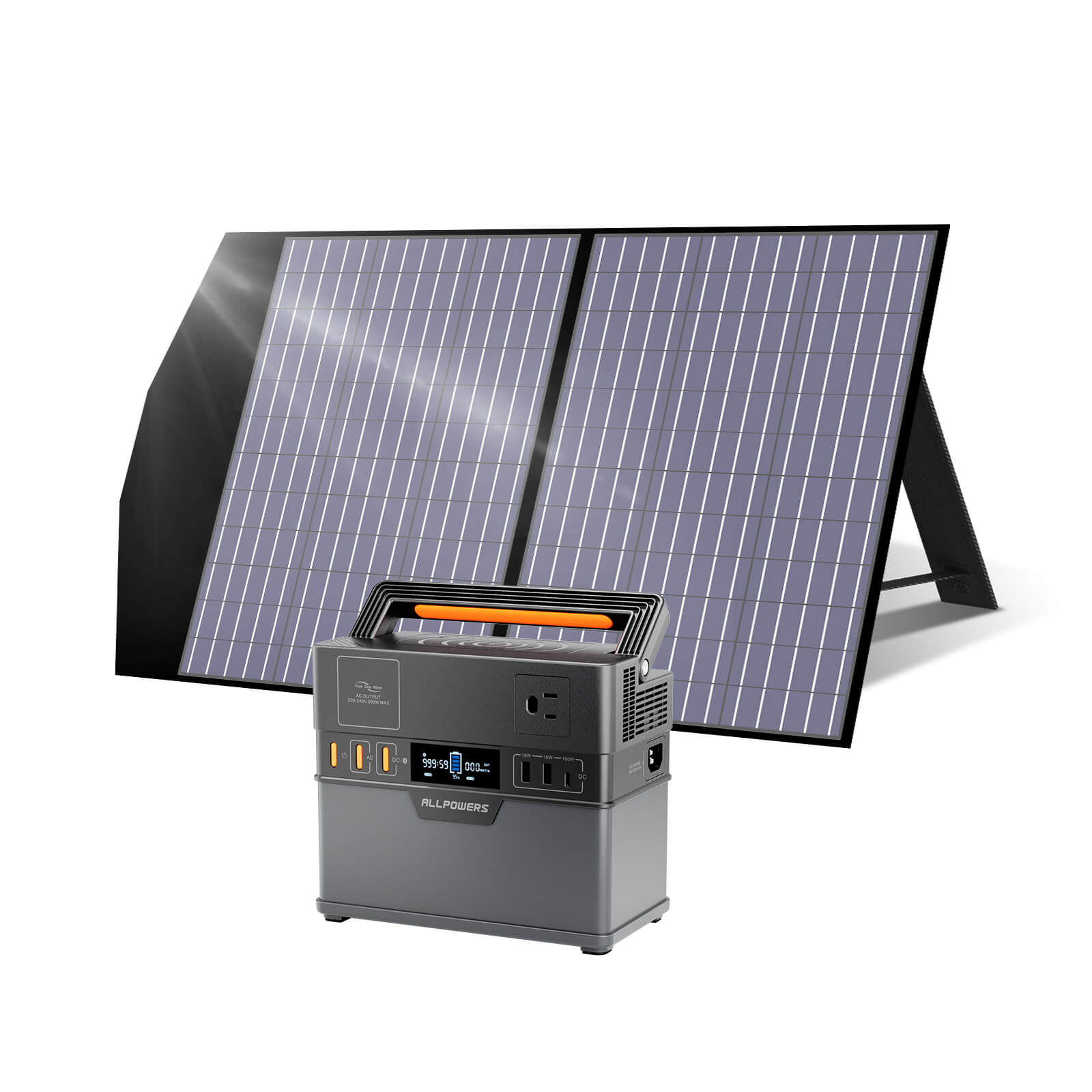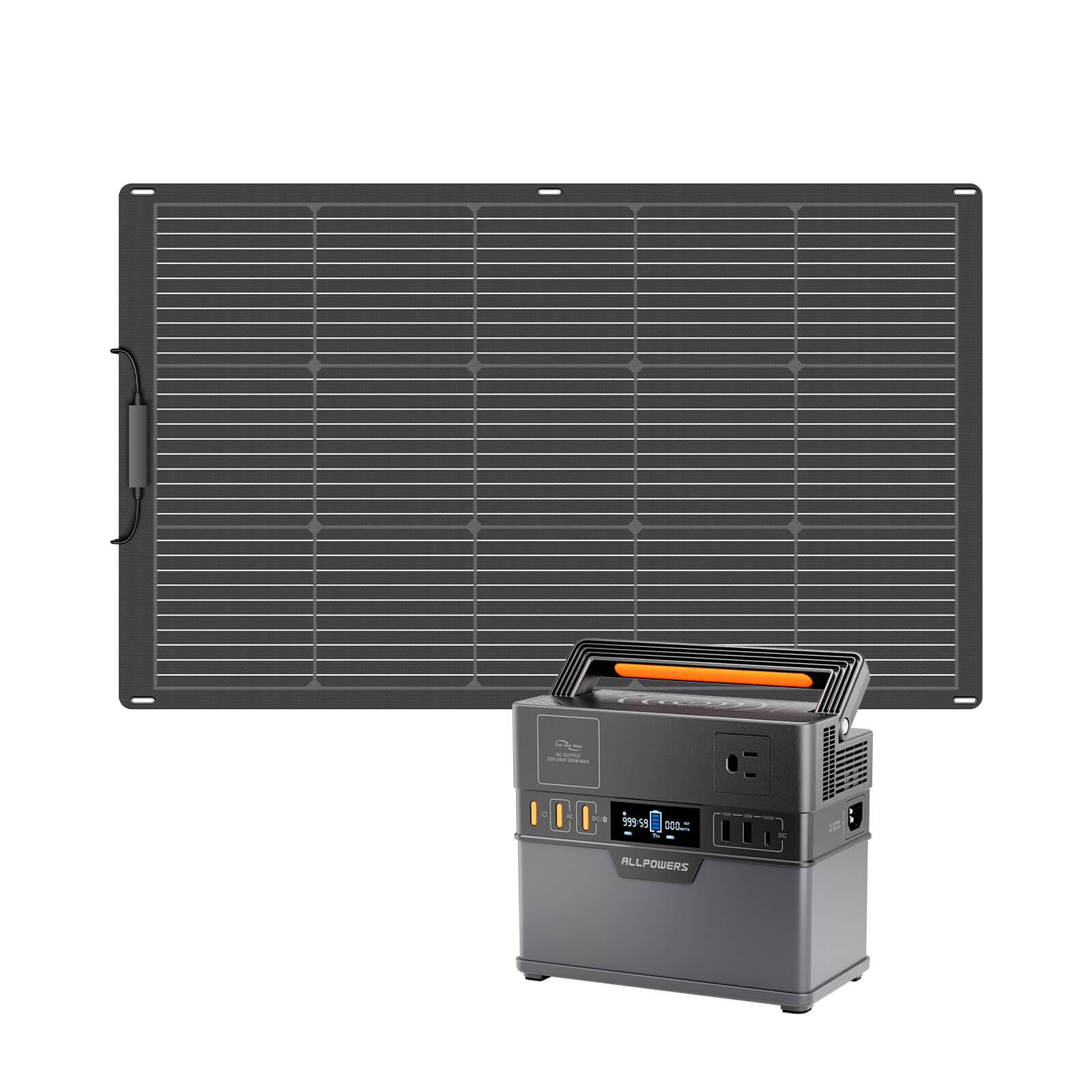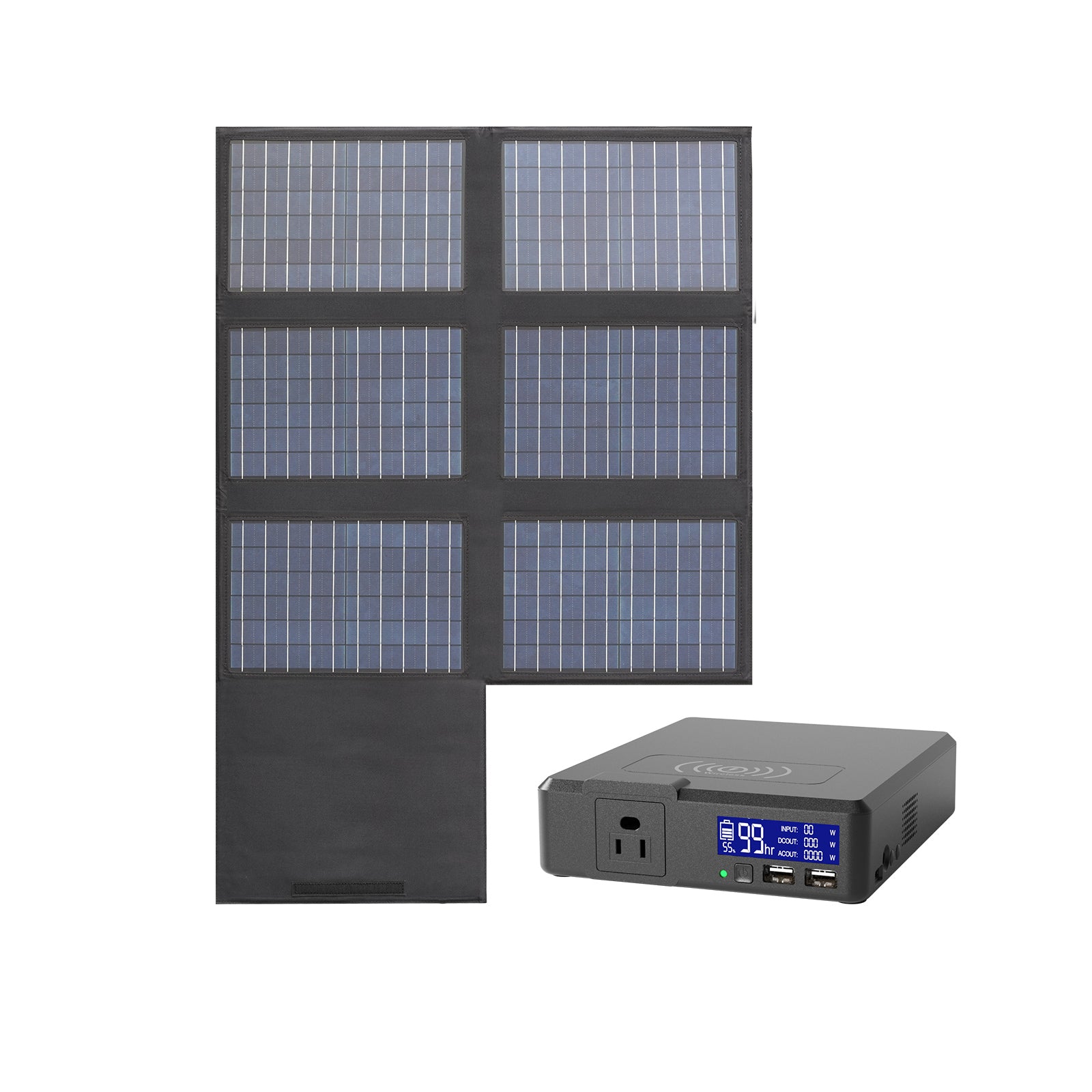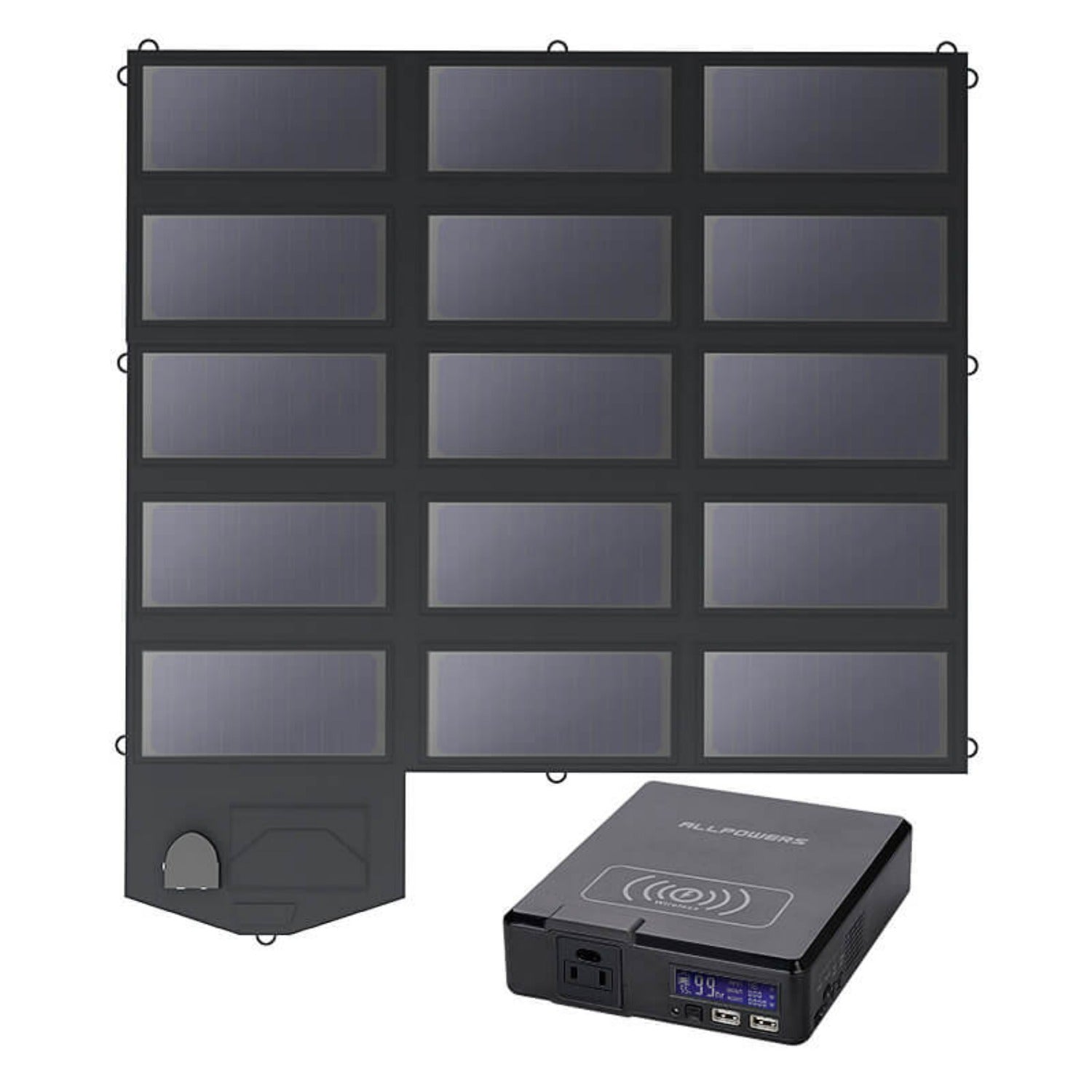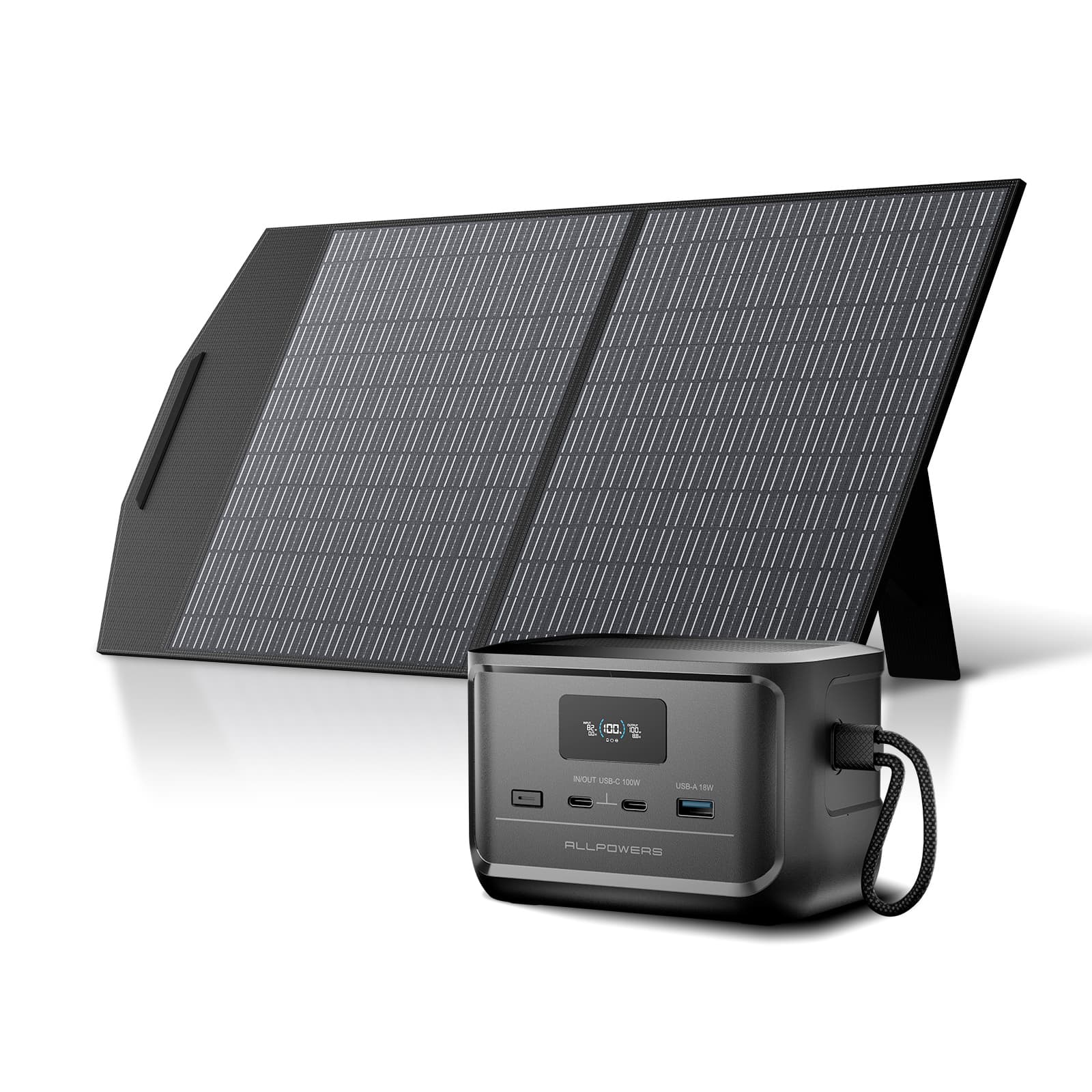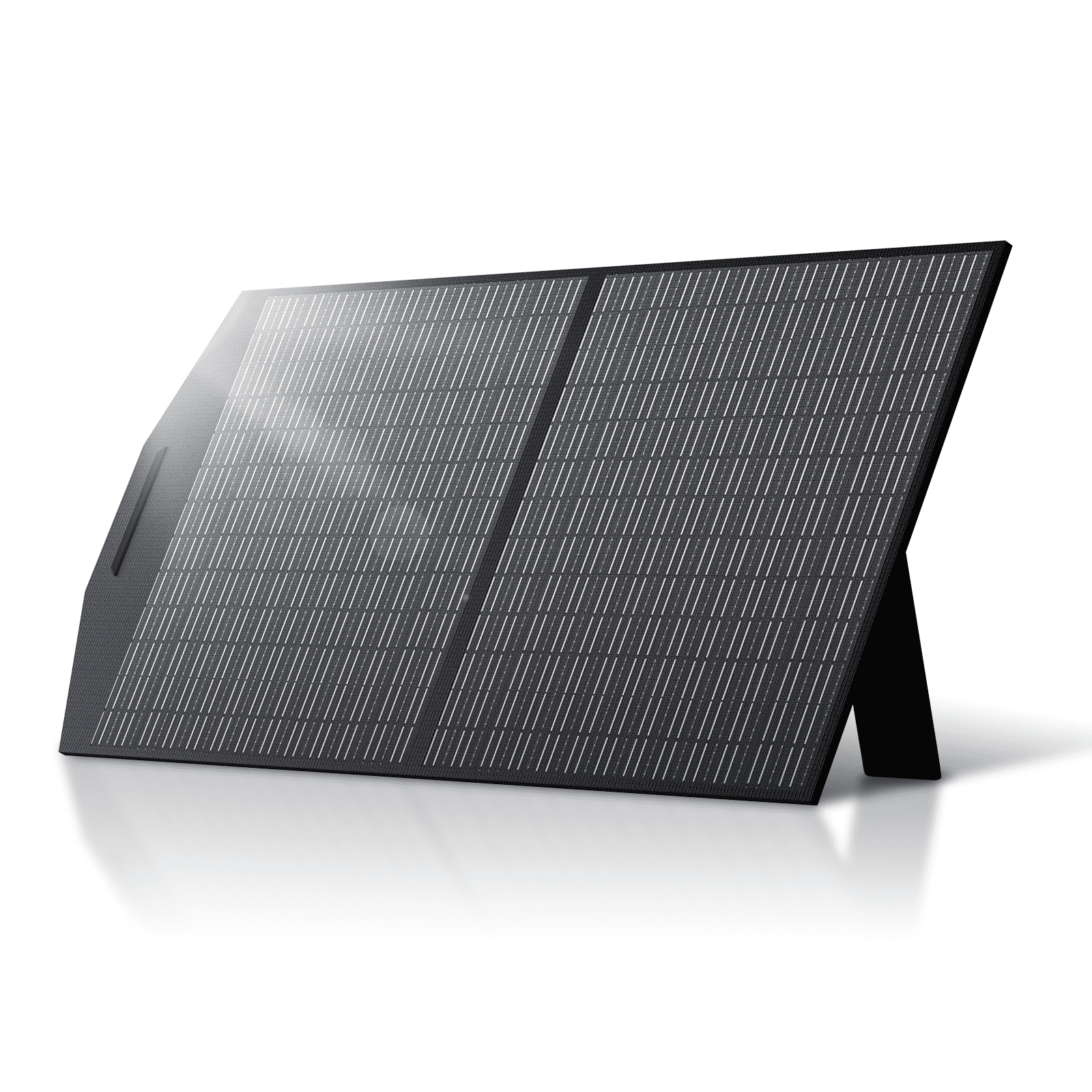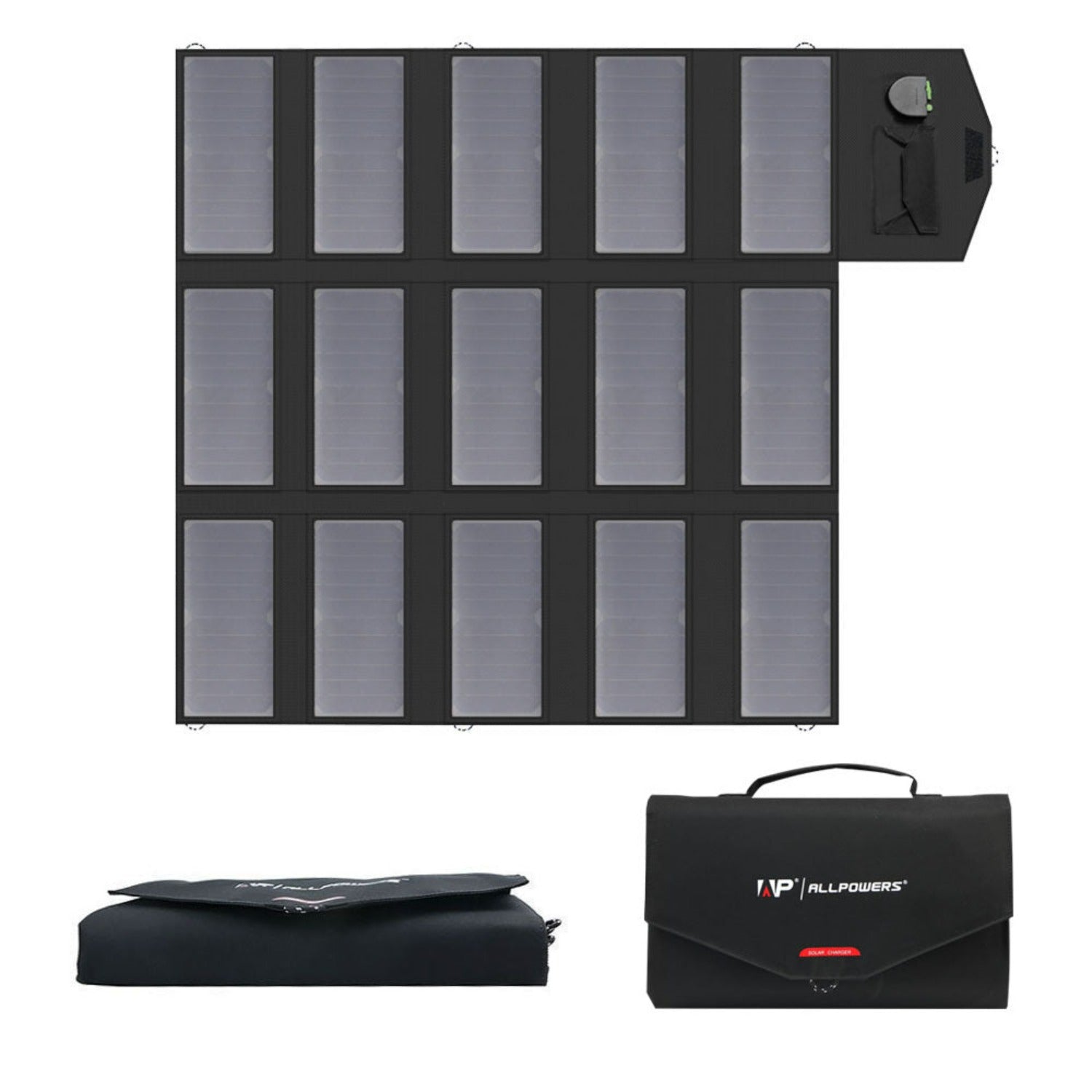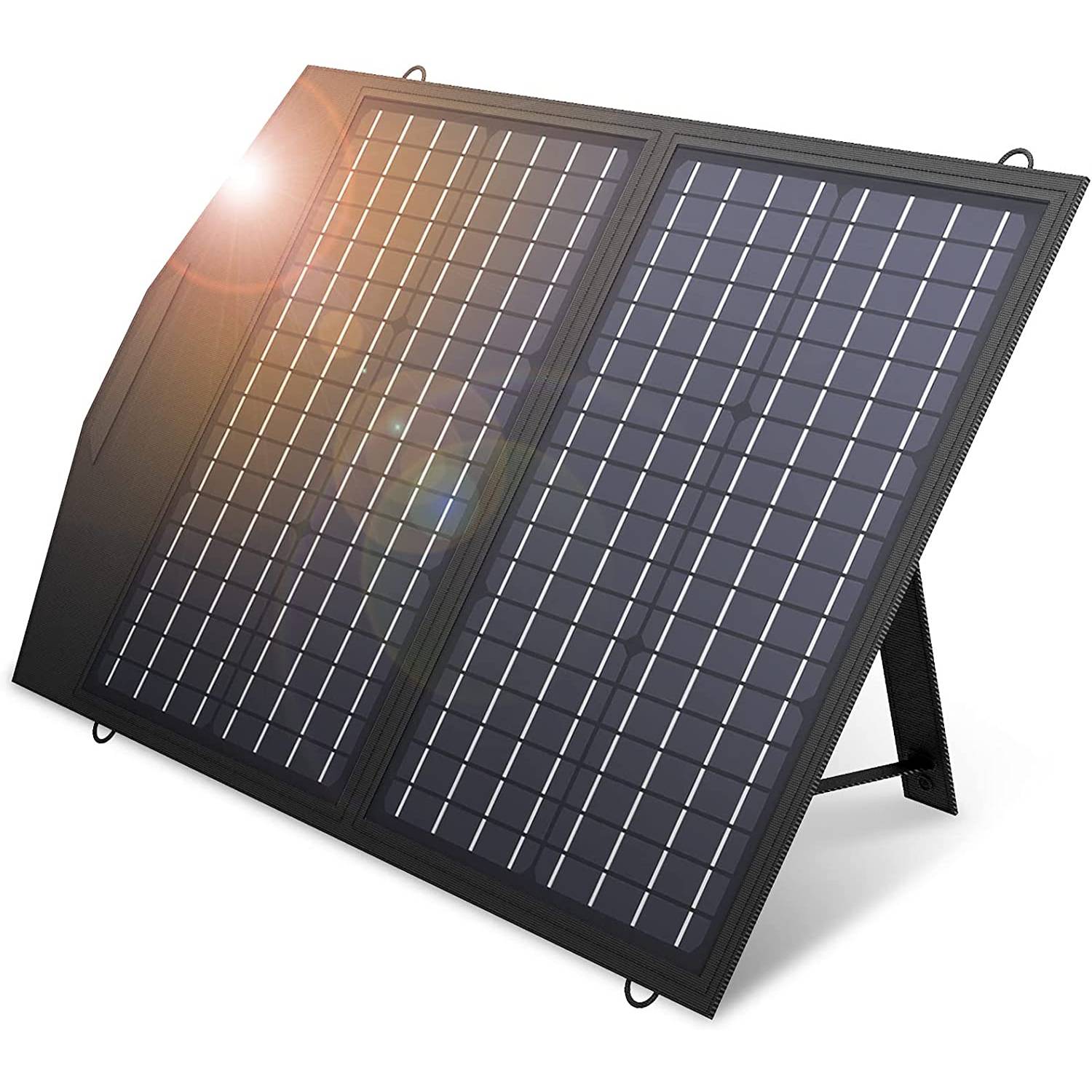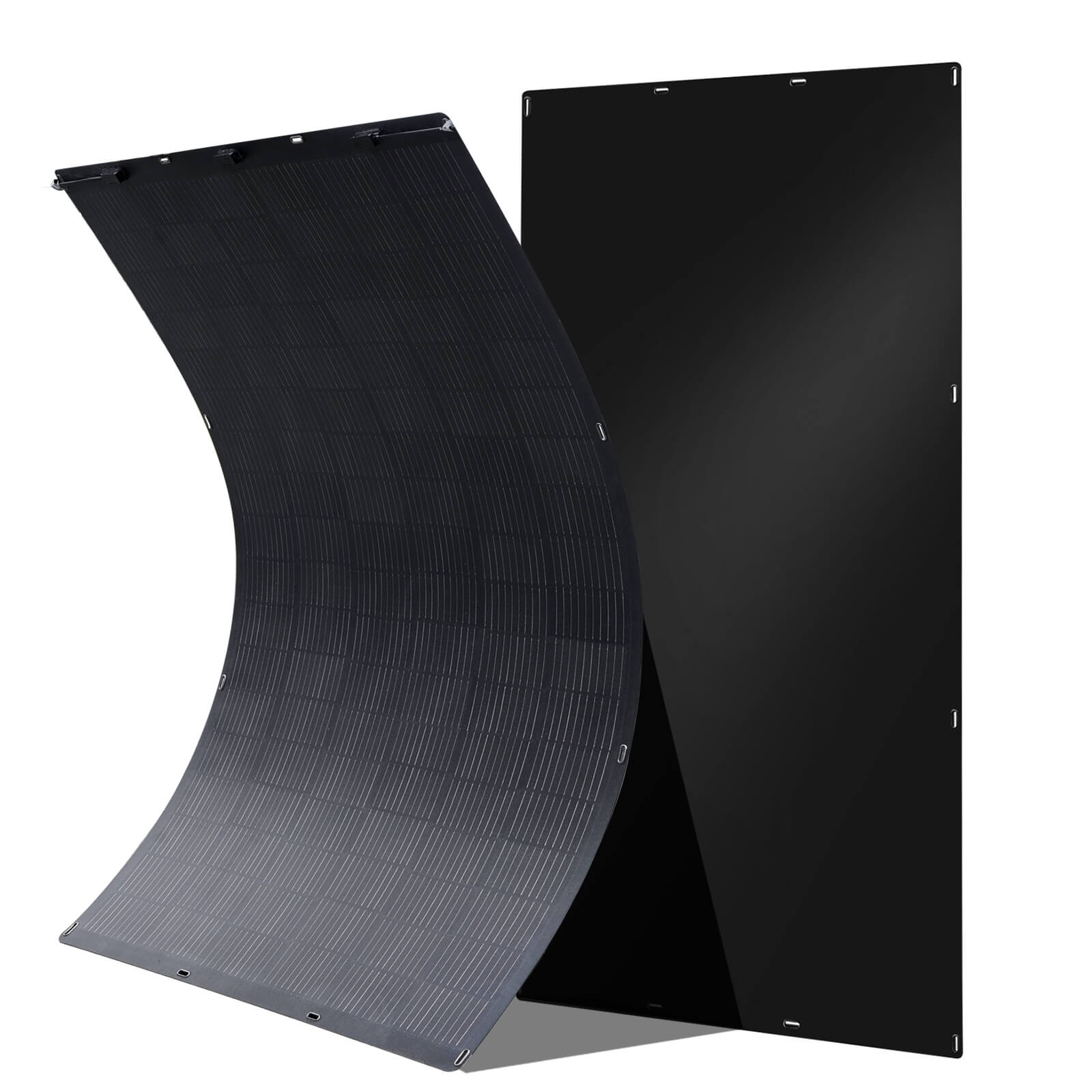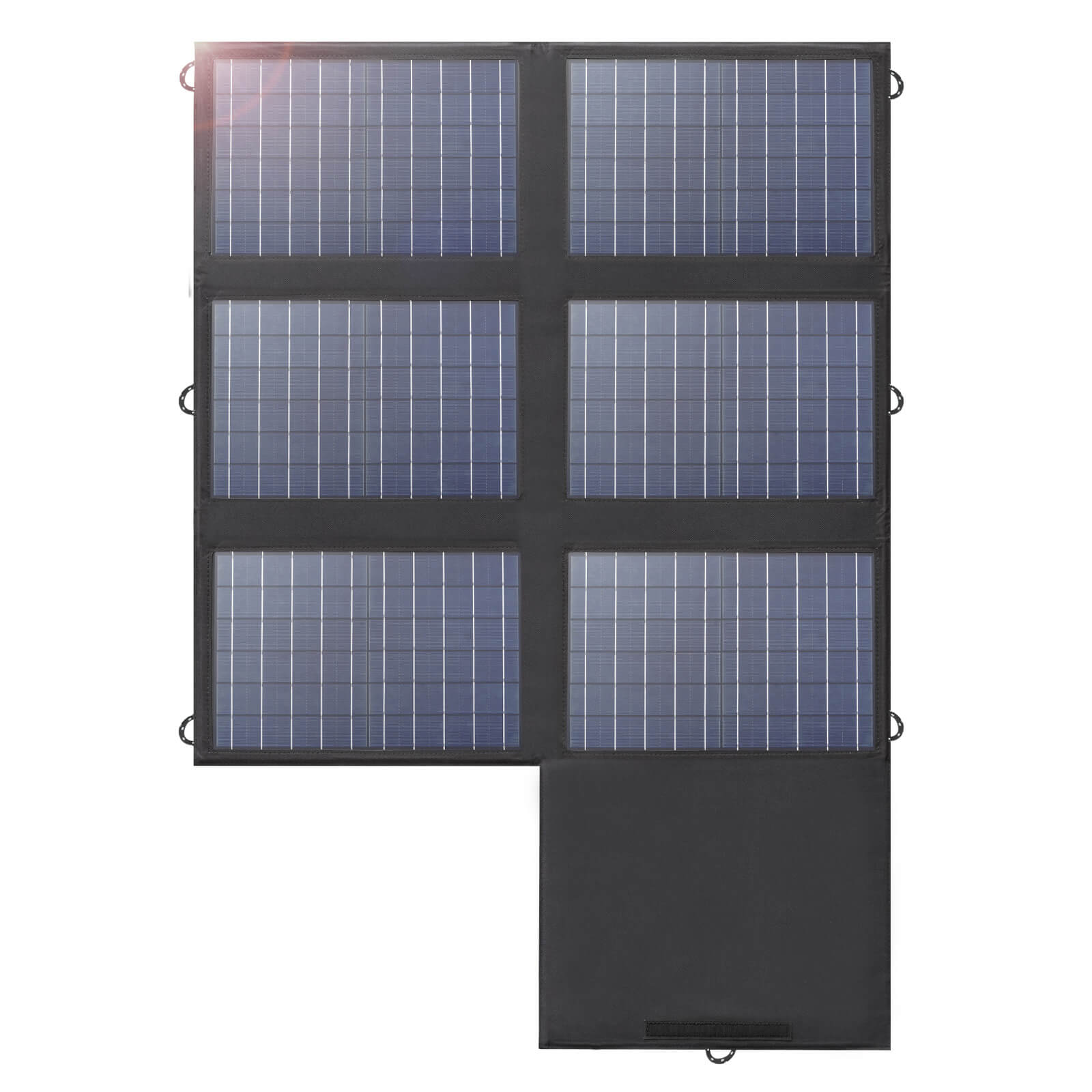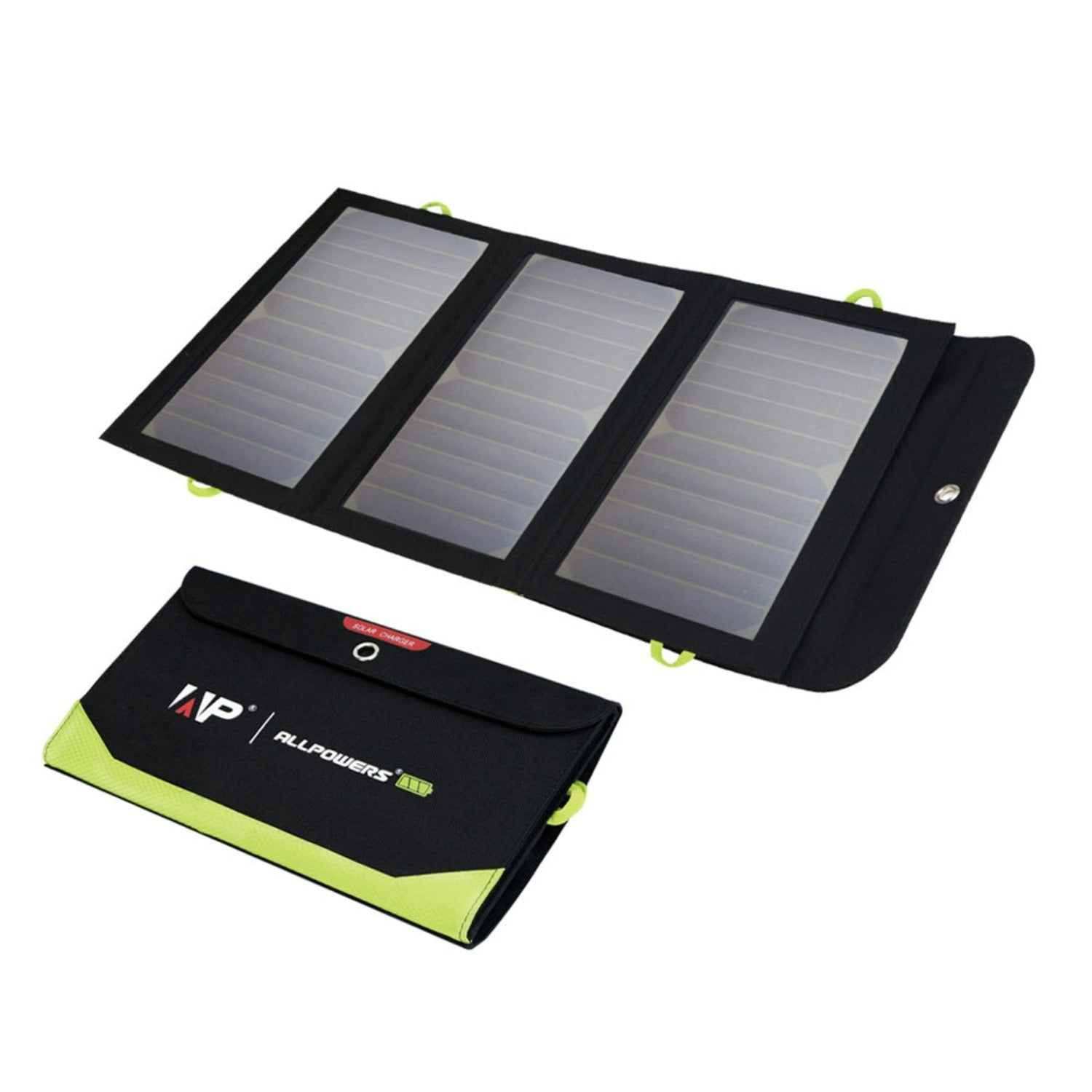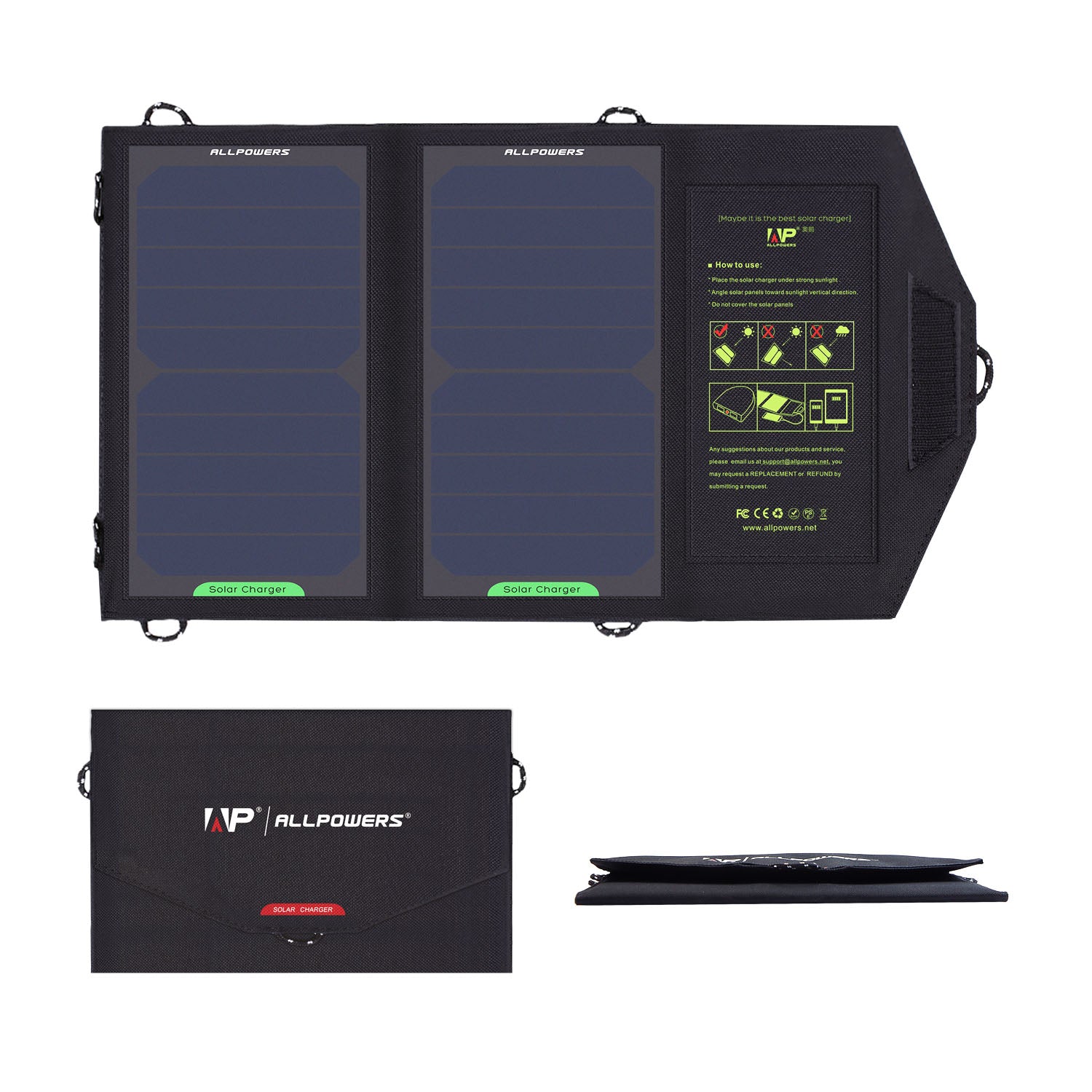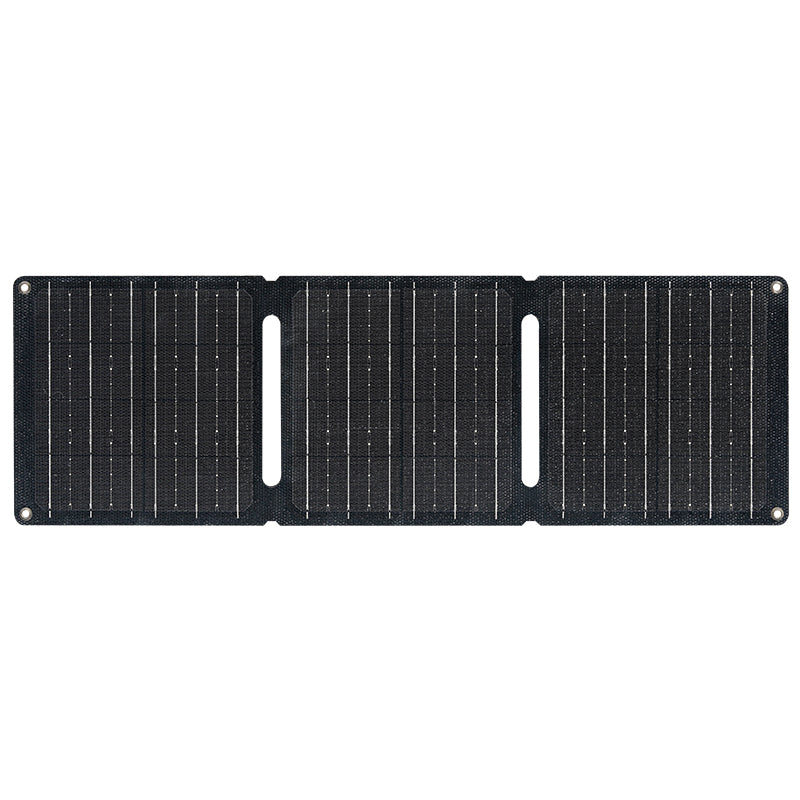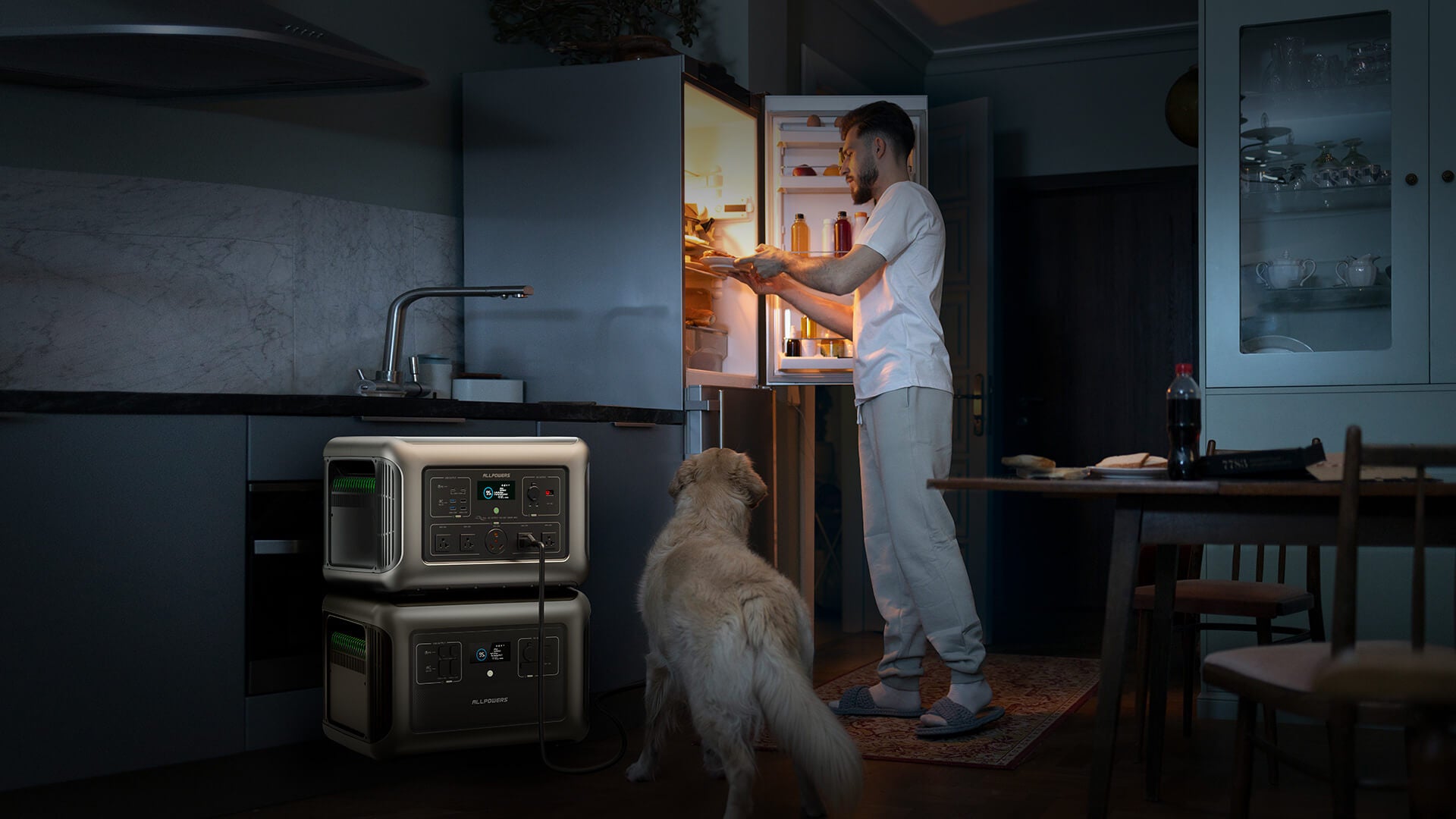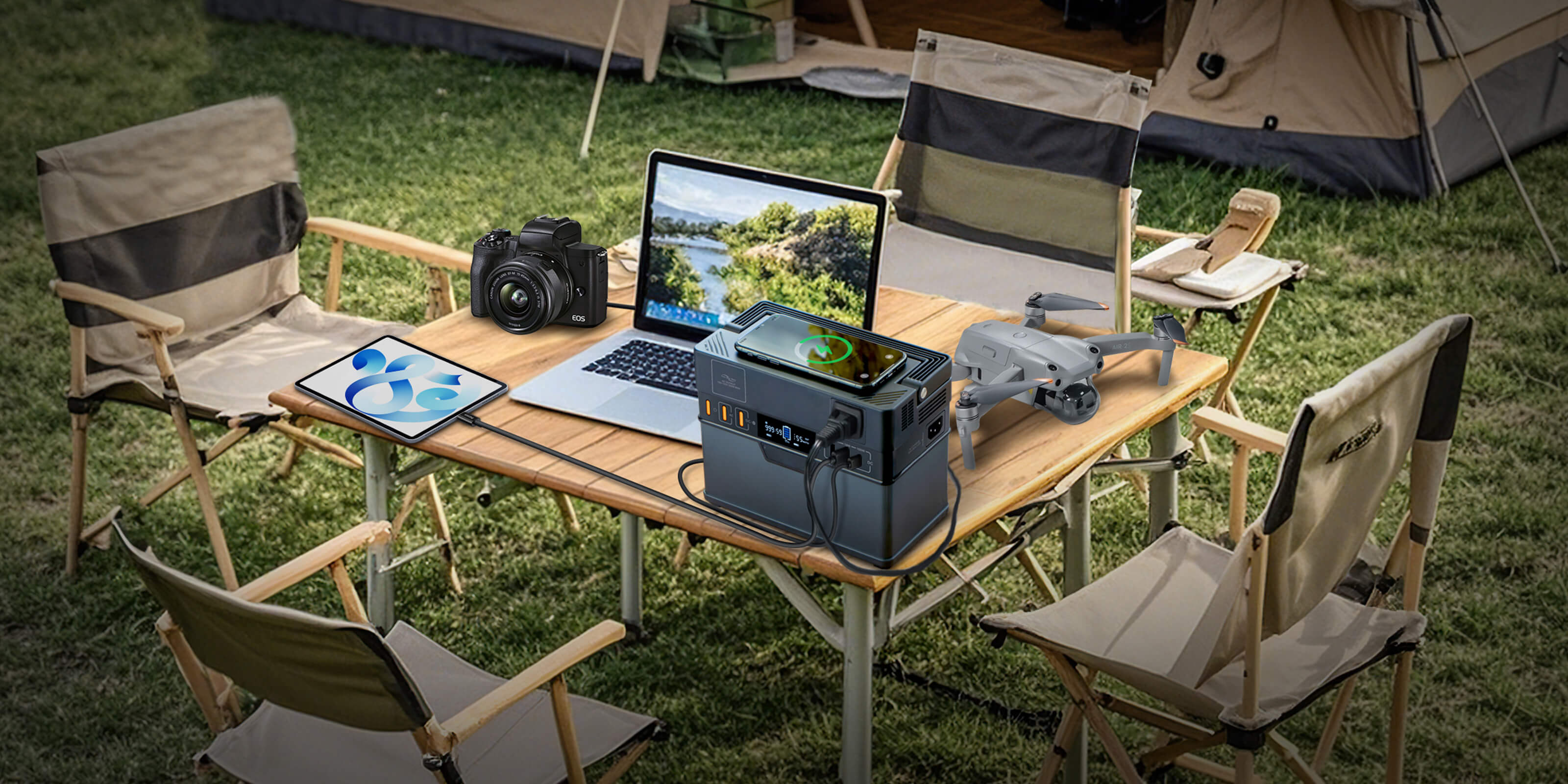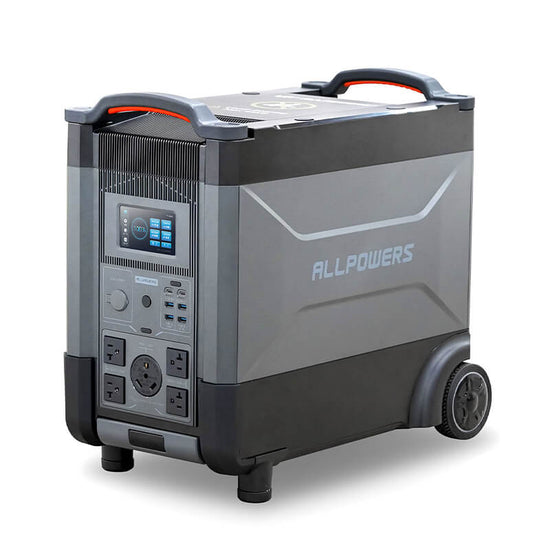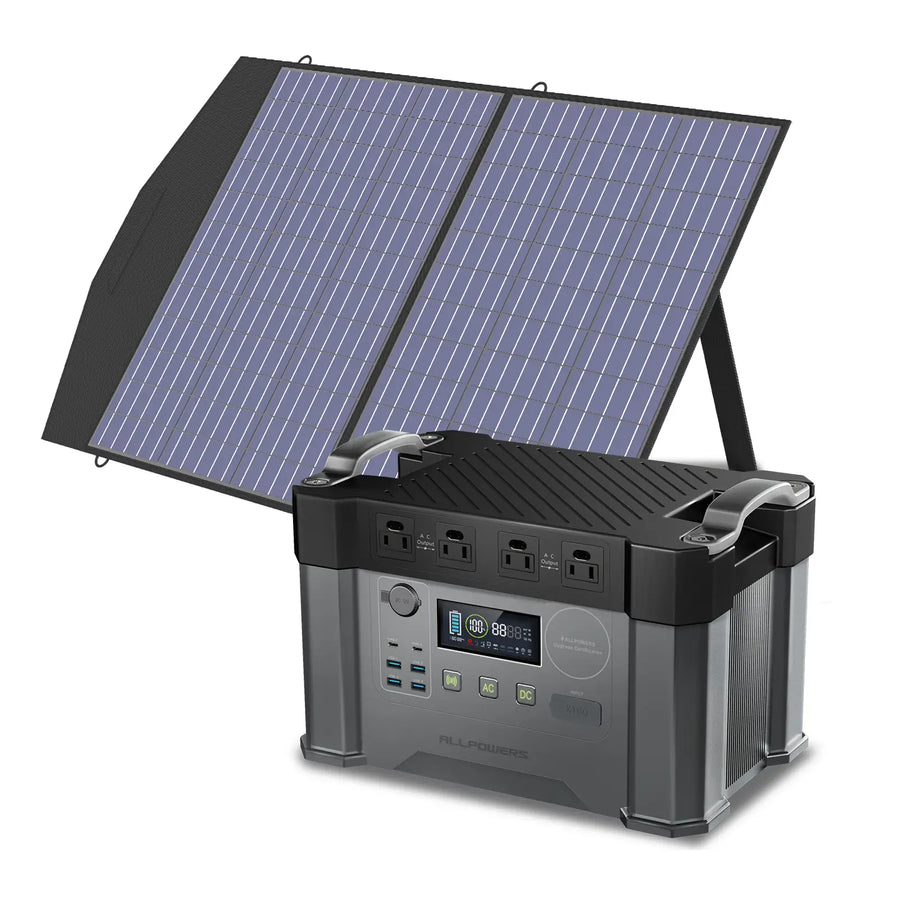The idea of powering your entire home with solar energy sounds incredibly appealing, doesn’t it?
Especially as energy costs rise and the weather grows unpredictable.
While today's solar panel efficiency significantly surpasses what we saw a decade ago, can they actually power an entire house?
How Solar Power Feeds a Home?
First of all, solar panels don’t “generate electricity” out of thin air.
They capture photons from sunlight and convert them into direct current (DC) electricity through photovoltaic (PV) cells.
Then, an inverter turns that DC power into alternating current (AC), the type your home appliances use.
From there, the electricity can flow directly into your home, power your devices, and feed excess energy back into the grid—if your system’s connected that way.
Some homeowners even store it in batteries, saving that sunlight for a rainy day, literally.
Think of it as a mini power plant on your roof, quietly humming away every time the sun’s up.
How Much Power Does a House Really Need?
Every house consumes a certain amount of electricity each month, measured in kilowatt-hours (kWh).
Solar panels, on the other hand, produce energy depending on how much sunlight they receive.
To figure out if solar panels can handle all that, you first need to know how much energy your home consumes.
The U.S. Energy Information Administration reports that the average American home uses roughly 10,000 to 11,000 kilowatt-hours (kWh) of electricity each year. That’s roughly 30 to 33 kWh per day.
Now, an average solar panel produces between 250 and 400 watts per hour of full sunlight.
Multiply that by about 5 hours of solid sun per day, and you get around 1.2 to 2 kWh per panel daily.
Multiply that by, say, 25 panels, and you’re getting roughly 40 kWh per day—or about 1,000 kWh per month, enough for many homes.
So yes, technically, solar panels can power a whole house.
Learn More: How Many Solar Panels Do I Need?
Solar Panels Alone Aren’t Enough
Here’s the thing—solar panels only work when the sun’s shining. Once dusk falls, they stop producing electricity altogether.
That’s where power stations enter the scene.
A power station stores excess energy generated during the day, letting you use it after sunset or during cloudy weather.
It bridges the gap between generation and consumption. Without it, your house would still depend on the grid once the sun goes down.
This is why pairing your solar array with a reliable power station—like those from ALLPOWERS—can make a world of difference.
These systems store surplus energy efficiently, offering seamless backup power during blackouts or heavy storms when the grid fails.
It’s the missing puzzle piece that makes solar truly whole-home capable.
Is It Worth It?
Solar isn’t cheap at first glance, but the payoff can be huge.
Once installed, solar panels can dramatically reduce your electricity bills and may even eliminate them entirely.
Add in tax incentives, rebates, and state programs, and your upfront investment could pay itself back in 6 to 10 years.
After that, you’re basically generating free power for another 15 to 20 years.
And there’s another layer here: energy independence. When blackouts strike or grid prices spike, solar-powered homes stay lit and comfortable. That peace of mind is hard to put a price tag on.
Learn More: Are Solar Panels Worth It?
Can You Go Completely Off-Grid?
Technically, yes. But practically, it depends on your lifestyle and location.
Going fully off-grid means cutting ties with the traditional utility system altogether.
You’d rely solely on solar panels, batteries, and possibly a backup generator. It’s achievable but requires thoughtful planning.
You’d need enough panels to generate energy during peak sunlight hours, enough batteries to store that energy for nights and cloudy days, and possibly a generator for emergencies.
For many homeowners, staying grid-tied while generating most of their energy from solar offers a more flexible and cost-effective middle ground.
Plus, staying connected means you can sell excess energy back to the grid—a process called net metering. That can help you save even more over time.
Learn More: Do Solar Panels Really Save You Money?
Is It Right for Your House?
Now, to be fair, solar isn’t perfect for everyone.
If you live in a heavily shaded area, have a roof that faces the wrong direction, or experience long cloudy winters, full-home solar might not meet all your needs.
It’s not all-or-nothing. Even a partial solar setup can slash your bills and reduce your carbon footprint.
And yes, even in cities where roof space is tight, portable solar systems are making waves.
They can supplement home power, charge emergency devices, or act as backup during outages.
So, Can Solar Really Power a Whole House?
In short—yes, it absolutely can.
But it’s not about just slapping a few panels on your roof. need the right setup, like enough panels, proper sunlight, and reliable storage.
It’s already happening across the world, from suburban neighborhoods in California to rural homesteads in Australia.

